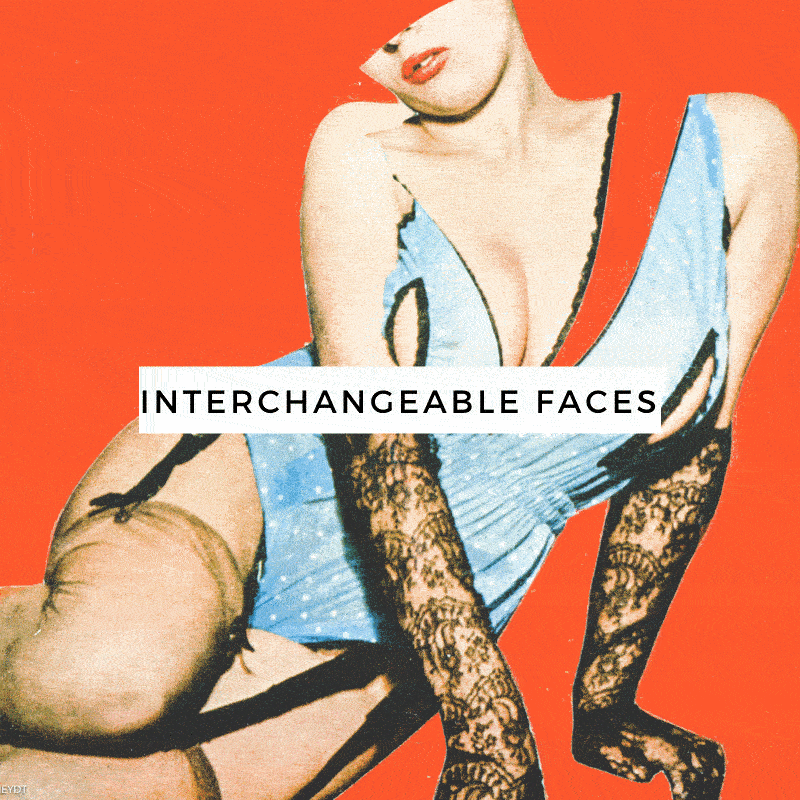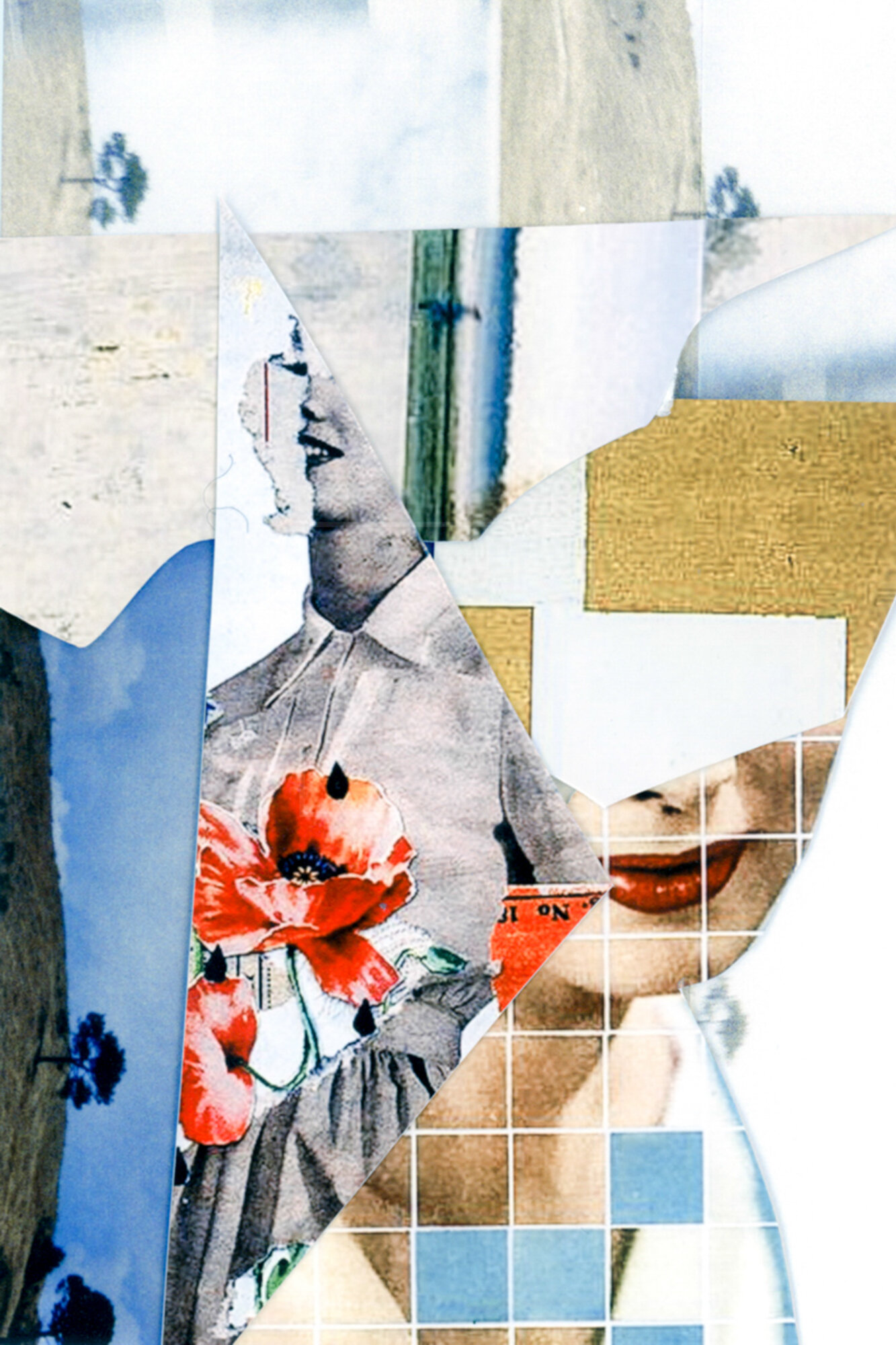
Your Face In Mine | HEYDT | 2020 | Analog Assemblage | 20in x 30in | Edition: $1500 | Original: $10,000
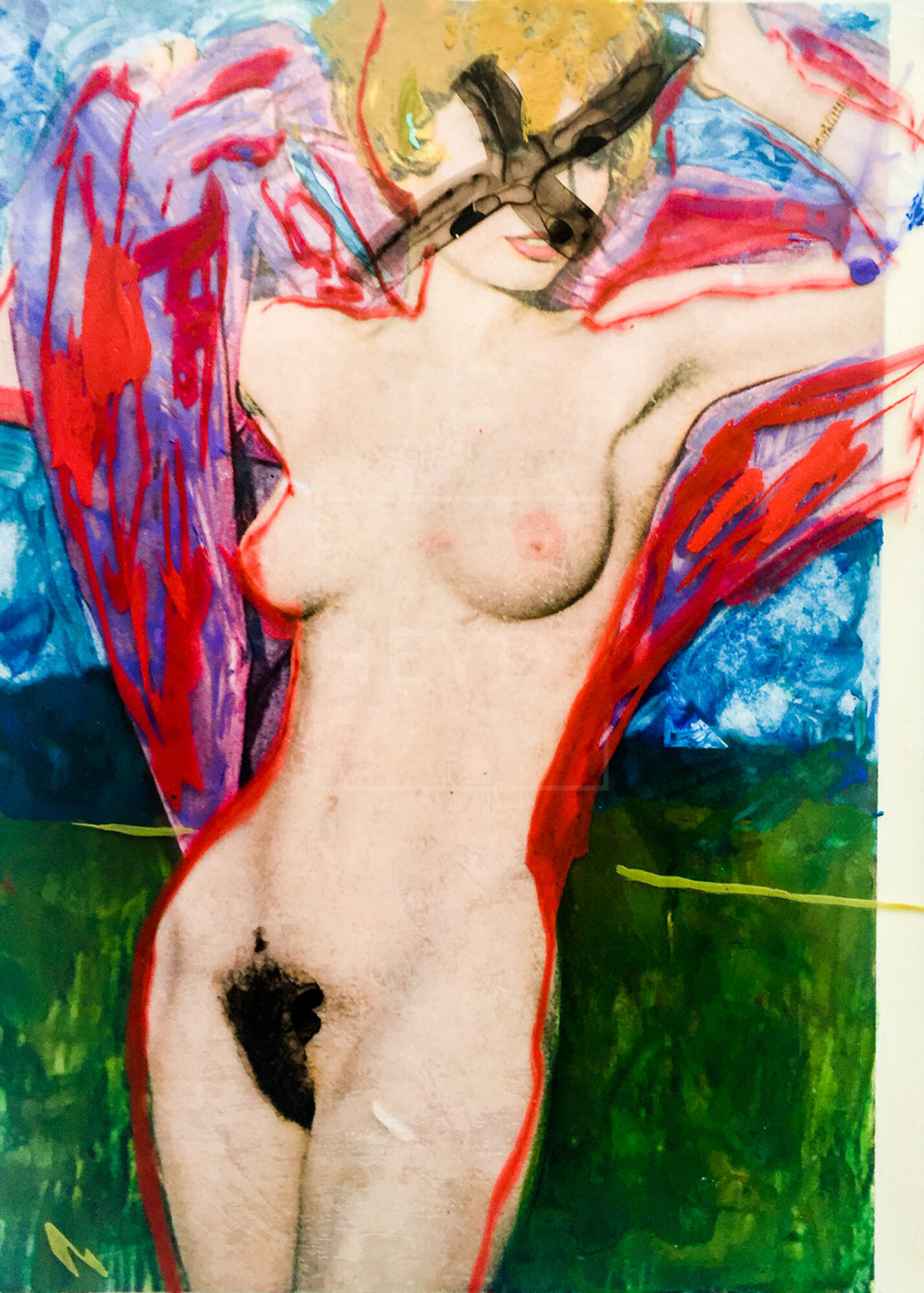
Interchangeable Faces | HEYDT | 2019 | Analog Assemblage | 20in x 30in | $17,500
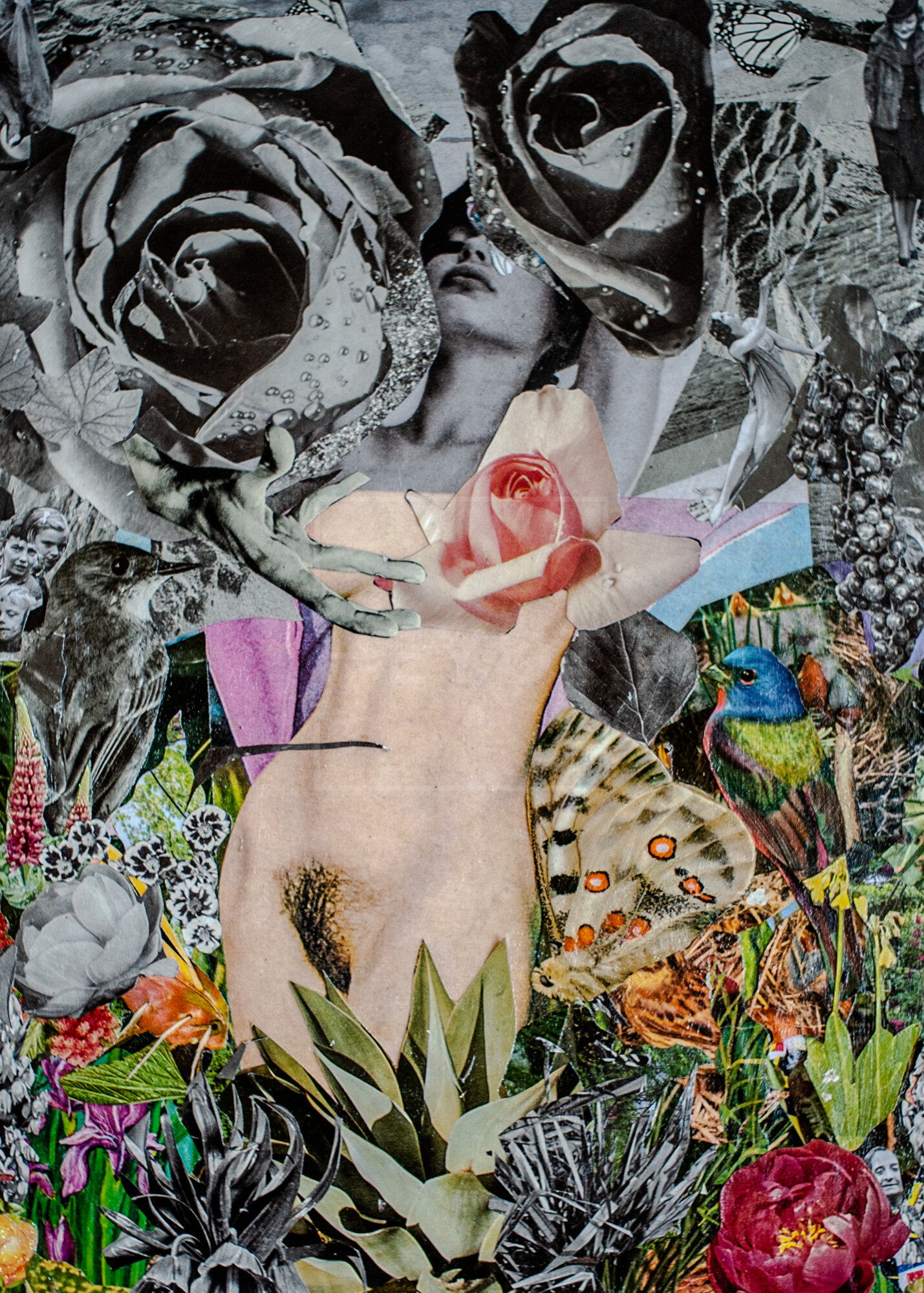
Interchangeable Face | HEYDT | 2020 | Analog Assemblage | 11x14in | $3000
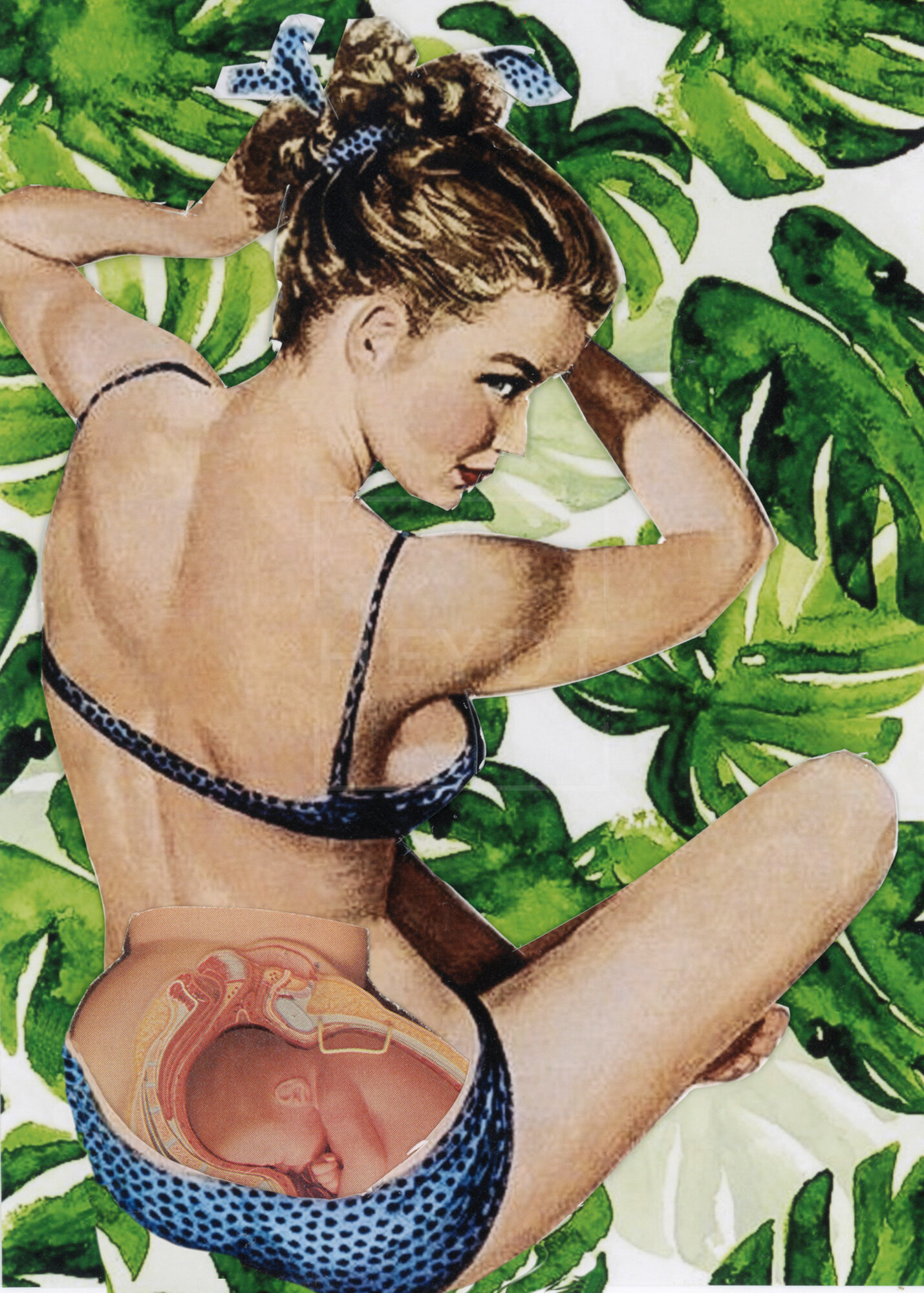
Interchangeable Faces | HEYDT | 2019 | 15in x 25in
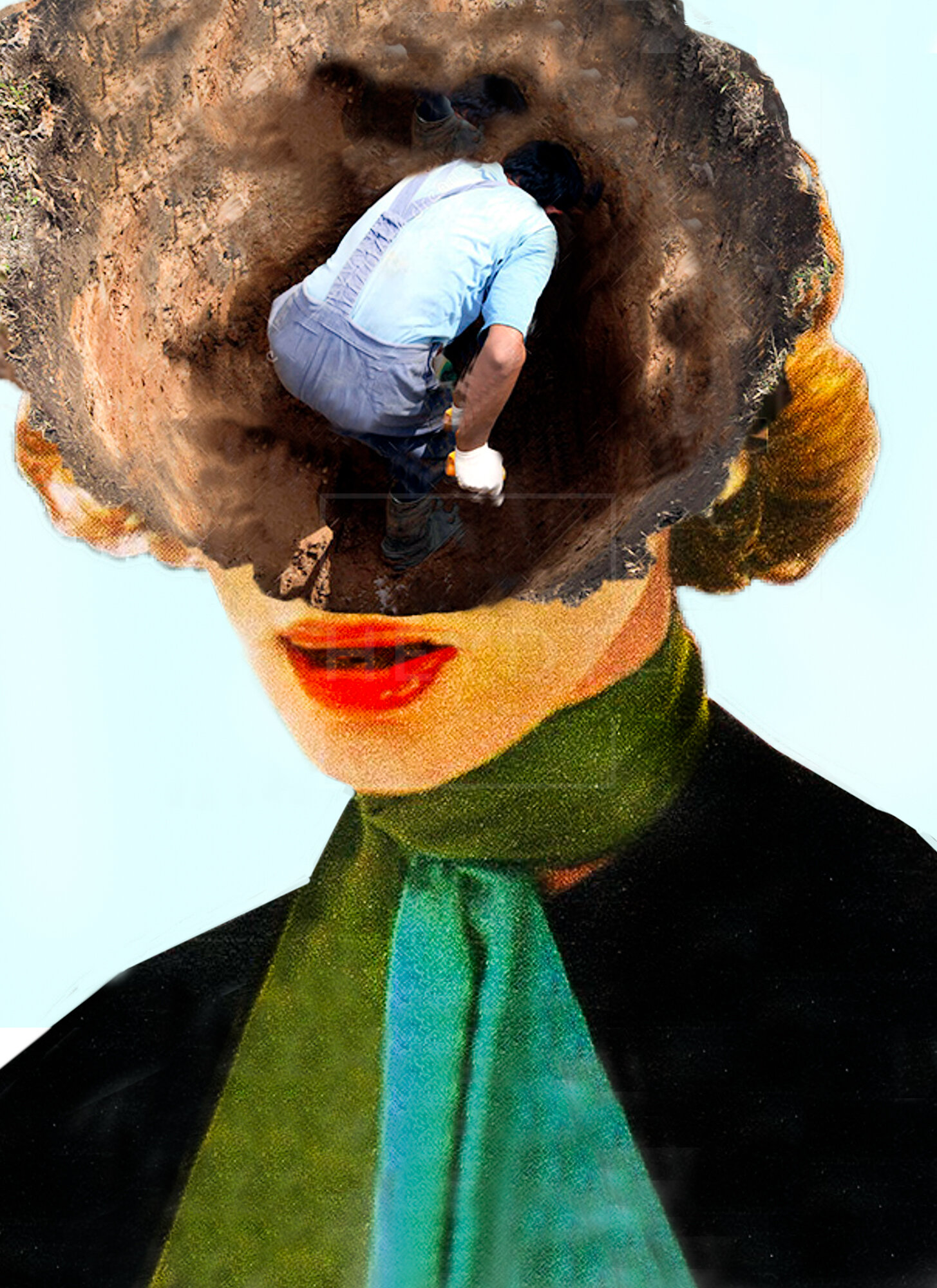
Your Face In Mine | HEYDT | 2020 | Analog Assemblage | 20in x 30in | Edition: 20x20in - $3000 | Original: 60in x 60in -$10,000
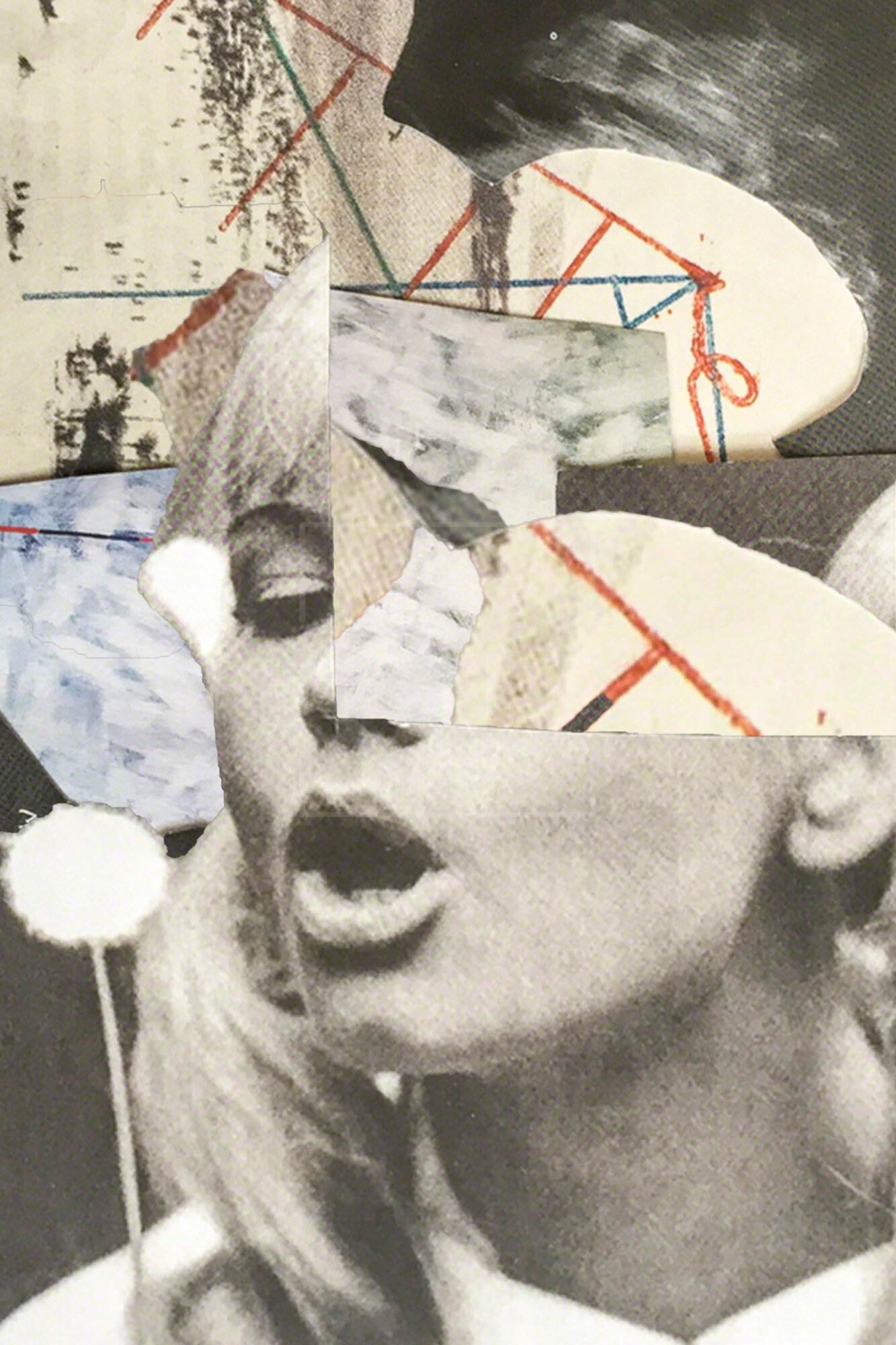
Your Face In Mine | HEYDT | 2020 | Analog Assemblage | 20in x 30in | Edition: $1500 | Original: $10,000

Love is Like Falling-HEYDT-2020-Mixed Media On Panel-40x50in-$10000
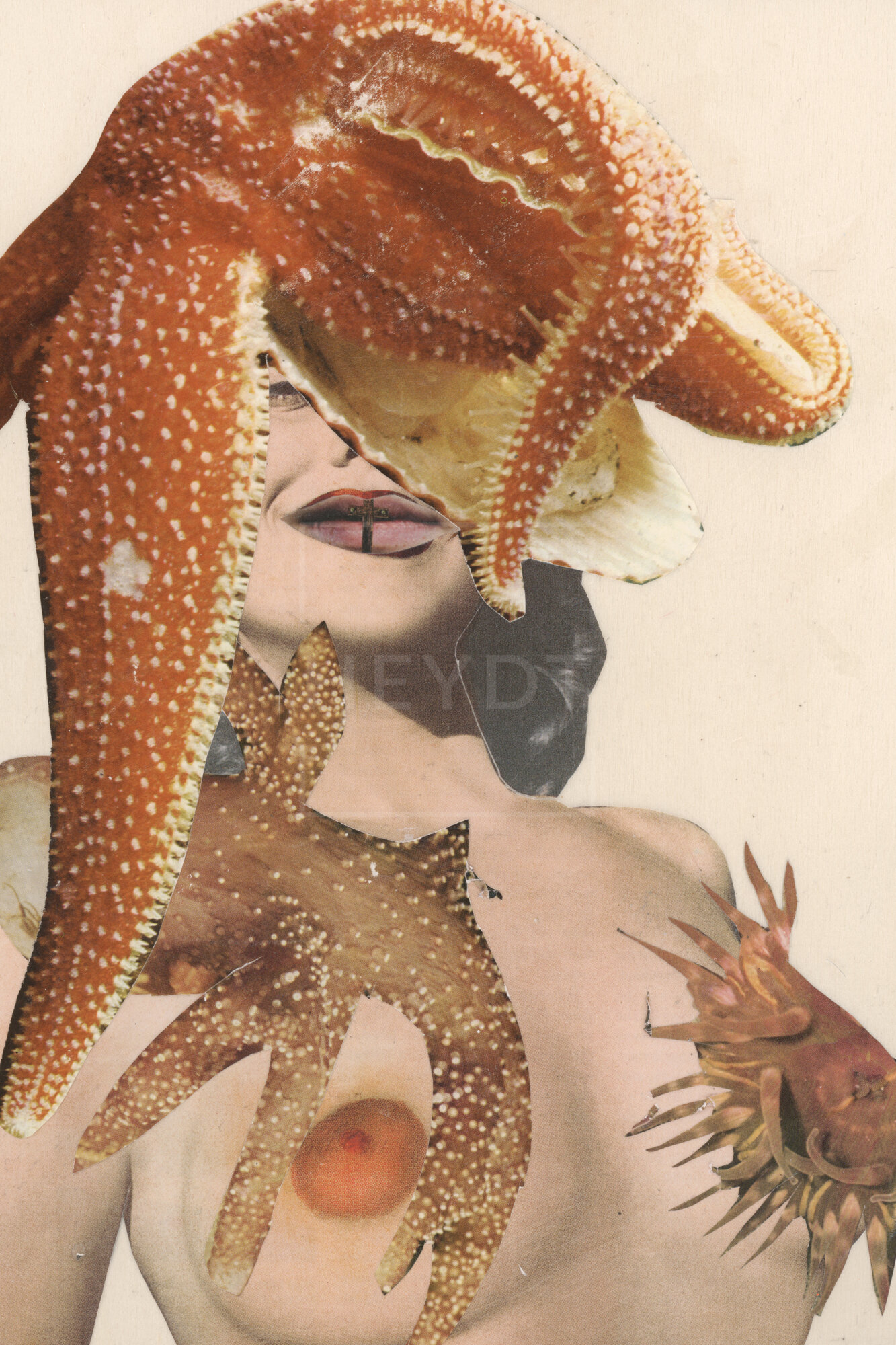
Your Face In Mine | HEYDT | 2020 | Analog Assemblage | 9x12in - $2100 | 20in x 30in - $10,000
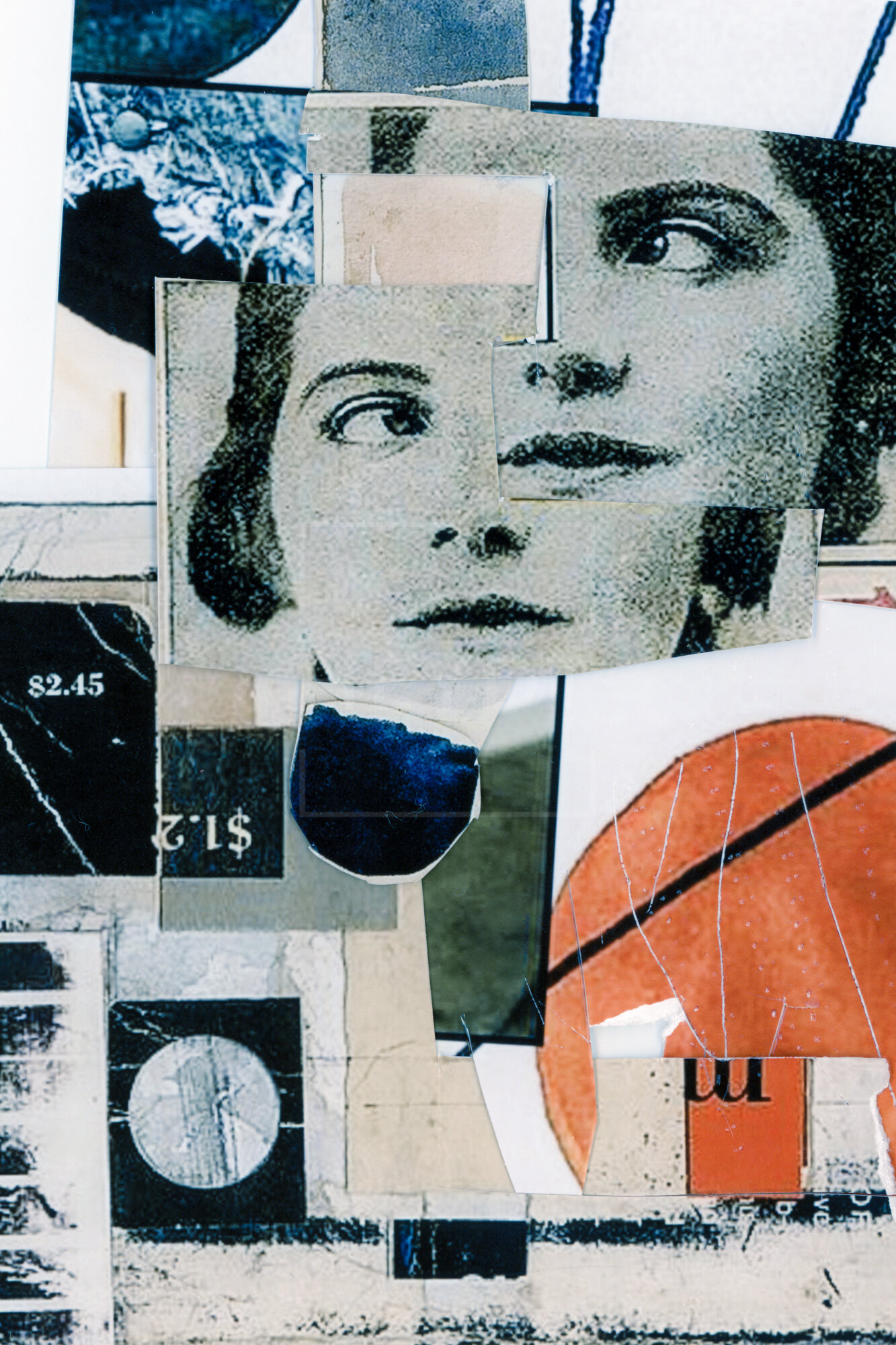
Your Face In Mine | HEYDT | 2020 | Analog Assemblage | | Edition: 20in x 30in - $3500 | Original: 40in x 60in - 6$10,000
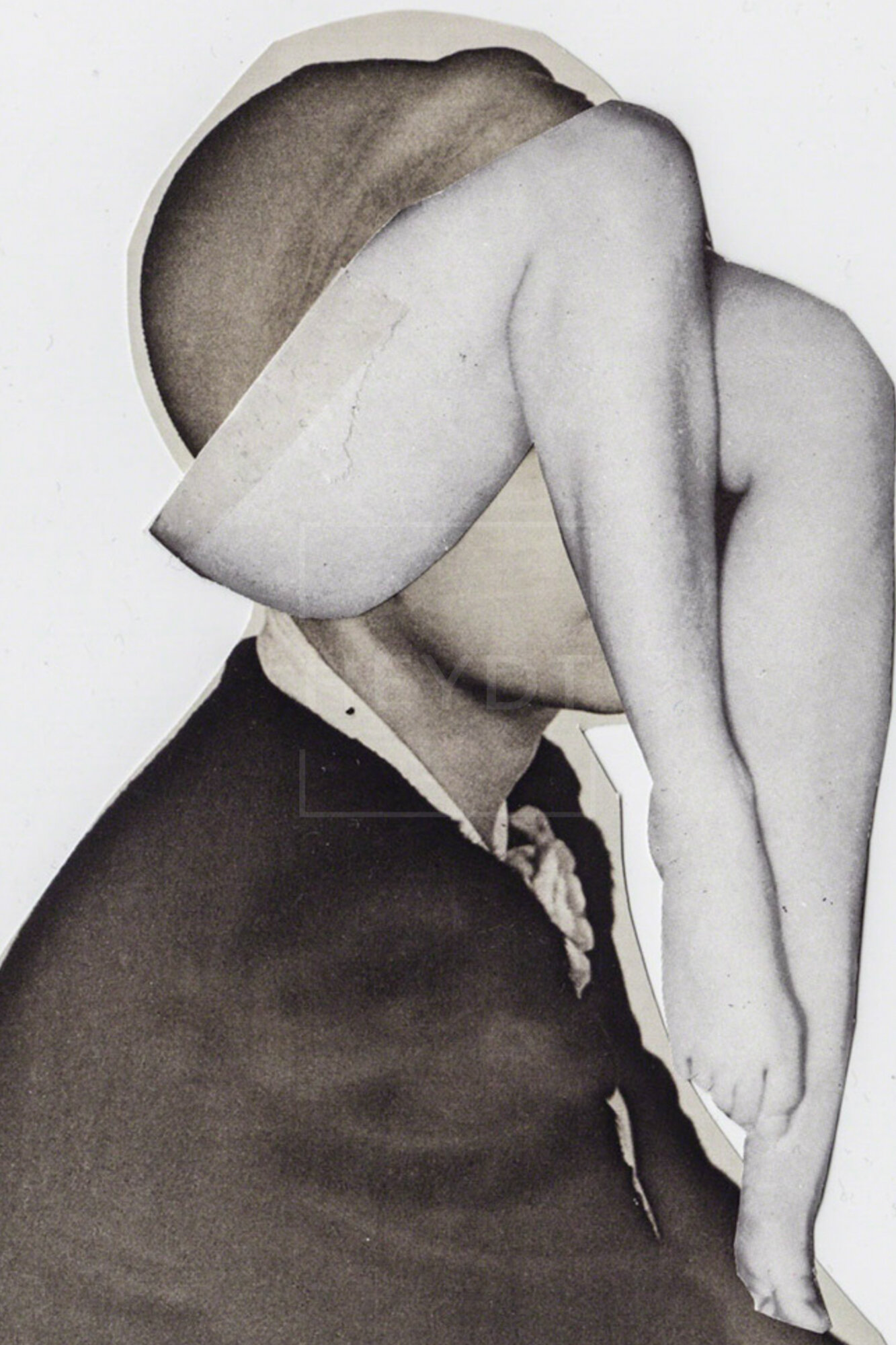
Your Face In Mine | HEYDT | 2020 | Analog Assemblage | 20in x 30in | Edition: $5000 | Original: $10,000
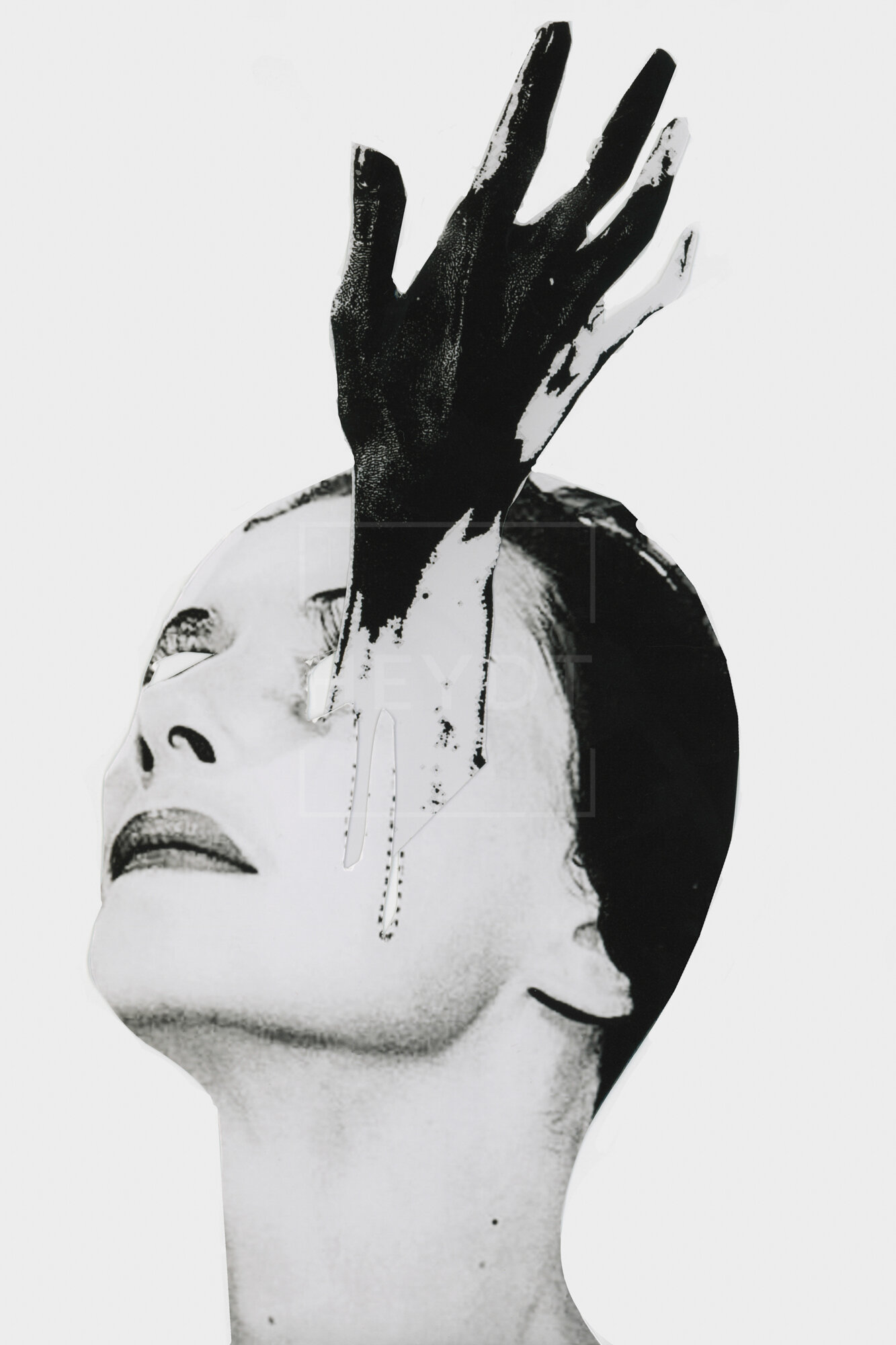
Your Face In Mine | HEYDT | 2020 | Analog Assemblage | 20in x 30in | Edition: $1500 | Original: $10,000
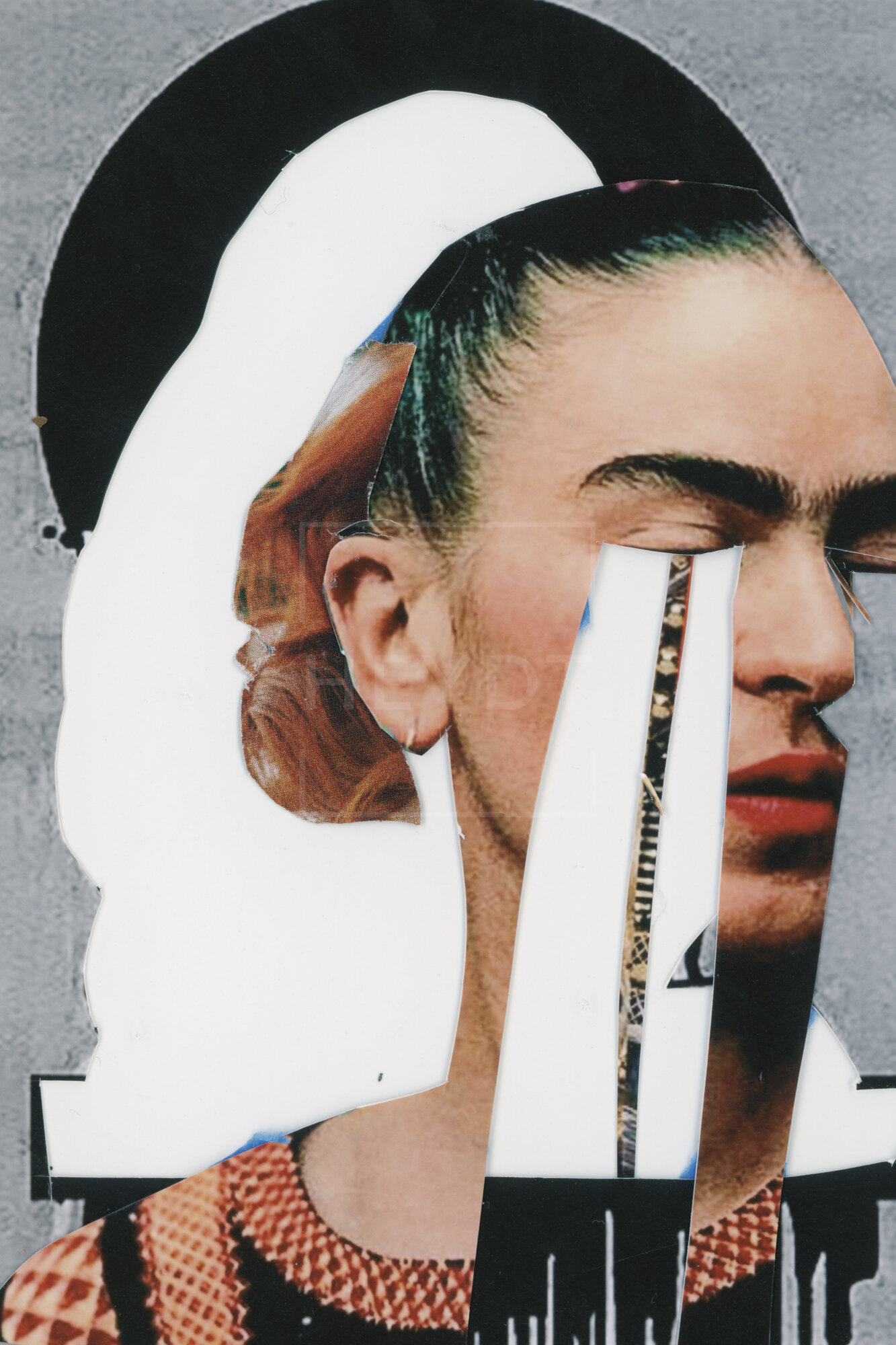
Your Face In Mine | HEYDT | 2020 | Analog Assemblage | 20in x 30in | Edition: $1500 | Original: $10,000

Love is Like Falling-HEYDT-2020-Mixed Media On Panel-25x35in-$3000
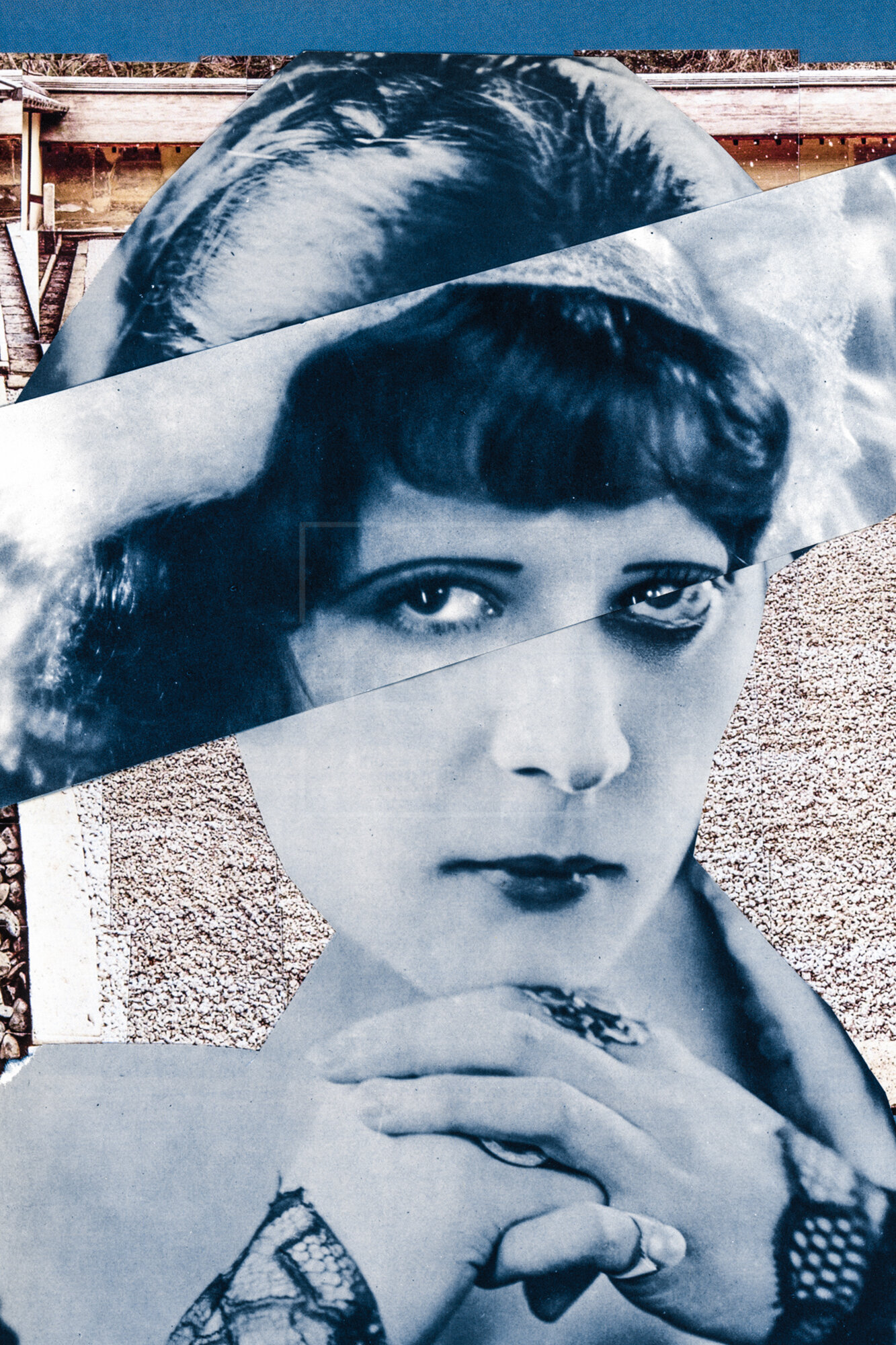
Your Face In Mine | HEYDT | 2020 | Analog Assemblage | 20in x 30in | Edition: $1500 | Original: $10,000
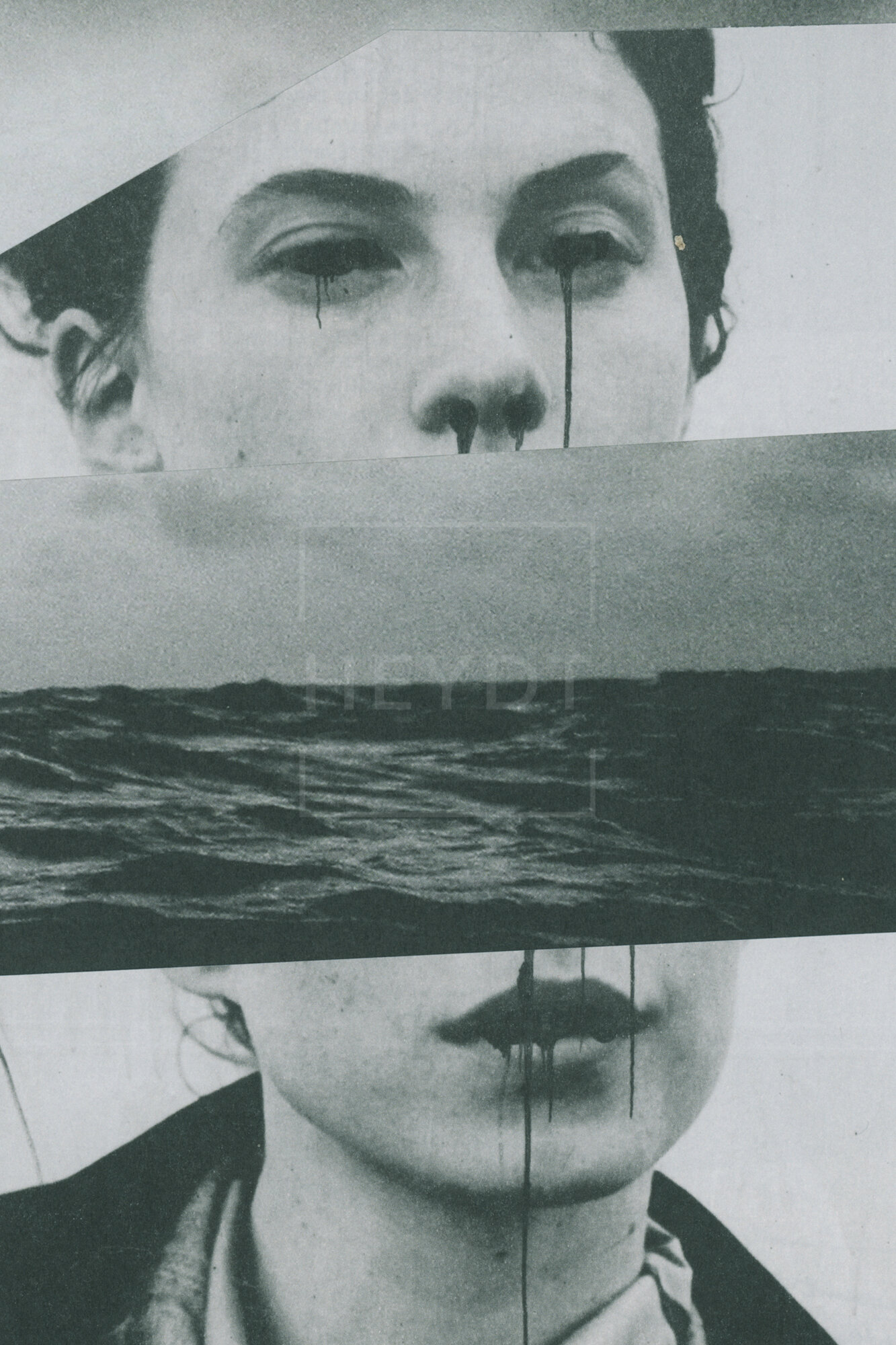
Your Face In Mine | HEYDT | 2020 | Analog Assemblage | 20in x 30in | Edition: $1500 | Original: $10,000
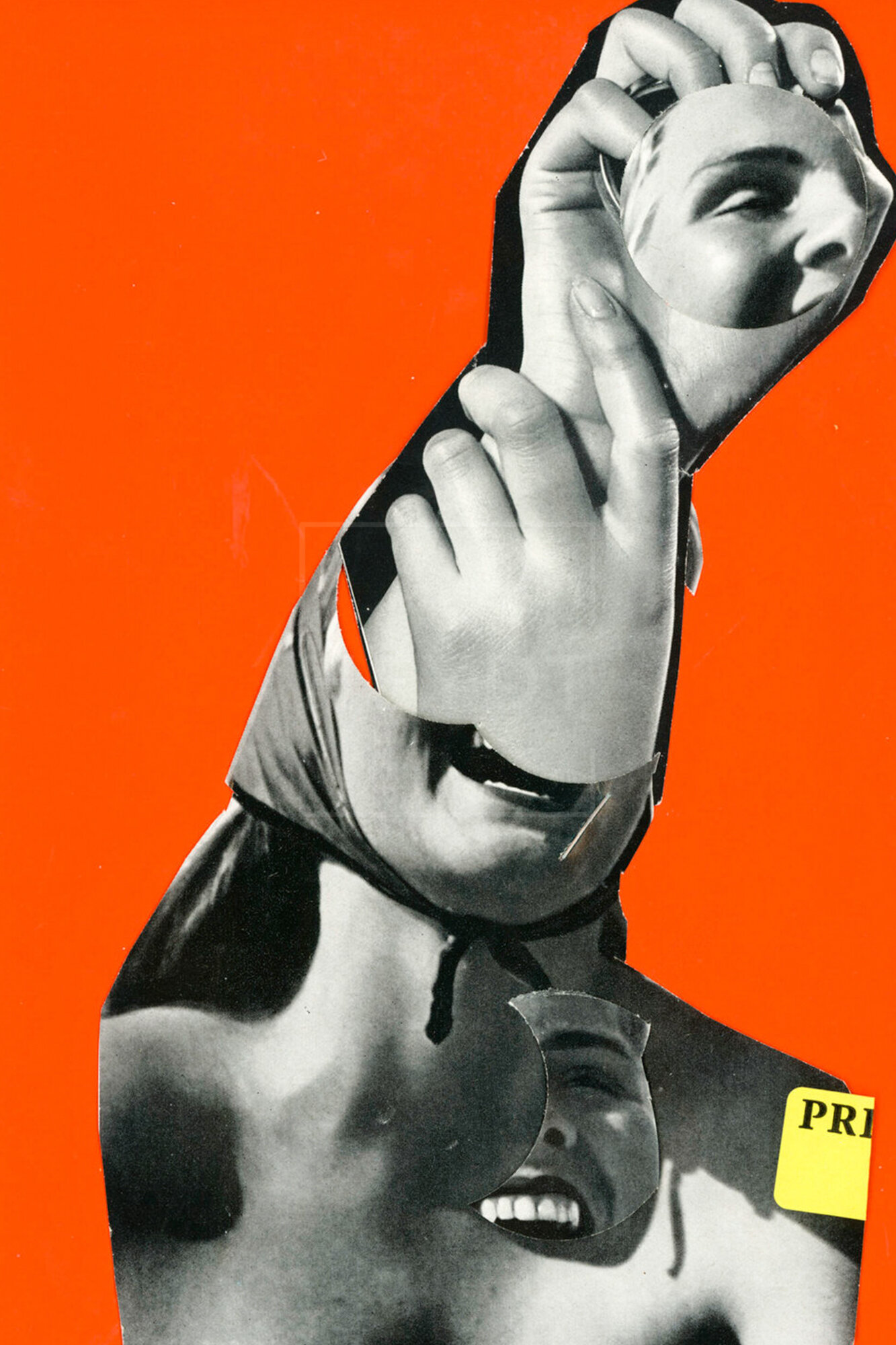
Your Face In Mine | HEYDT | 2020 | Analog Assemblage | | Edition: 10x16in -$1800 | Original: 20in x 30in - $10,000
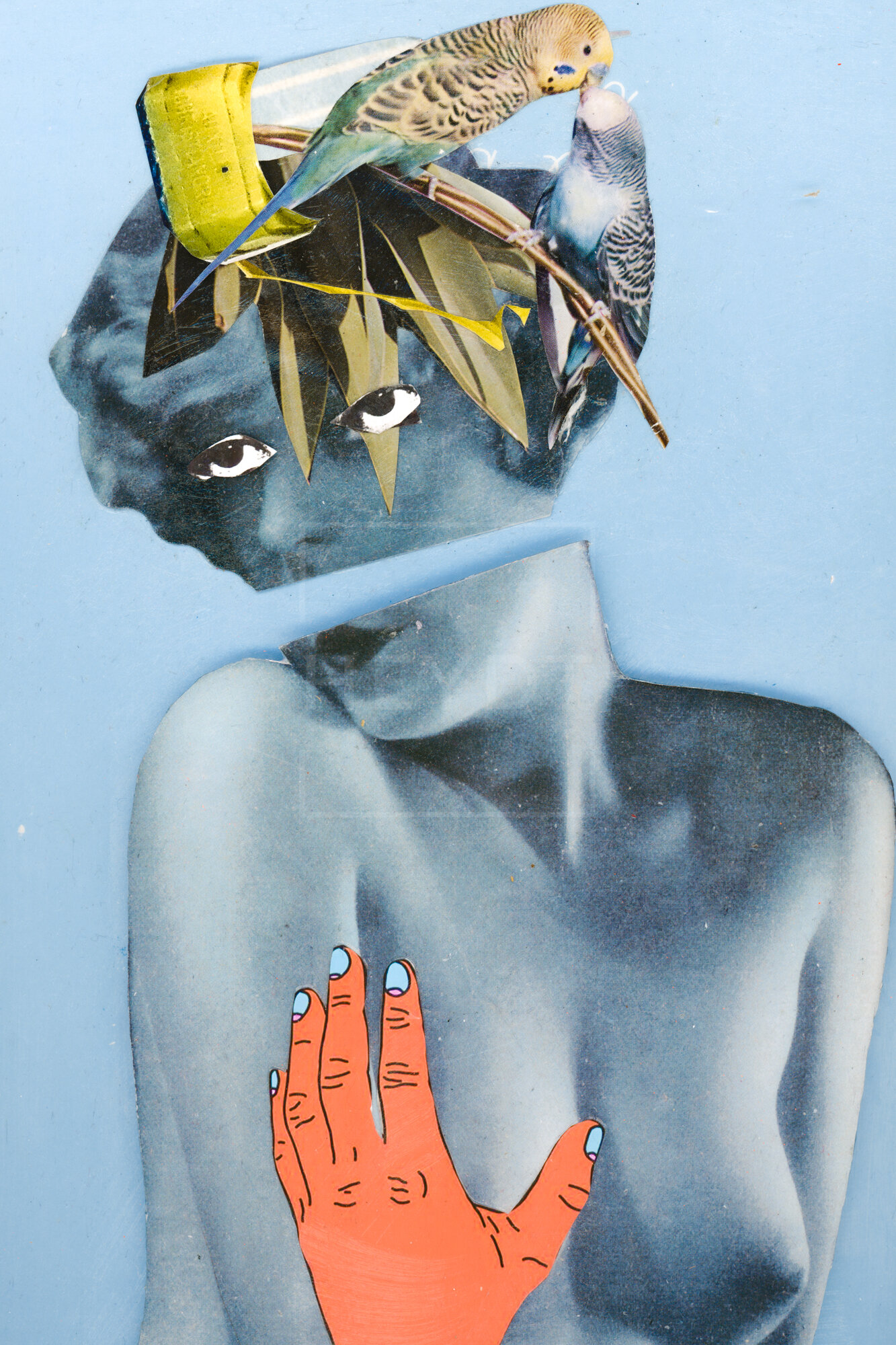
Your Face In Mine | HEYDT | 2020 | Analog Assemblage | 20in x 30in | $10,000 | 9in x 12in | $2100

Your Face In Mine | HEYDT | 2020 | Analog Assemblage | 20in x 30in | Edition: $1500 | Original: $10,000
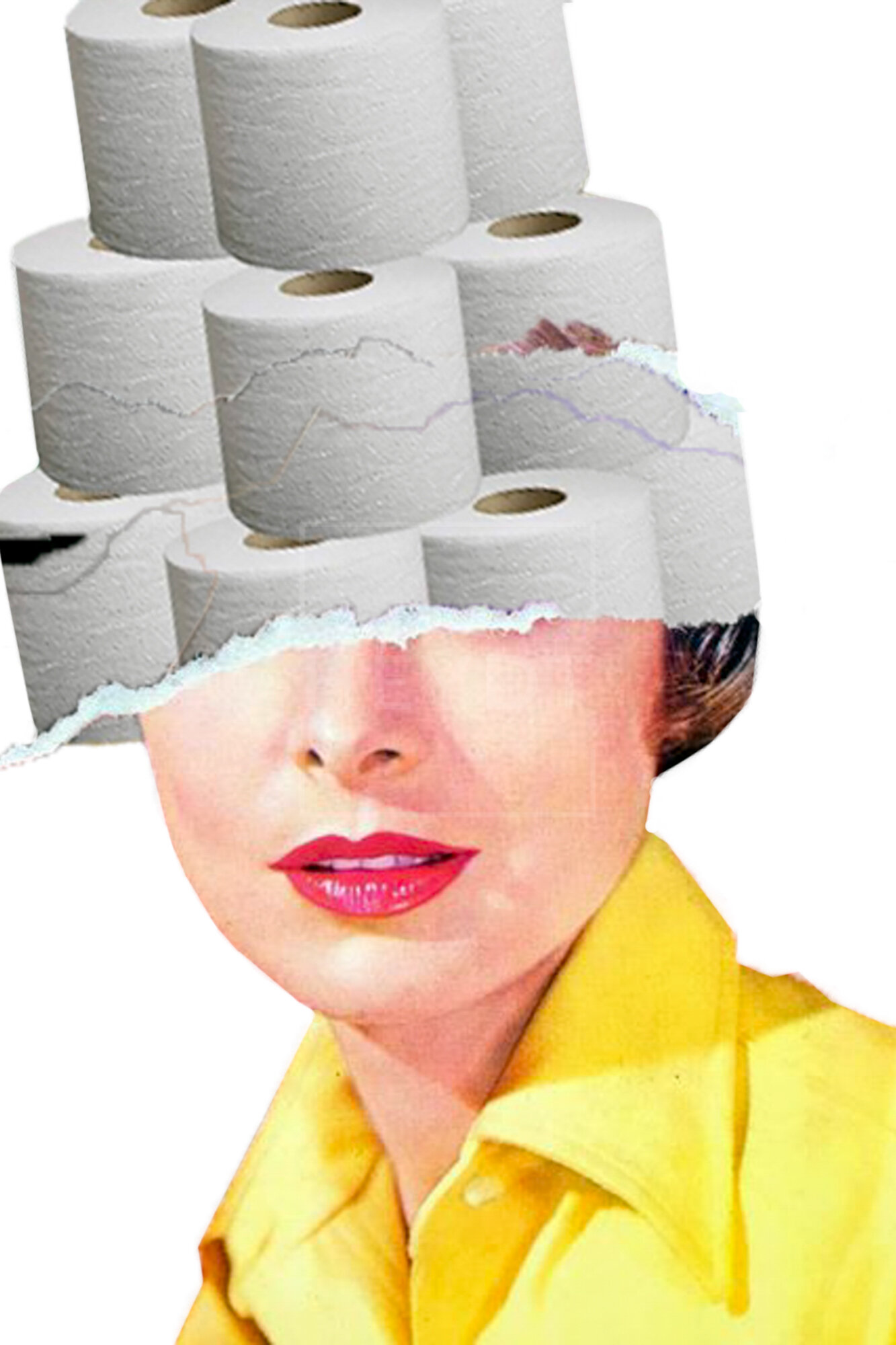
Your Face In Mine | HEYDT | 2020 | Analog Assemblage | 20in x 20in | Edition: $2100 | Original: $10,000
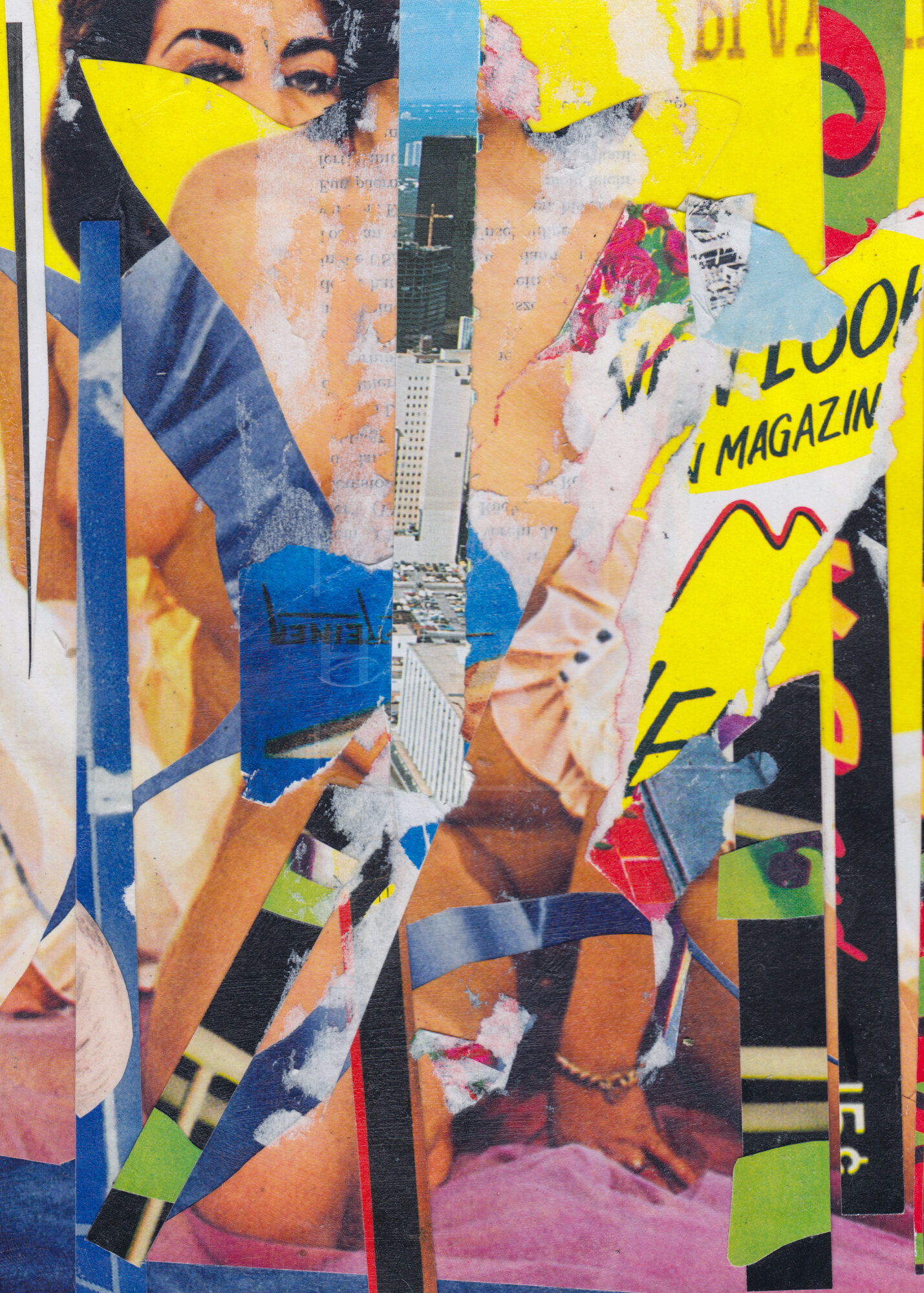
Interchangeable Faces | HEYDT | 2019 | Analog Assemblage | 20in x 30in | $17,500

Reification | HEYDT | 2020 | Kinetic Mixed Media Aluminum + Metal Sculpture | 37 x 50in | $5000
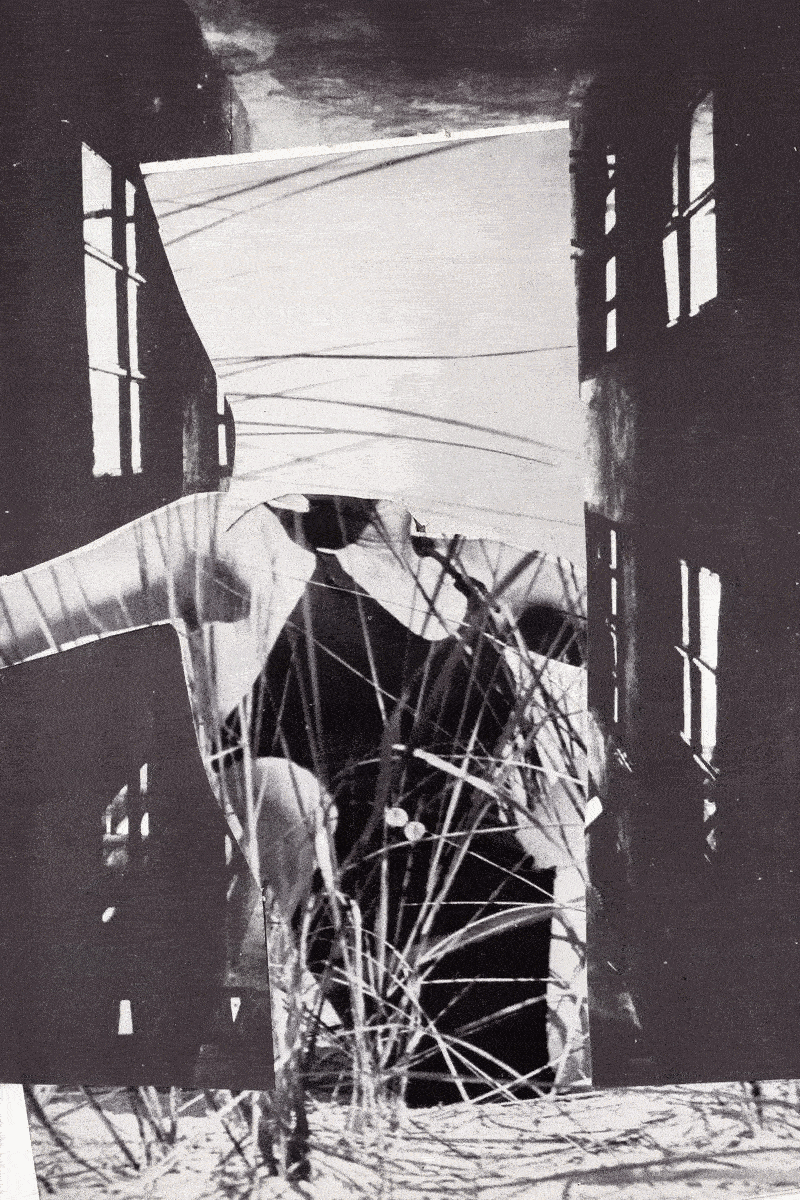
Your Face In Mine | HEYDT | 2020 | Analog Assemblage | 20in x 30in | Edition: $1500 | Original: $10,000

Your Face In Mine | HEYDT | 2020 | Analog Assemblage | 20in x 30in | Edition: $1500 | Original: $10,000

Your Face In Mine | HEYDT | 2020 | Analog Assemblage | 20in x 30in | Edition: $1500 | Original: $10,000
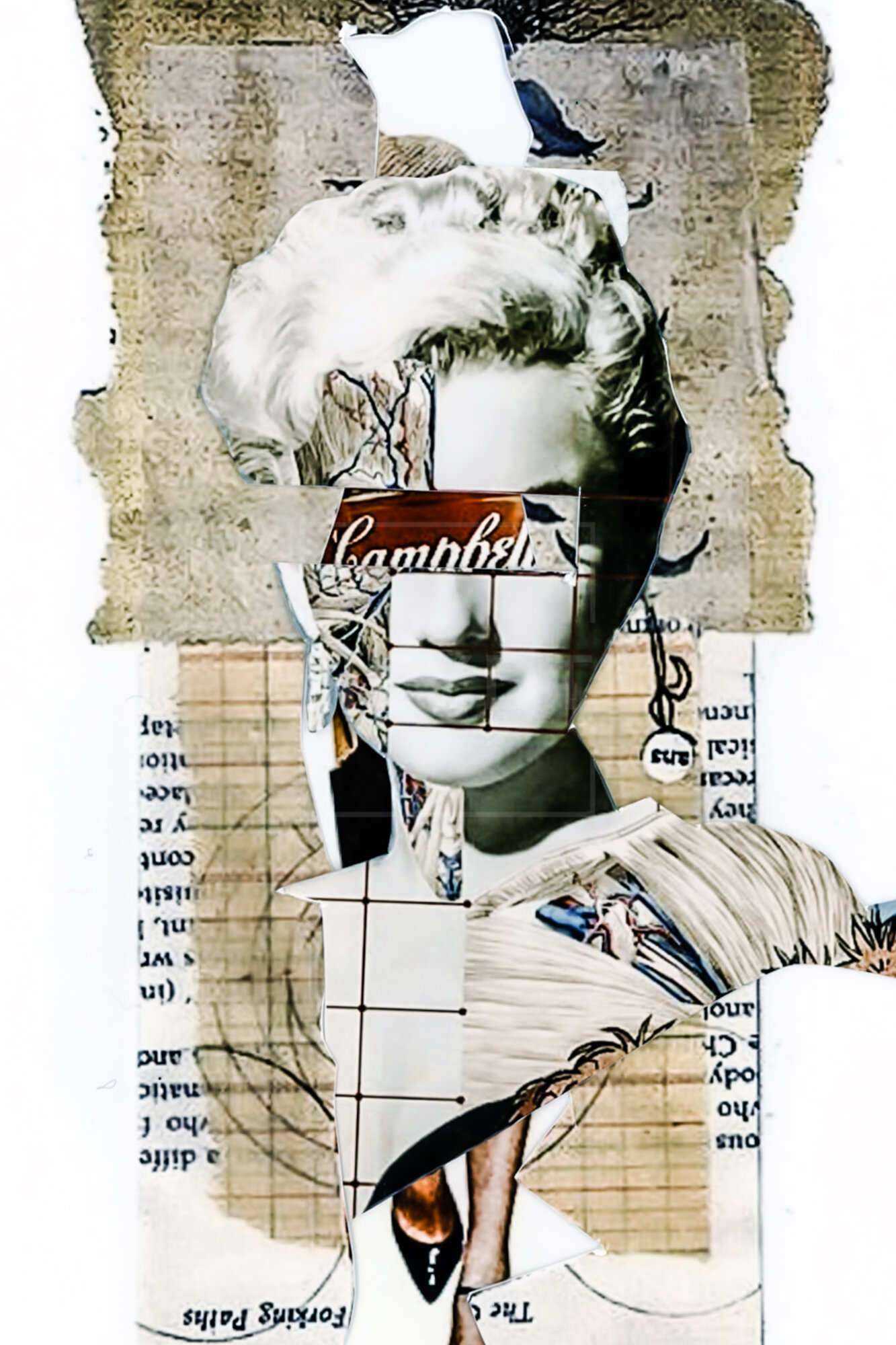
Your Face In Mine | HEYDT | 2020 | Analog Assemblage | 20in x 30in | Edition: $1500 | Original: $10,000
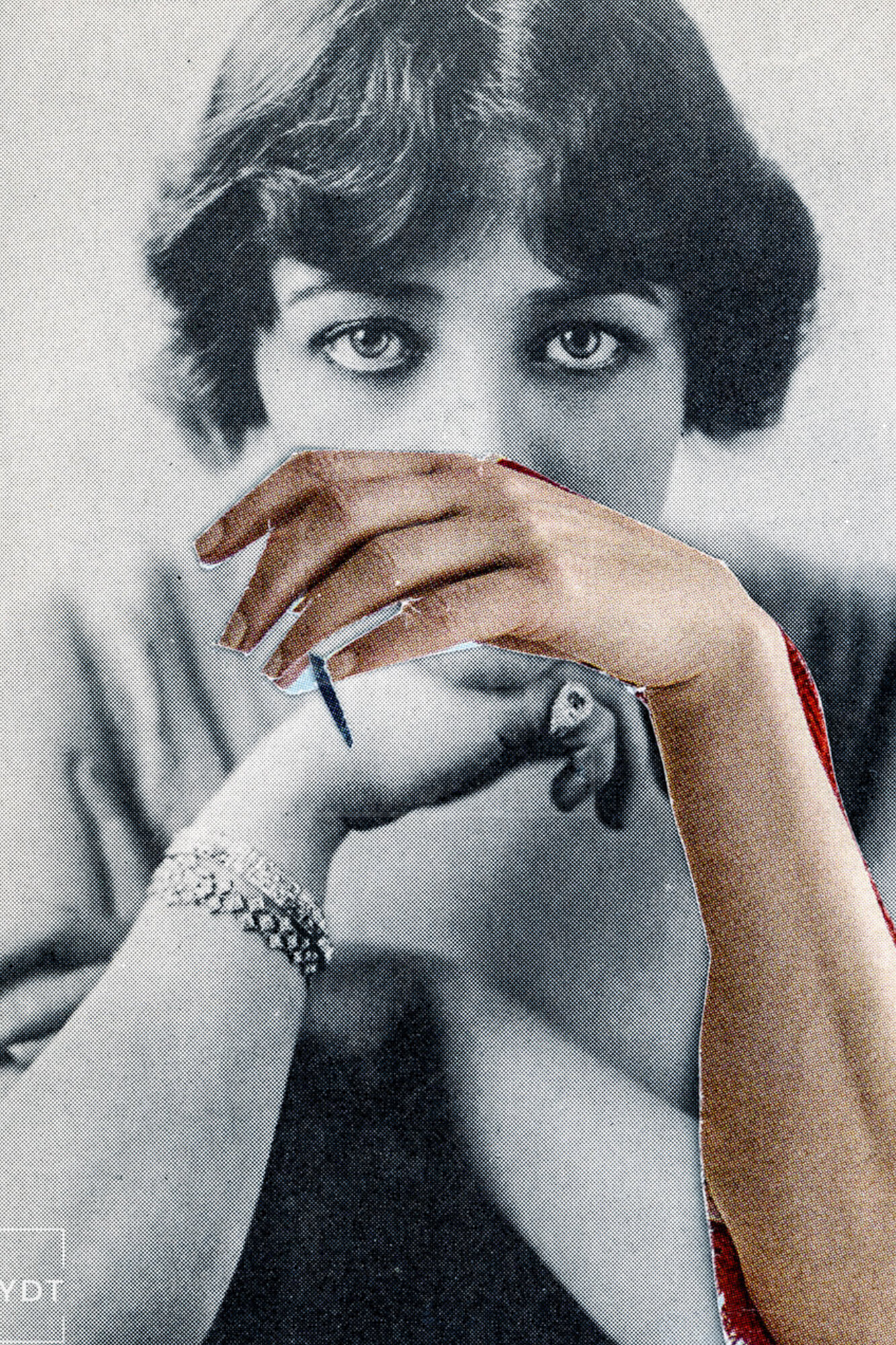
Your Face In Mine | HEYDT | 2020 | Analog Assemblage | 20in x 30in | Edition: $1500 | Original: $10,000
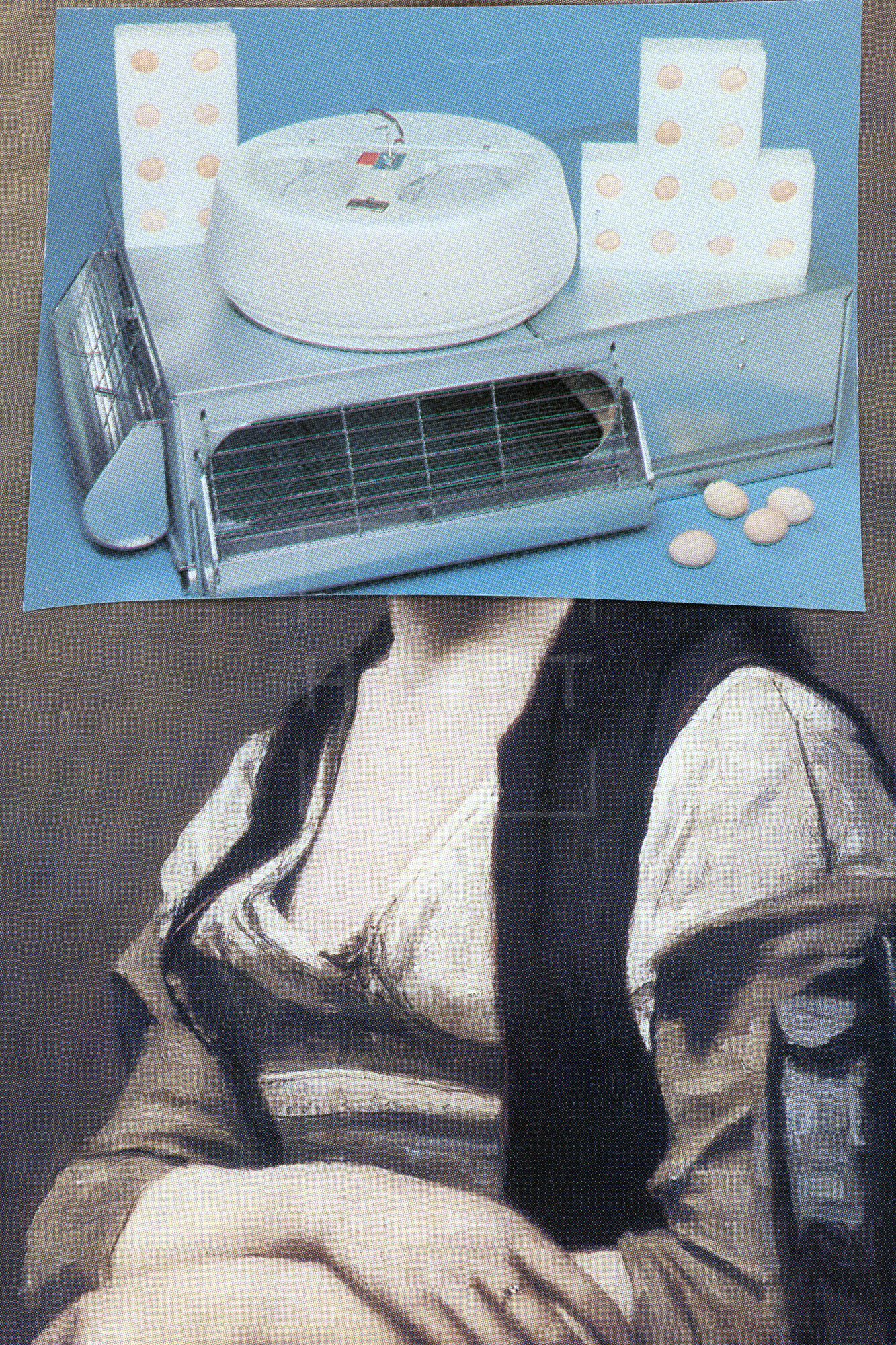
Your Face In Mine | HEYDT | 2020 | Analog Assemblage | 20in x 30in | Edition: $1500 | Original: $10,000
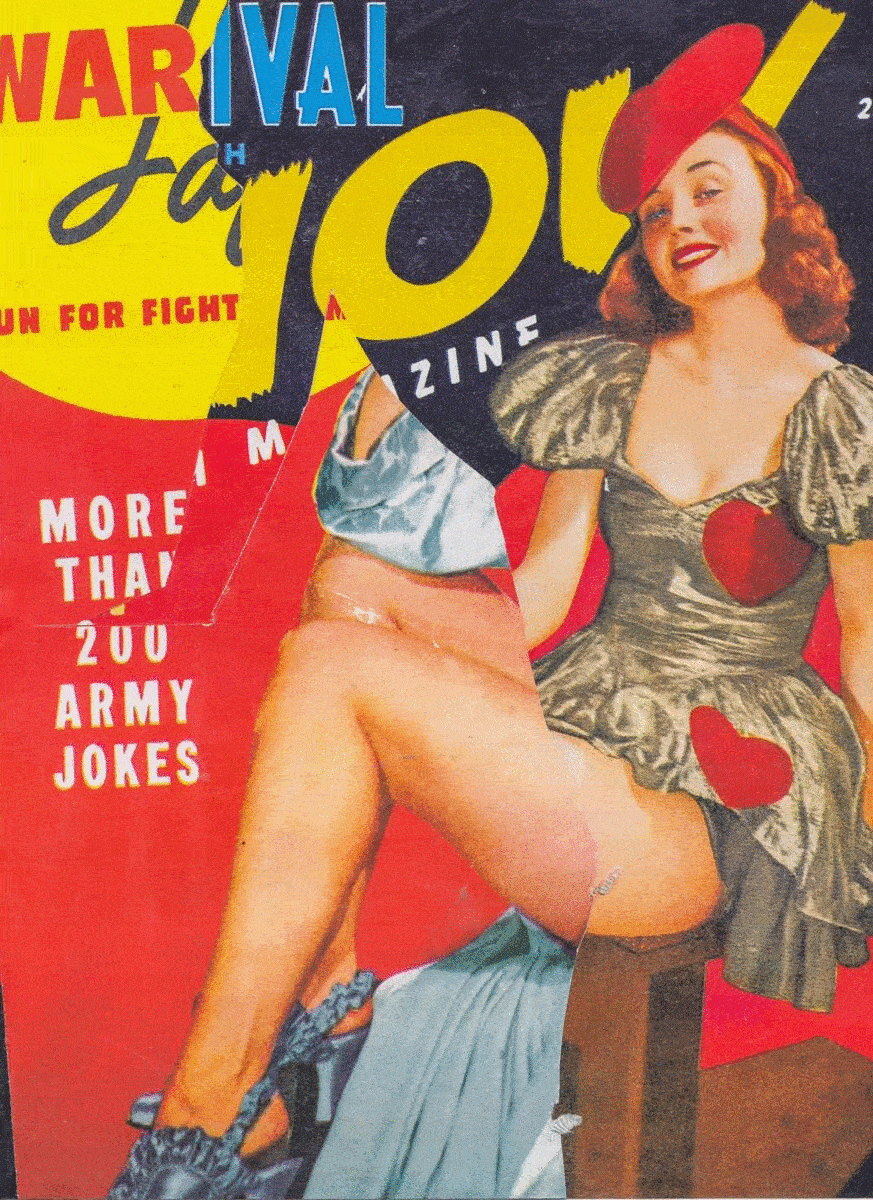
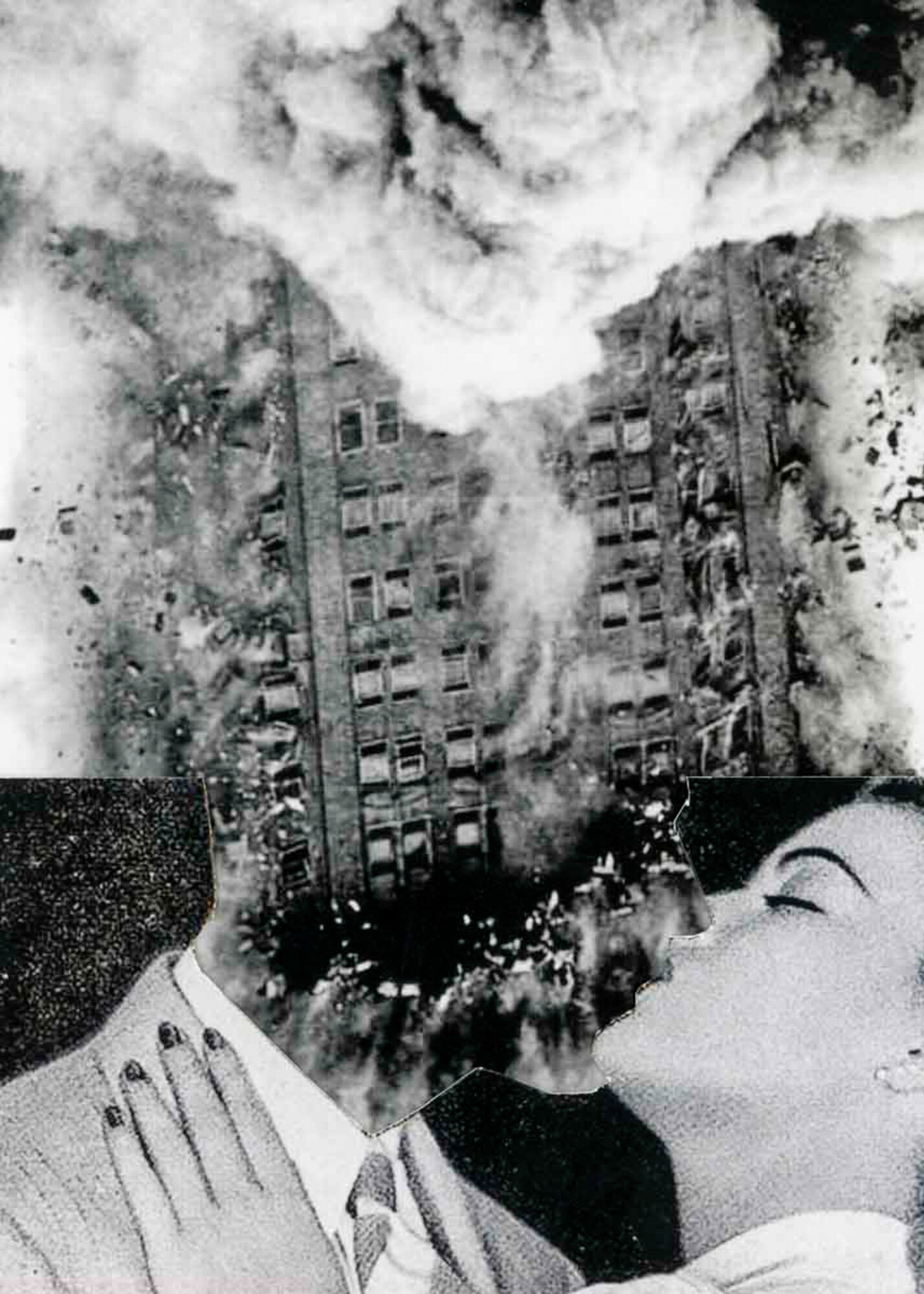
Love is Like Falling-HEYDT-2020-Mixed Media On Panel-35x50in-$8000
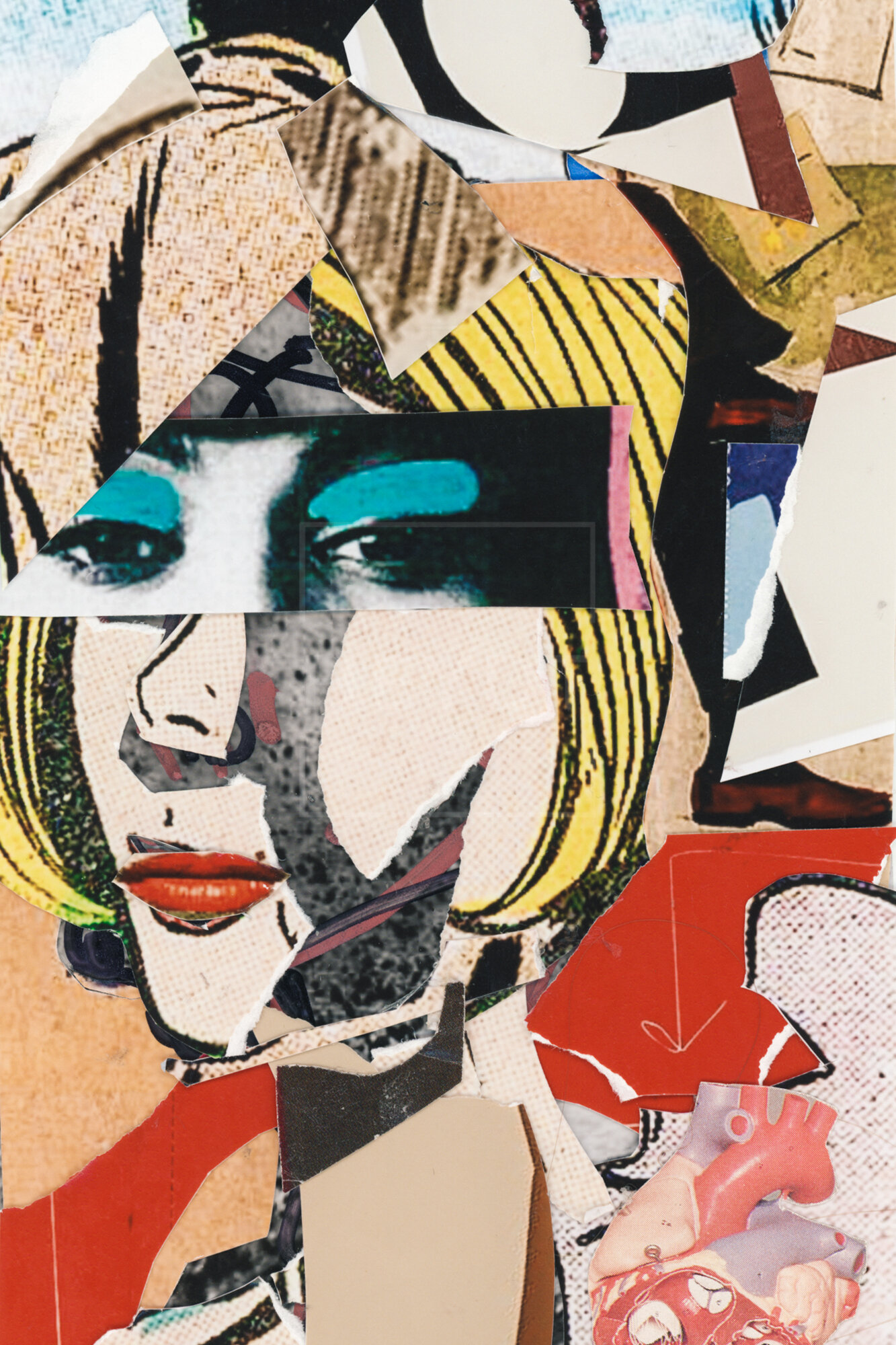
Your Face In Mine | HEYDT | 2020 | Analog Assemblage | 20in x 30in | Edition: $1500 | Original: $10,000
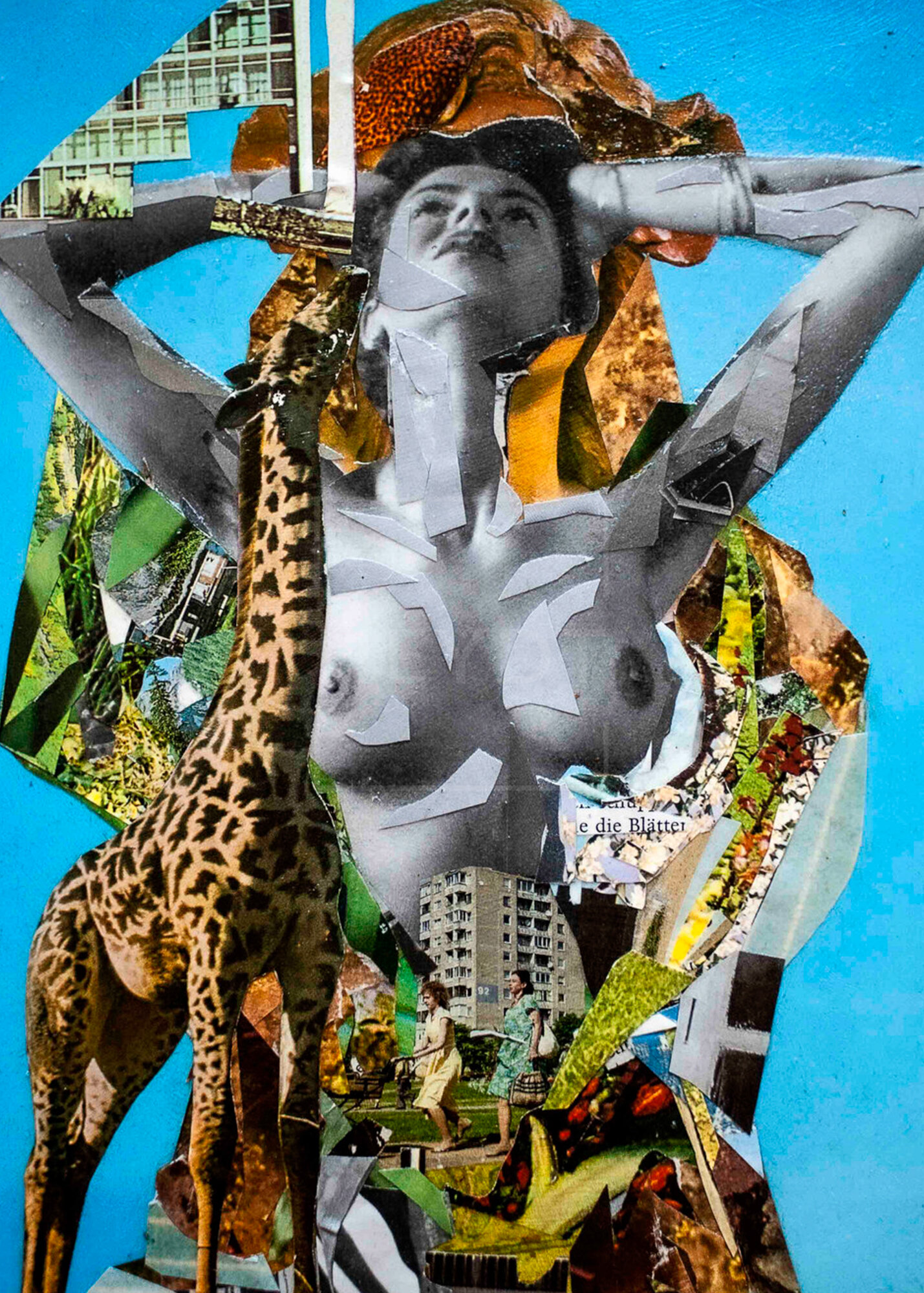
Interchangeable Faces | HEYDT | 2019 | 20in x 30in | $7500
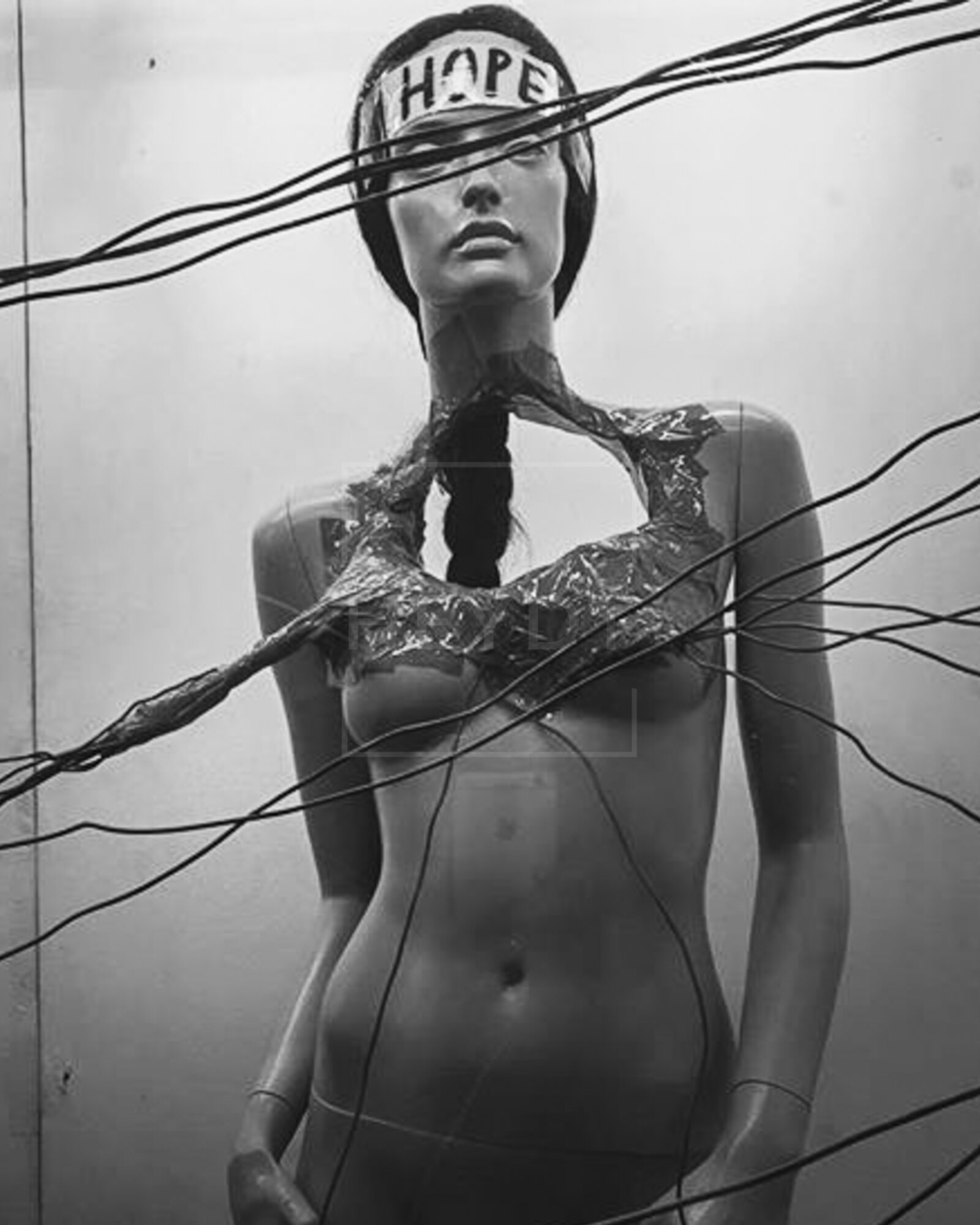
Interchangeable Faces | HEYDT | 2019 | Analog Assemblage | 20in x 30in | $17,500
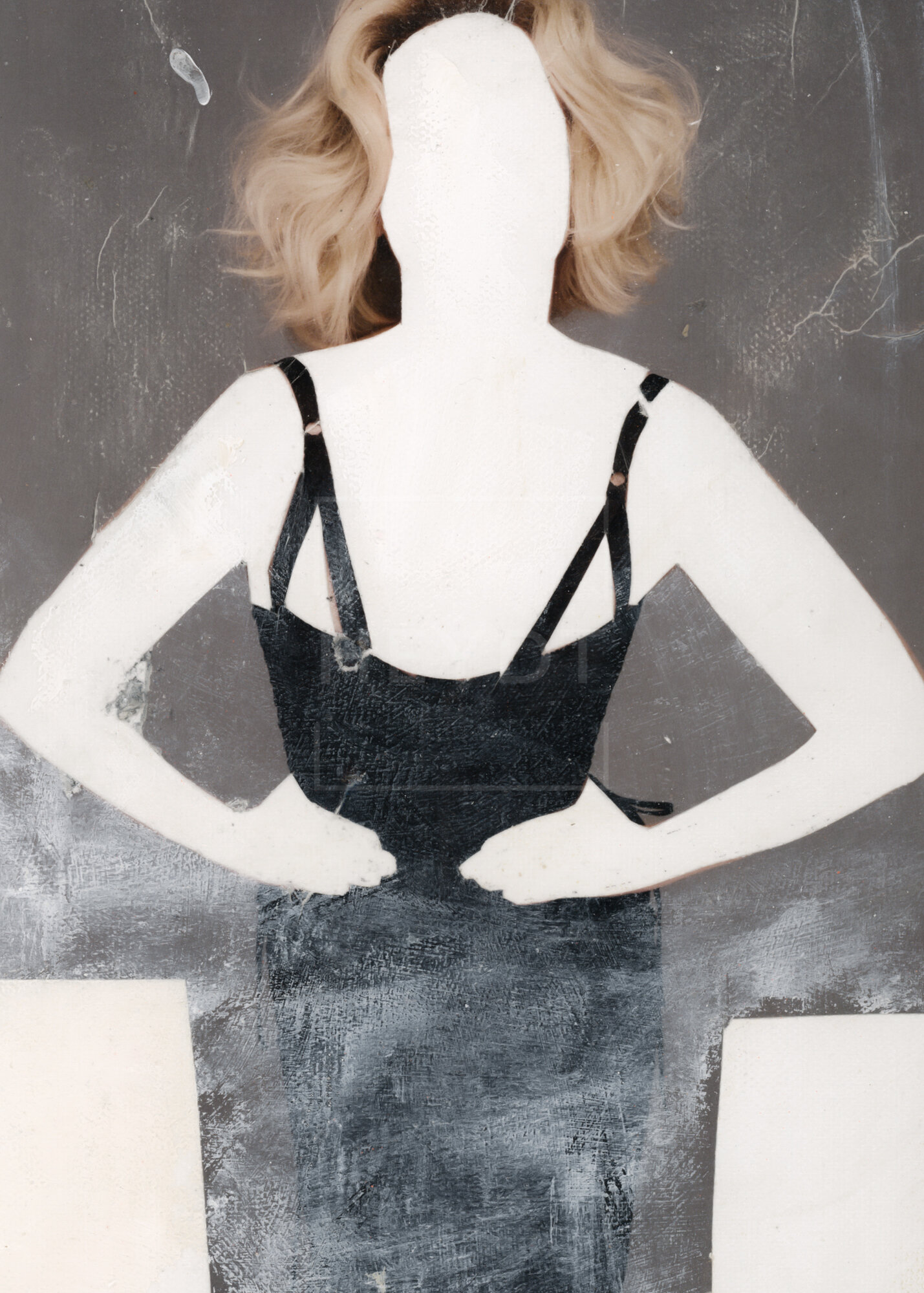
Interchangeable Faces | HEYDT | 2019 | Analog Assemblage | 9in x 12in
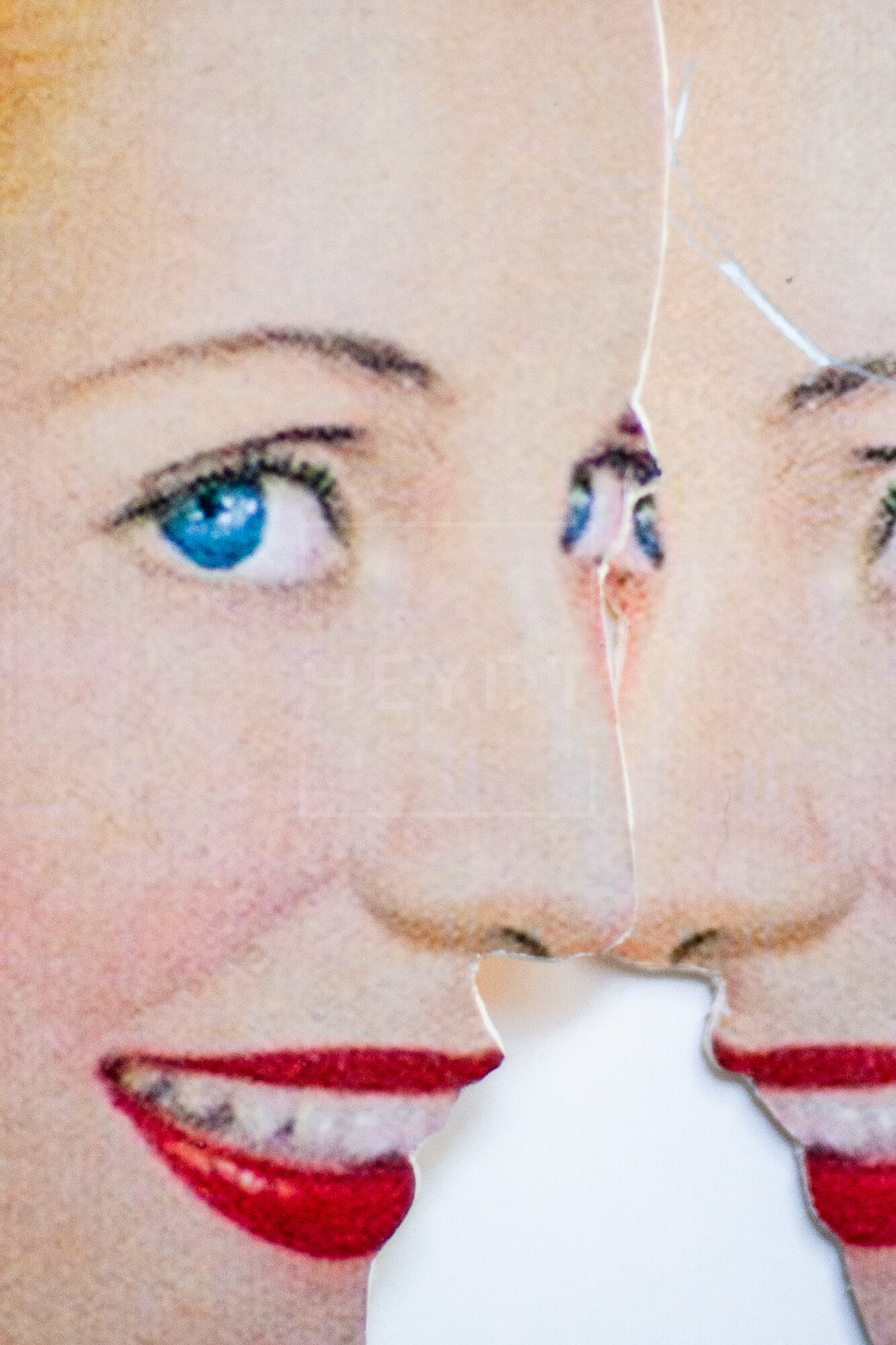
Your Face In Mine | HEYDT | 2020 | Analog Assemblage | 20in x 30in | Edition: $1500 | Original: $10,000
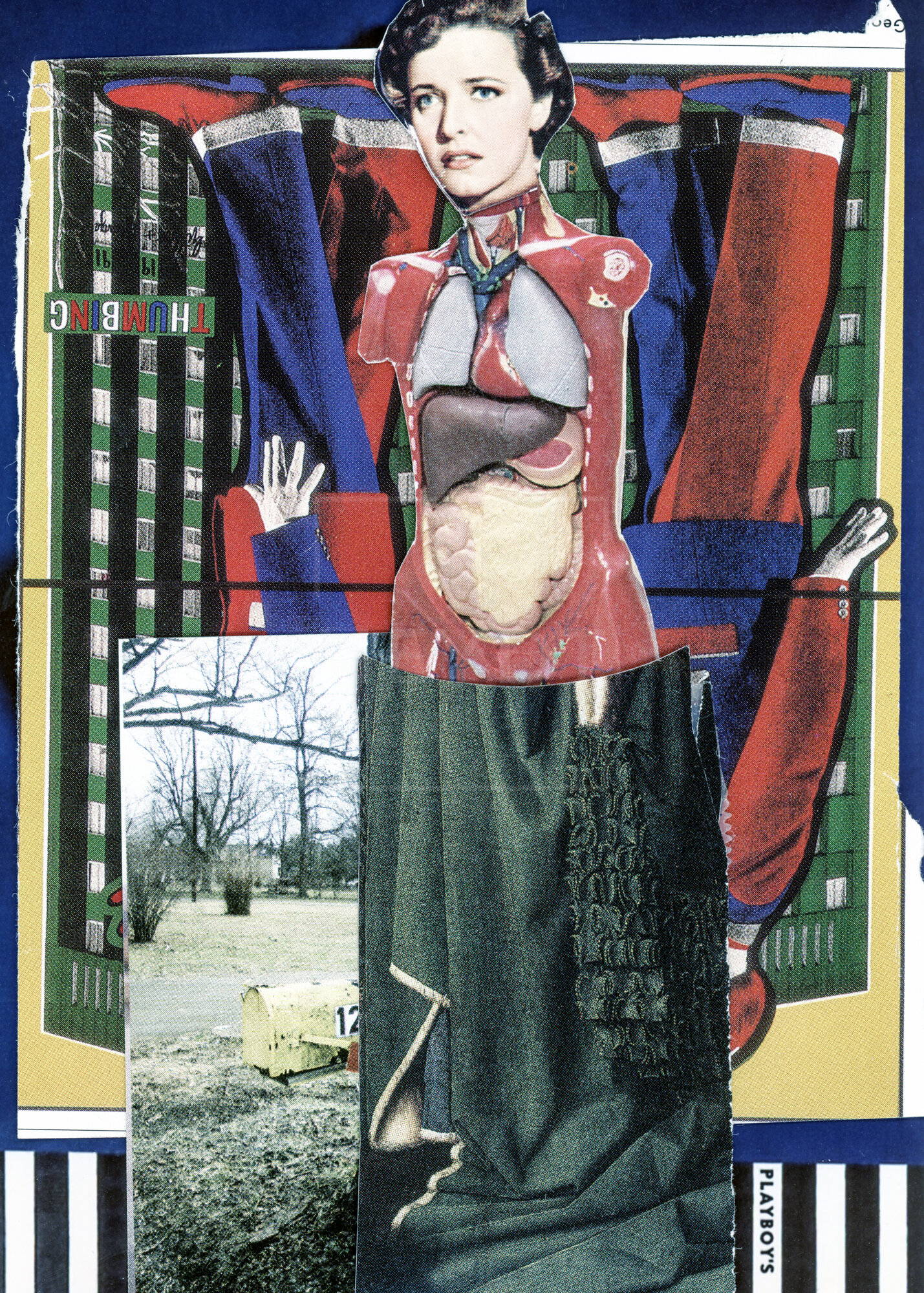
Interchangeable Faces | HEYDT | 2019 | 25in x 36in | $8000
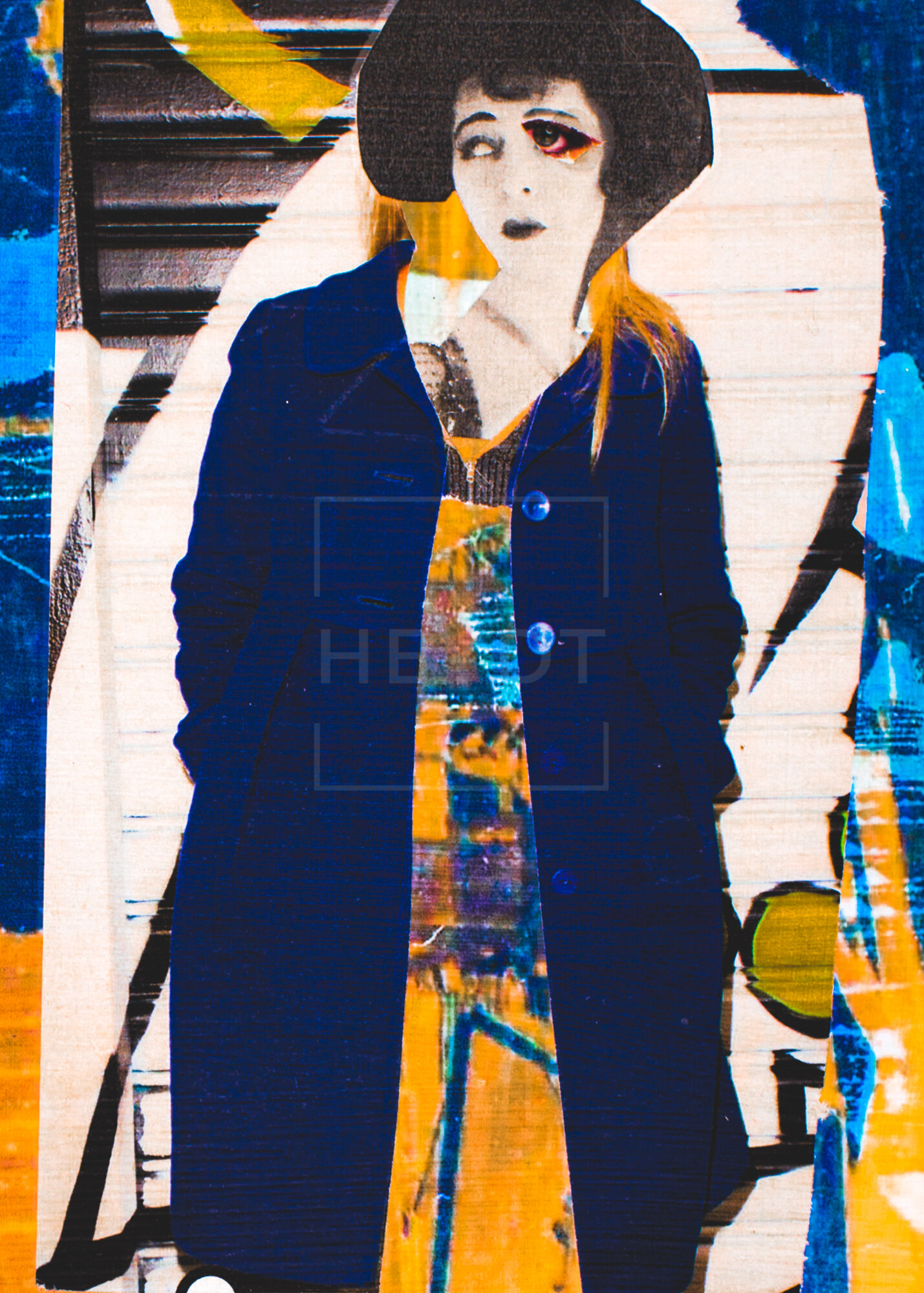
Interchangeable Faces | HEYDT | 2019 | Analog Assemblage | 20in x 30in | $17,500

Interchangeable Faces | HEYDT | 2019 | Analog Assemblage | 20in x 30in | $17,500

Interchangeable Faces | HEYDT | 2019 | Analog Assemblage | 20in x 30in | $17,500
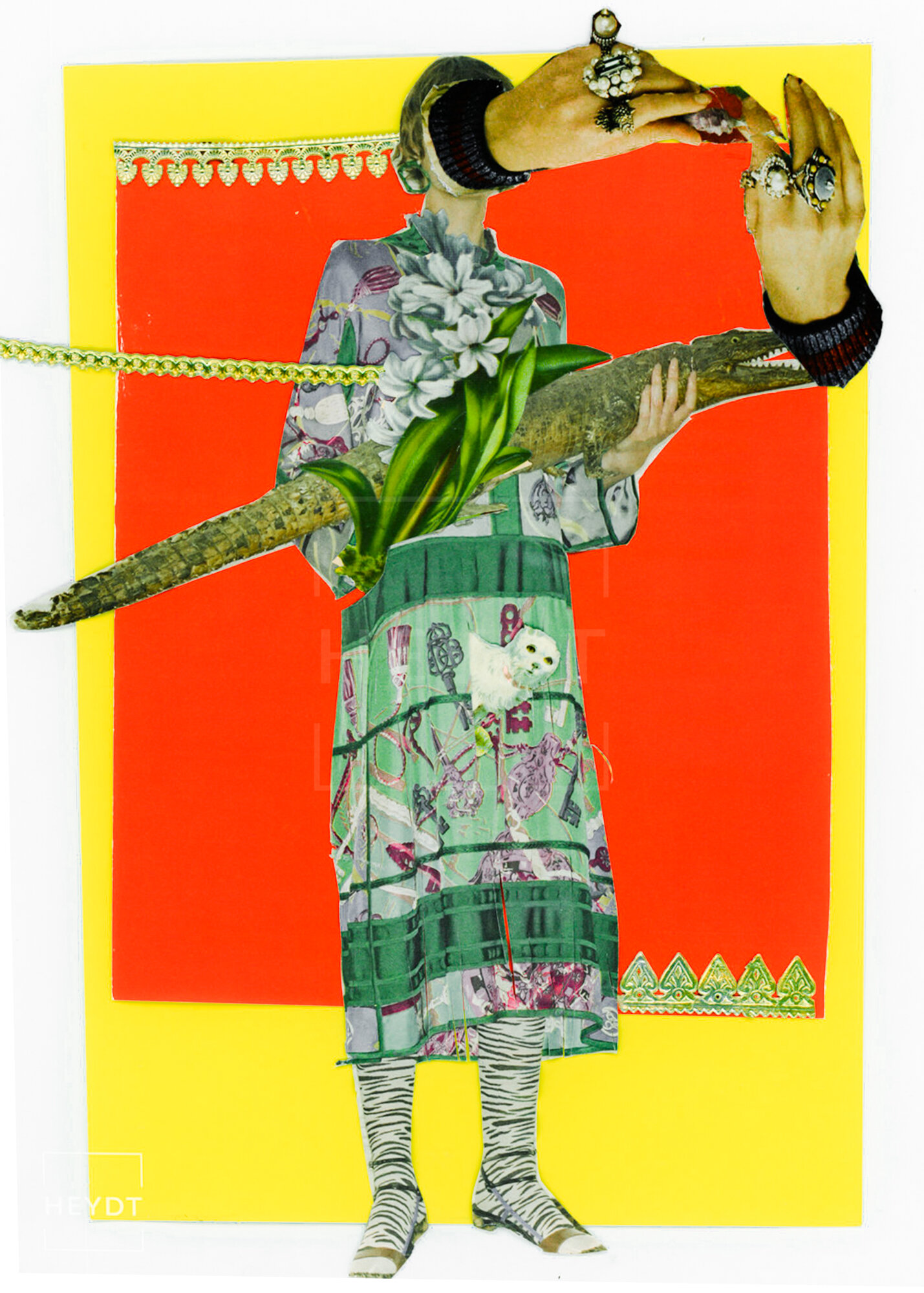
Interchangeable Faces | HEYDT | 2019 | Analog Assemblage | 20in x 30in | $17,500
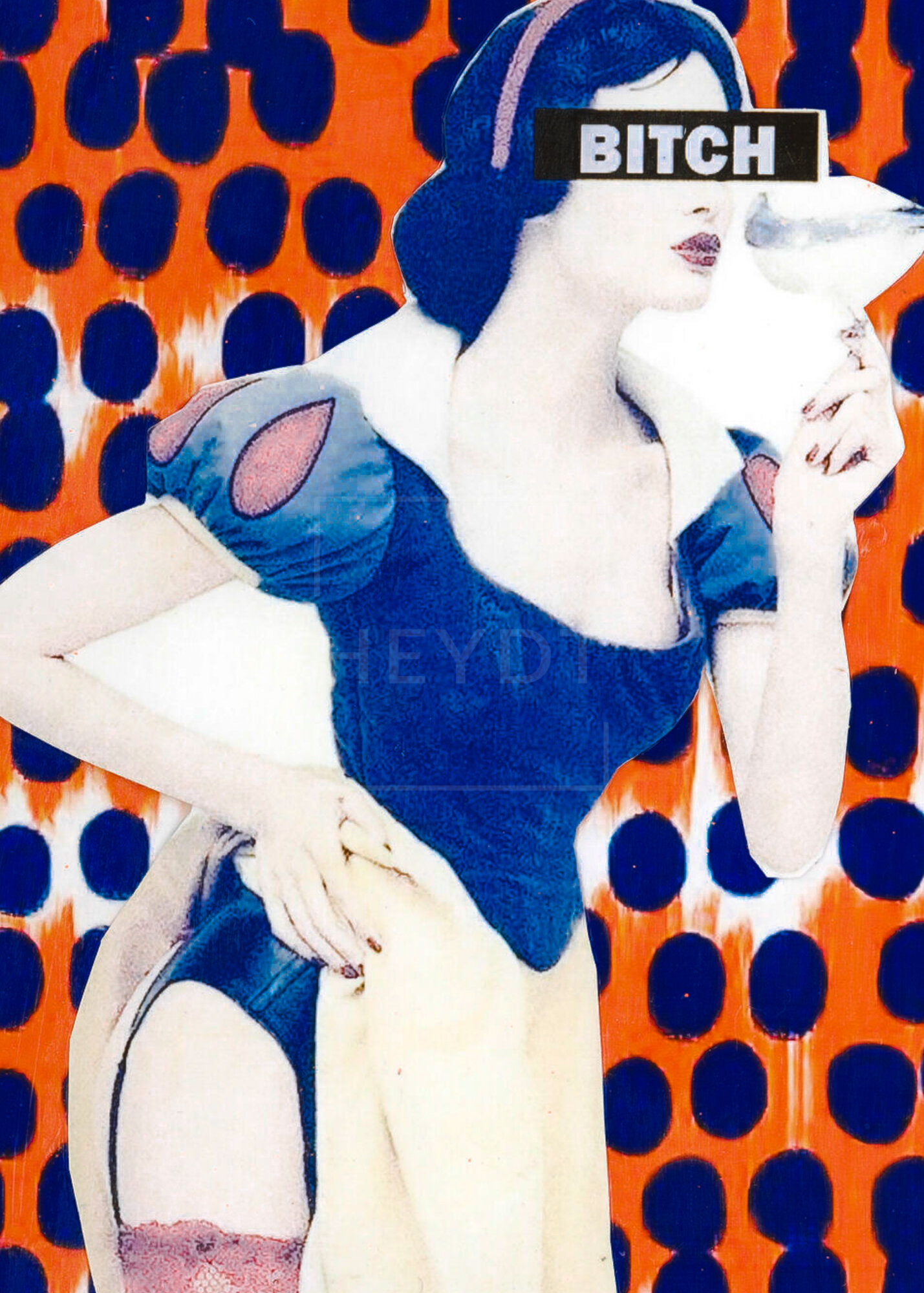
Interchangeable Faces | HEYDT | 2019 | Analog Assemblage | 20in x 30in | $17,500
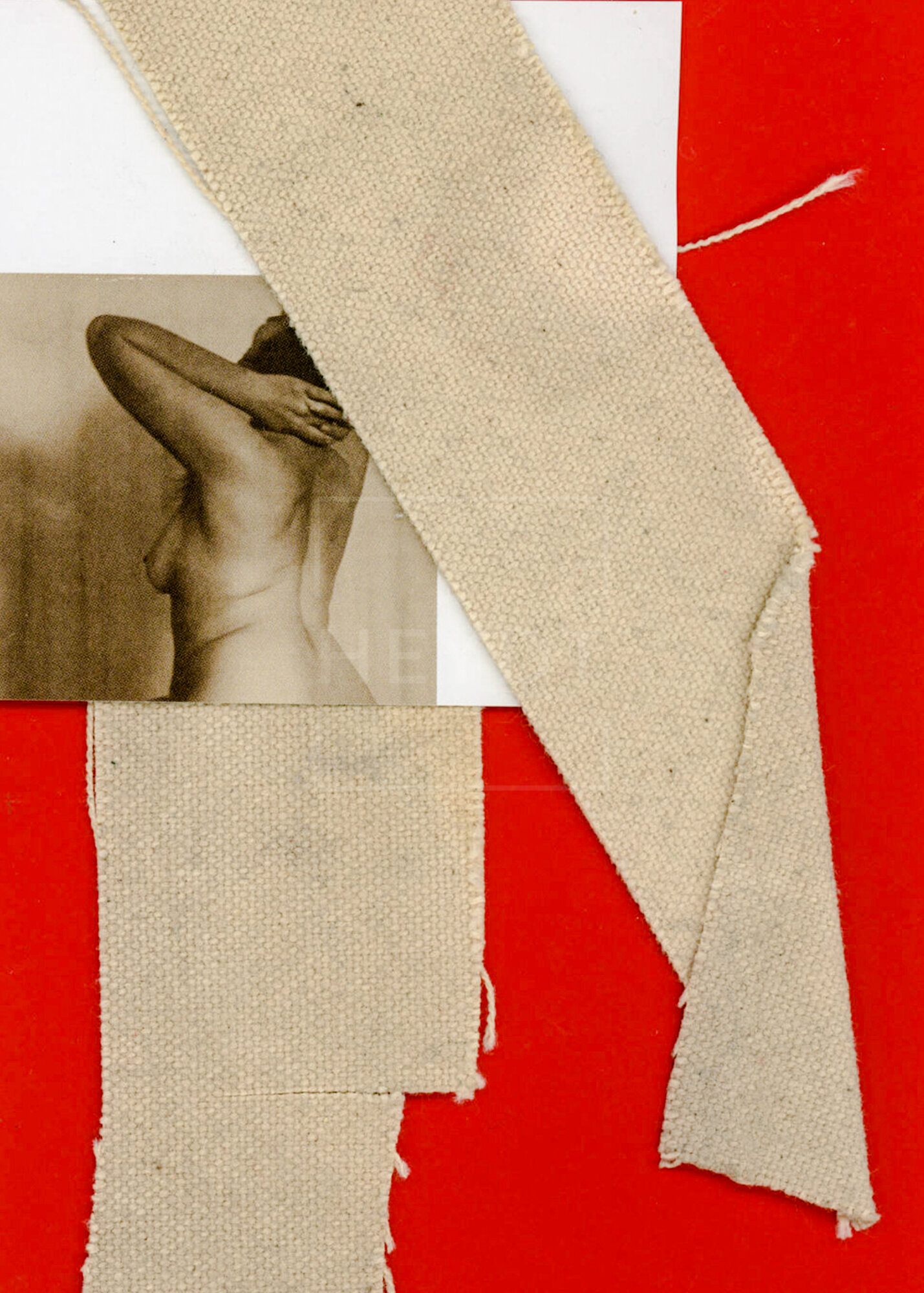
Interchangeable Faces | HEYDT | 2019 | Analog Assemblage | 20in x 30in | $17,500

Your Face In Mine | HEYDT | 2020 | Analog Assemblage | 9x12in - $2100 | 20in x 30in - $10,000
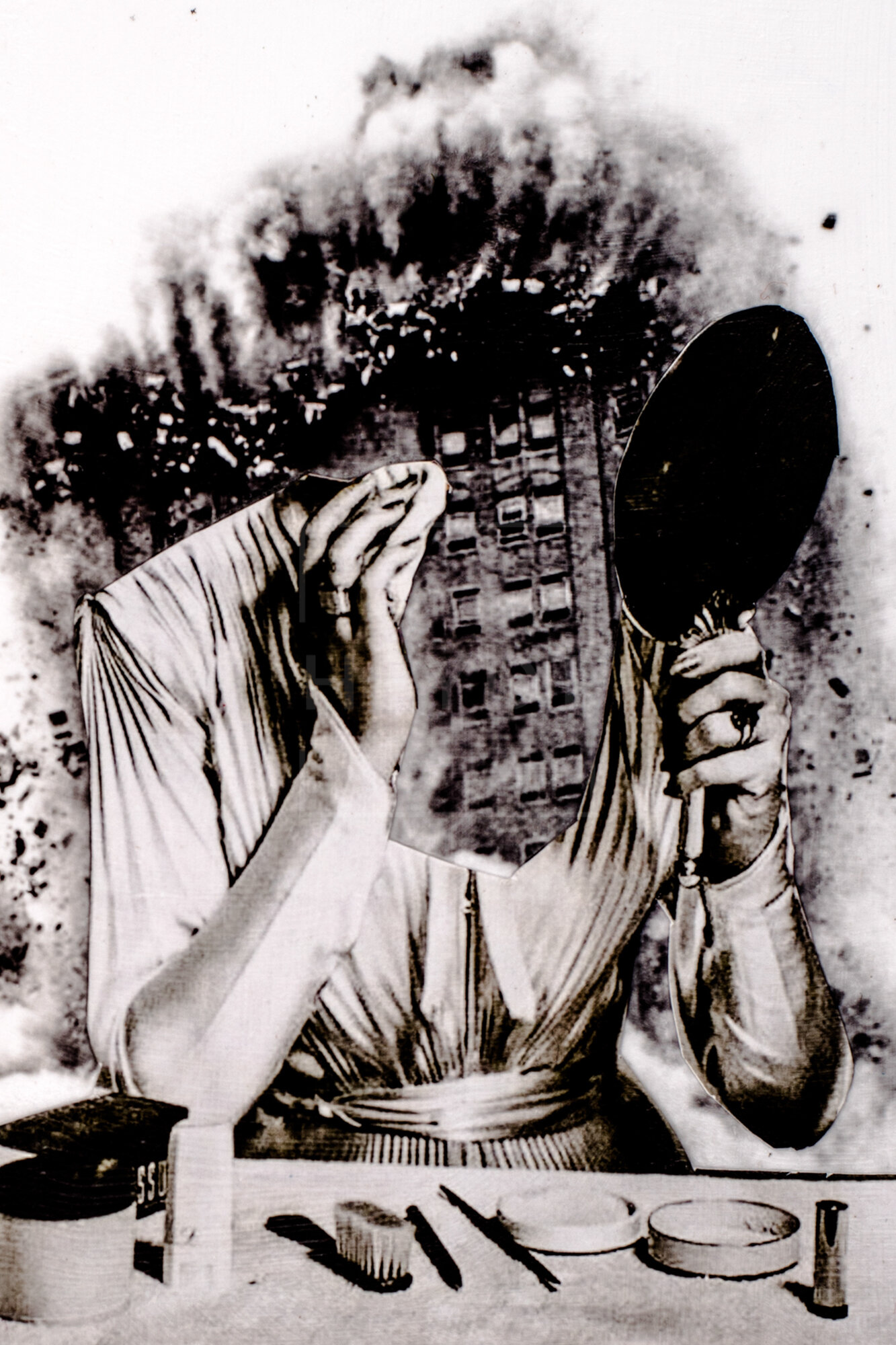
Your Face In Mine | HEYDT | 2020 | Analog Assemblage | 20in x 30in | Edition: $1500 | Original: $10,000
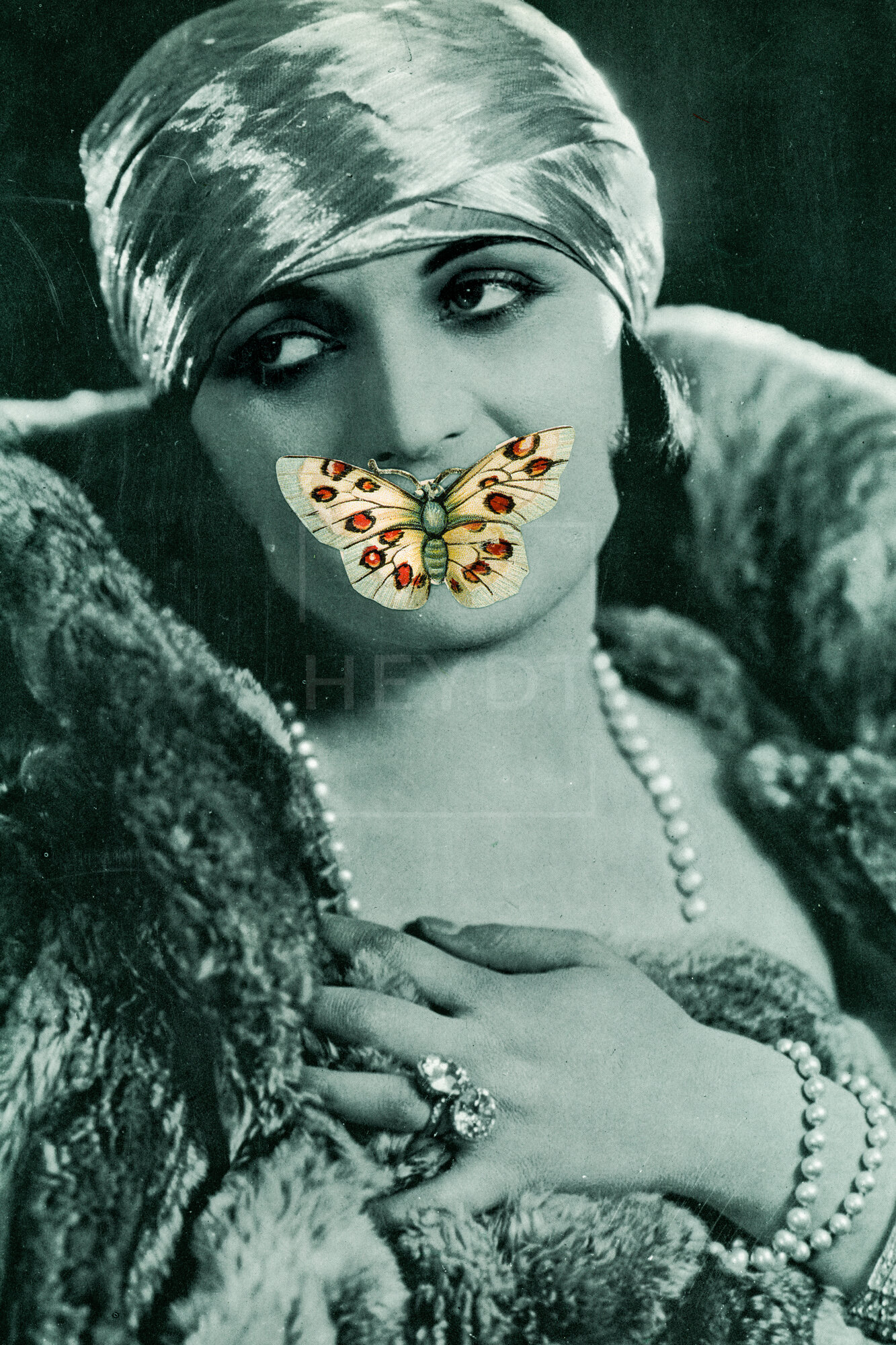
Your Face In Mine | HEYDT | 2020 | Analog Assemblage | 20in x 30in | Edition: $1500 | Original: $10,000

Your Face In Mine | HEYDT | 2020 | Analog Assemblage | 20in x 30in | Edition: $1500 | Original: $10,000

Your Face In Mine | HEYDT | 2020 | Analog Assemblage | 20in x 30in | Edition: $1500 | Original: $10,000
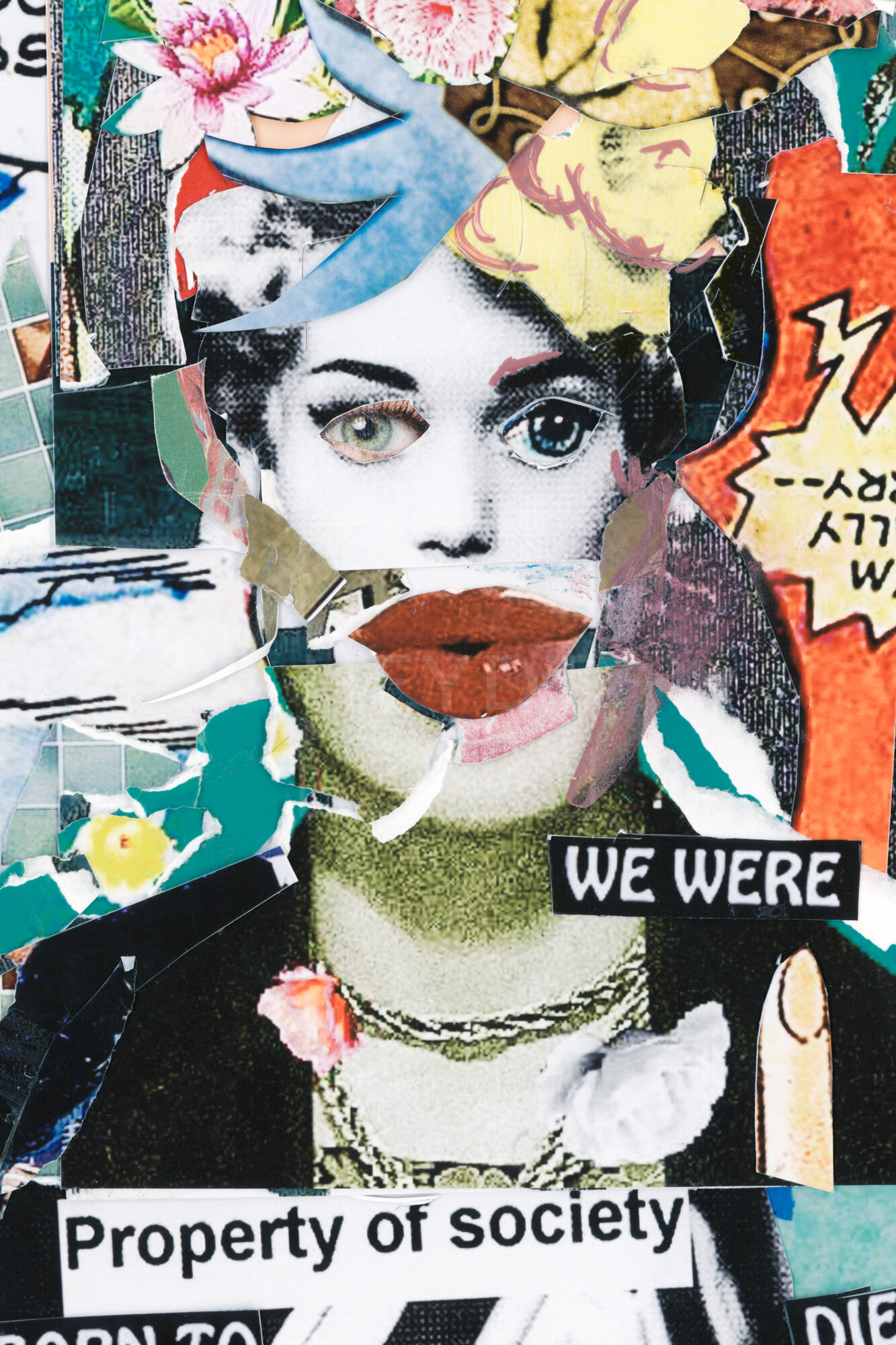
Your Face In Mine | HEYDT | 2020 | Analog Assemblage | 20in x 30in | Edition: $1500 | Original: $10,000
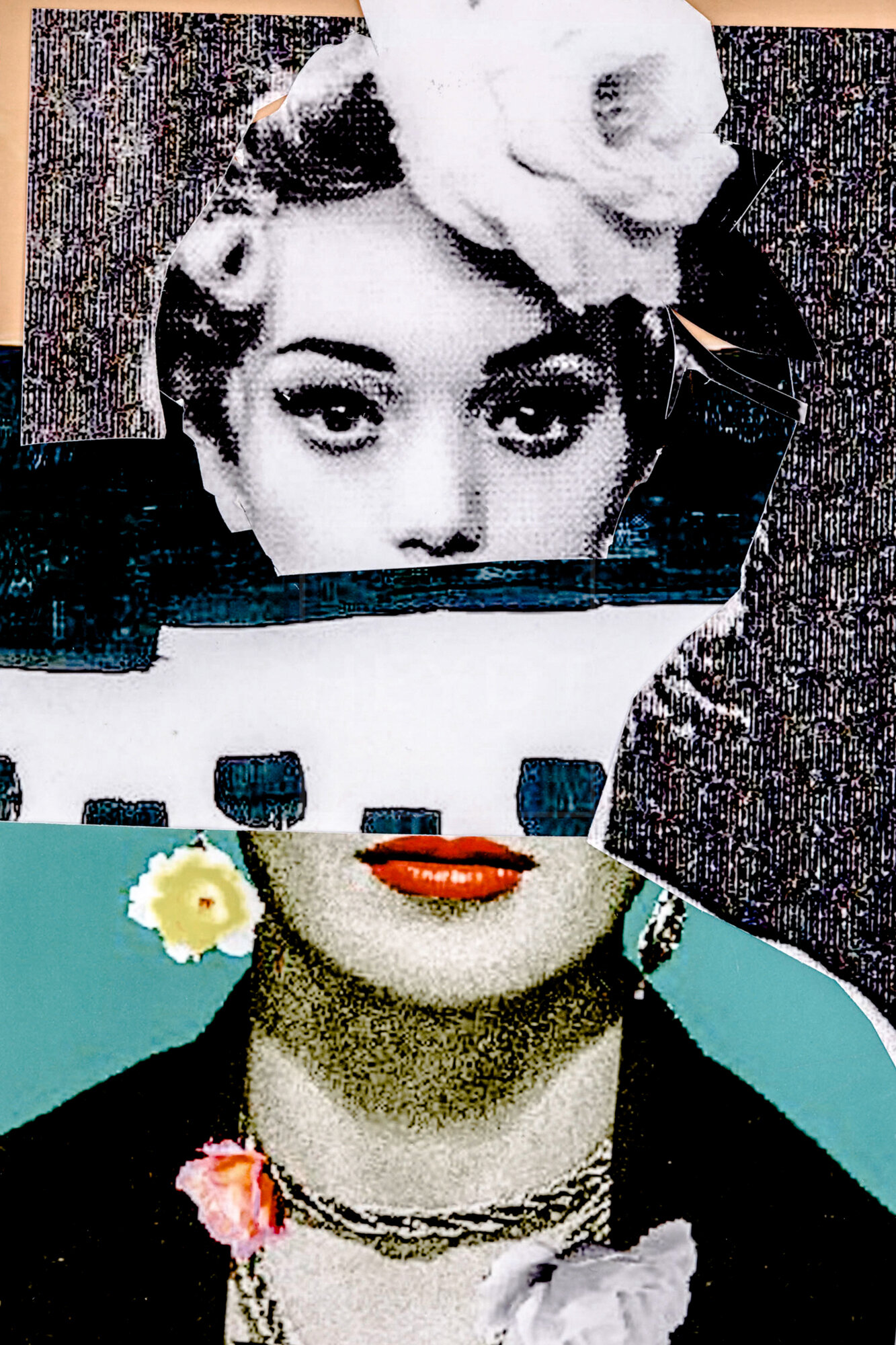
Your Face In Mine | HEYDT | 2020 | Analog Assemblage | 20in x 30in | Edition: $1500 | Original: $10,000
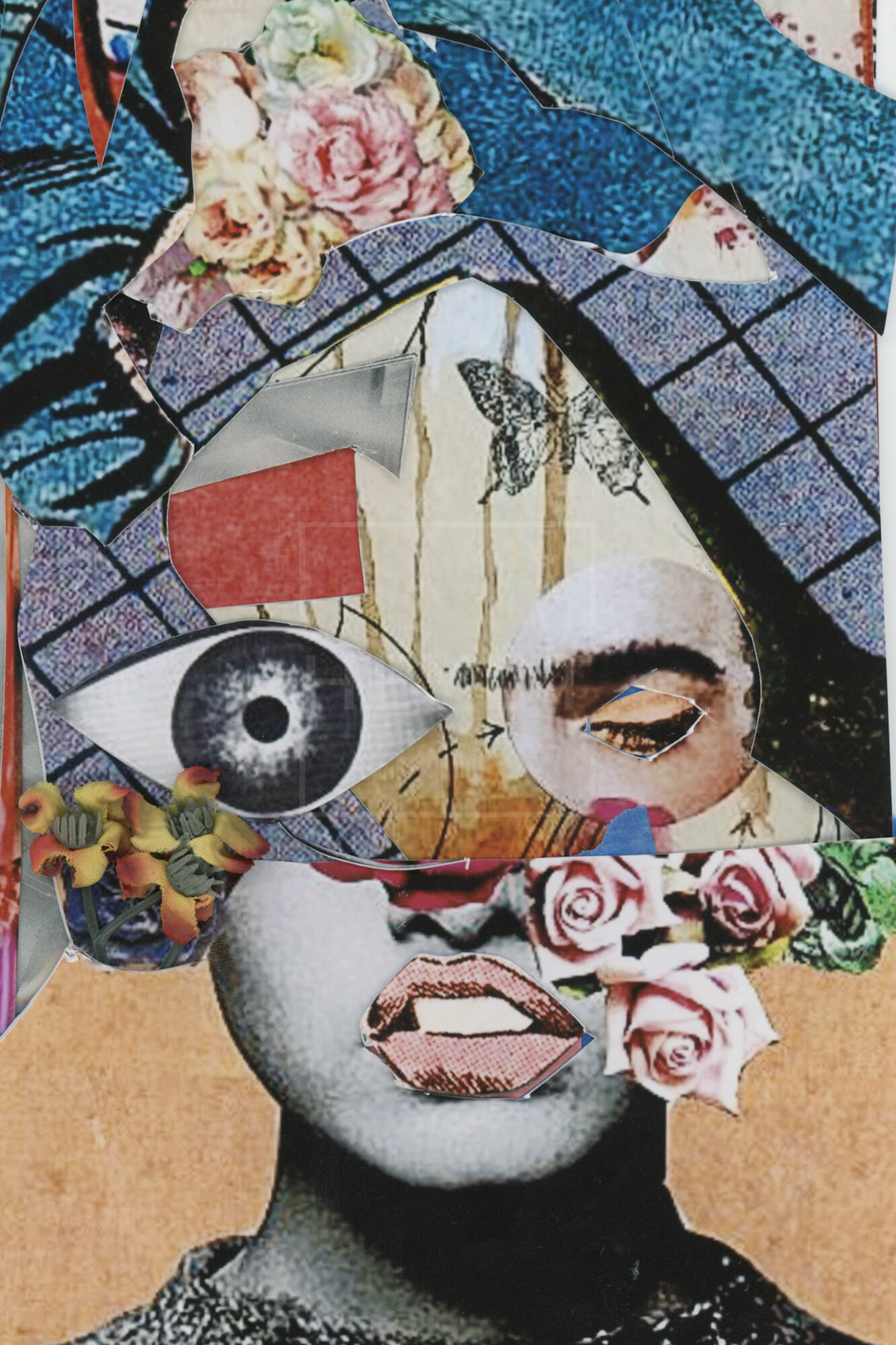
Your Face In Mine | HEYDT | 2020 | Analog Assemblage | 20in x 30in | Edition: $1500 | Original: $10,000
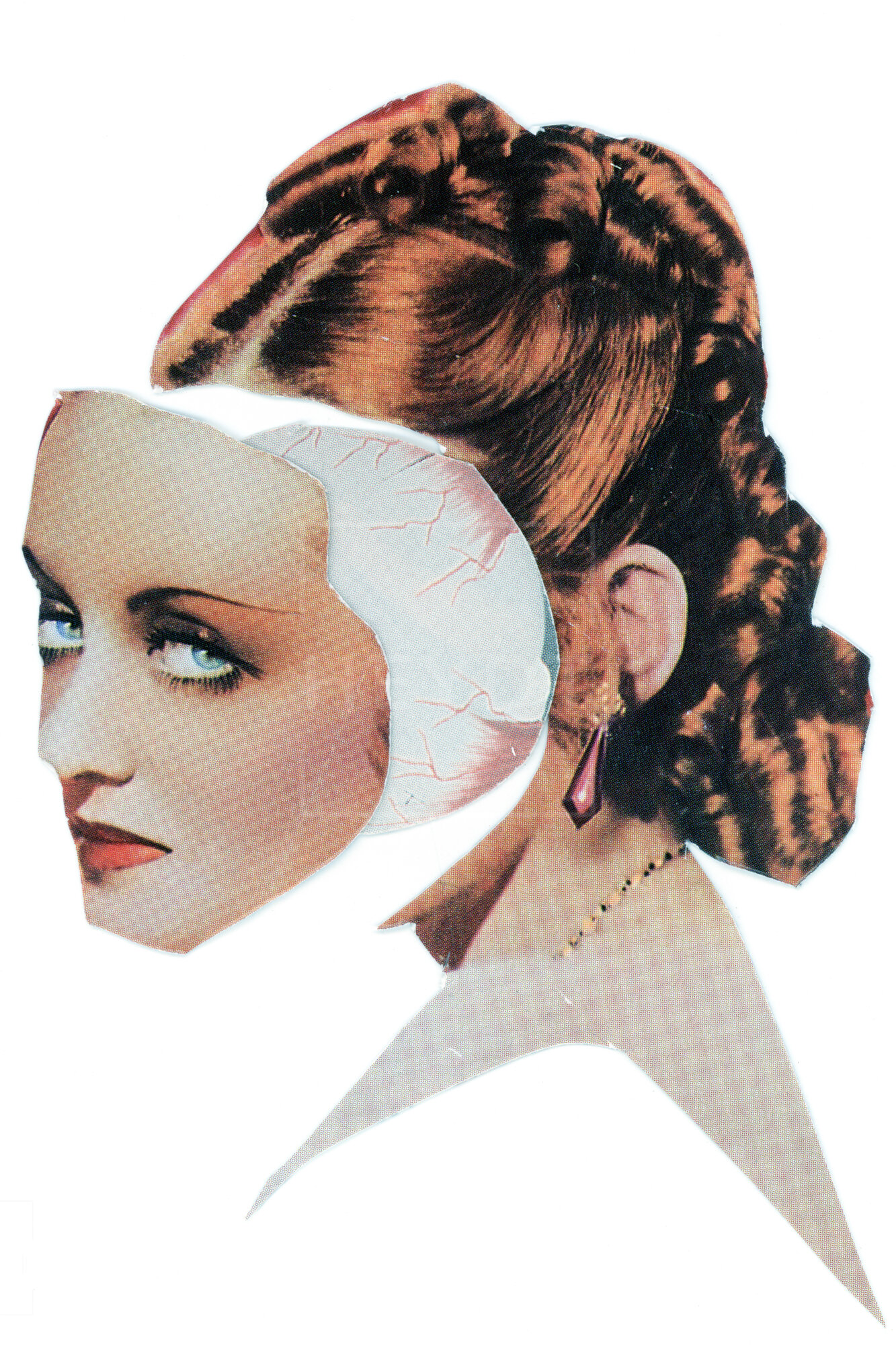
Your Face In Mine | HEYDT | 2020 | Analog Assemblage | 20in x 30in | Edition: $1500 | Original: $10,000
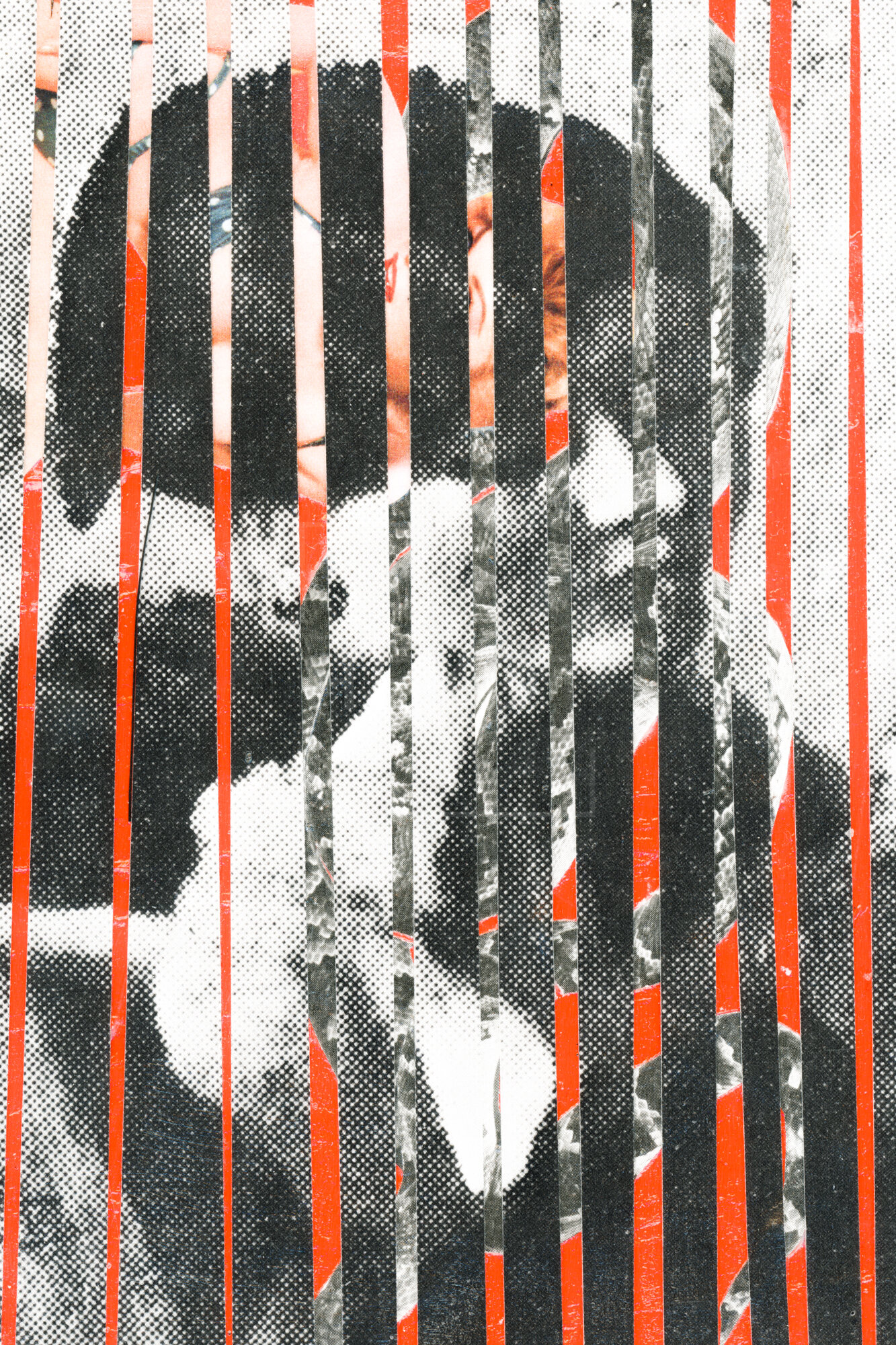
Your Face In Mine | HEYDT | 2020 | Analog Assemblage | 20in x 30in | Edition: $1500 | Original: $10,000
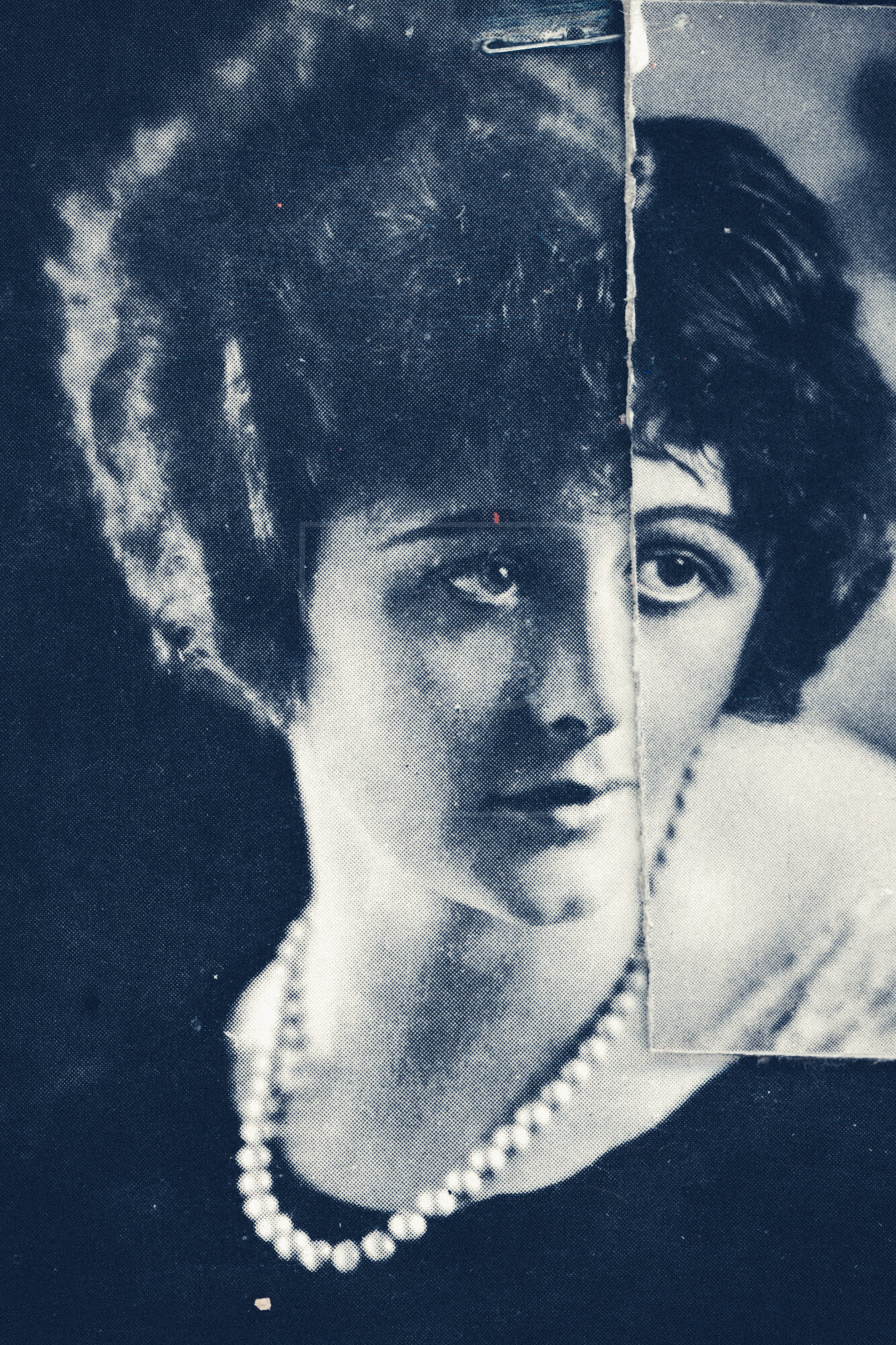
Your Face In Mine | HEYDT | 2020 | Analog Assemblage | 20in x 30in | Edition: $1500 | Original: $10,000

Your Face In Mine | HEYDT | 2020 | Analog Assemblage | 20in x 30in | Edition: $1500 | Original: $10,000
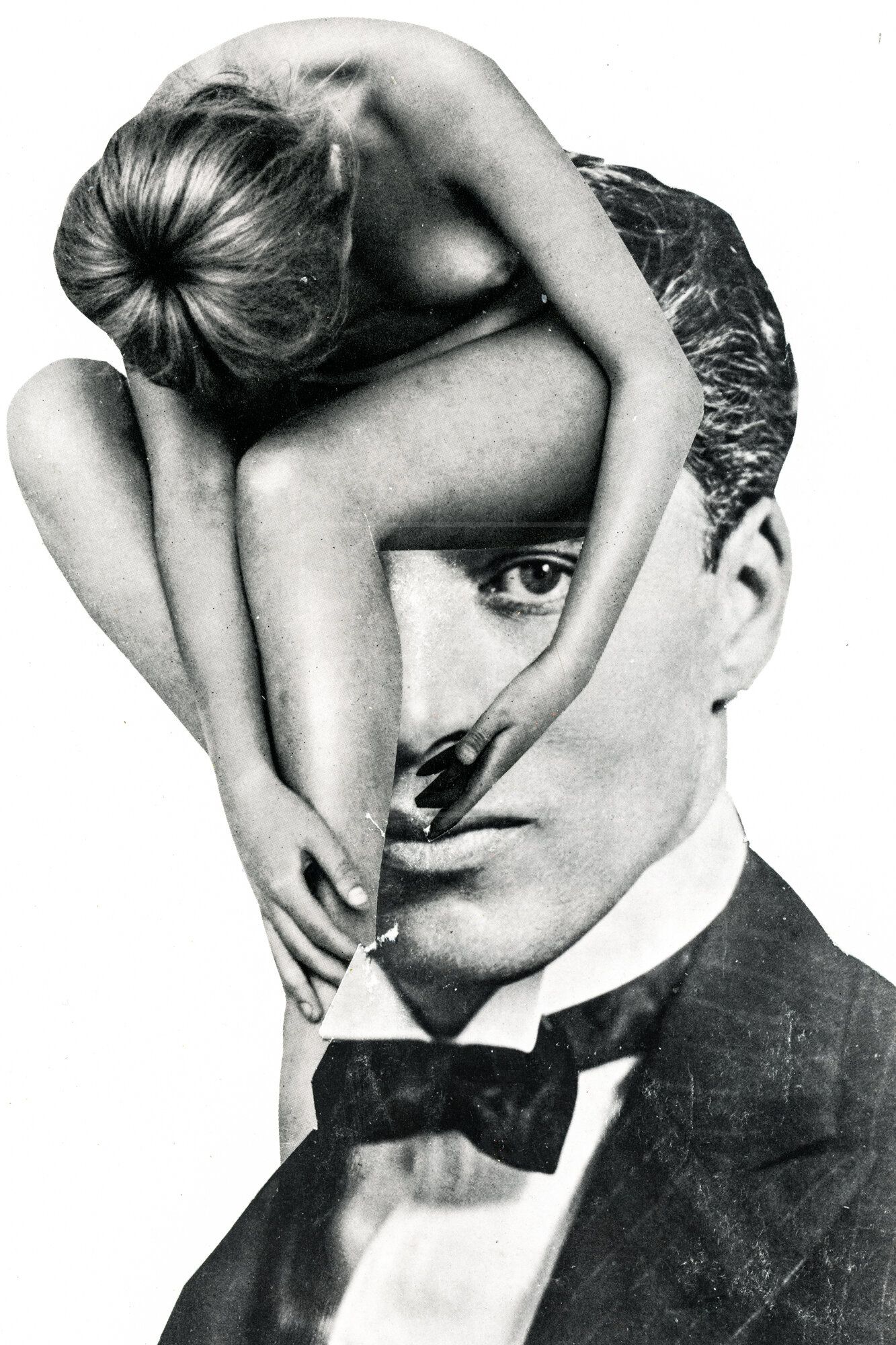
Your Face In Mine | HEYDT | 2020 | Analog Assemblage | 20in x 30in | Edition: $1500 | Original: $10,000
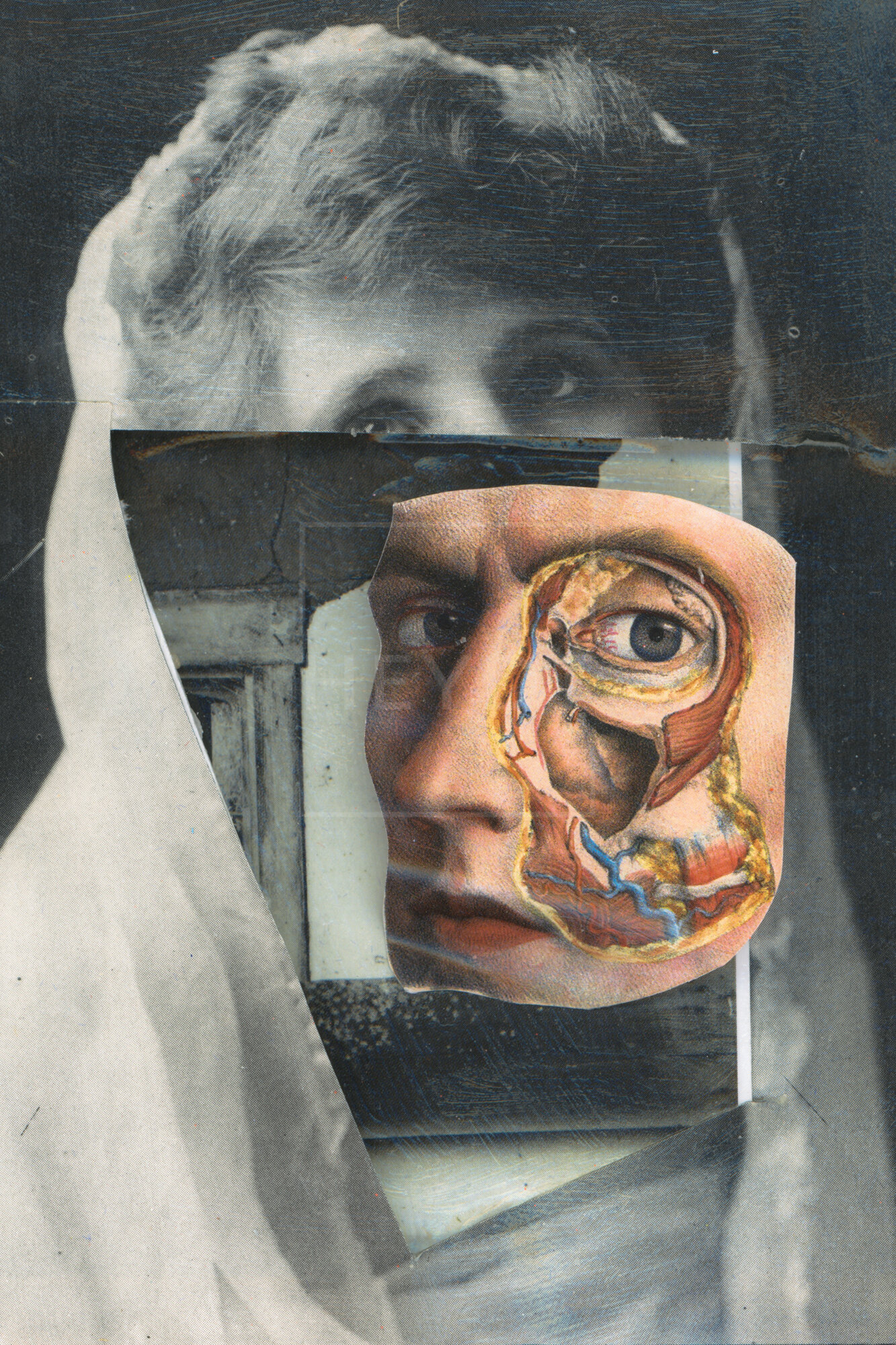
Your Face In Mine | HEYDT | 2020 | Analog Assemblage | 20in x 30in | Edition: $1500 | Original: $10,000

Interchangeable Faces | HEYDT | 2019 | Analog Assemblage | 20in x 30in | $17,500

Your Face In Mine | HEYDT | 2020 | Analog Assemblage | 20in x 30in | Edition: $1500 | Original: $10,000

Interchangeable Faces | HEYDT | 2019 |
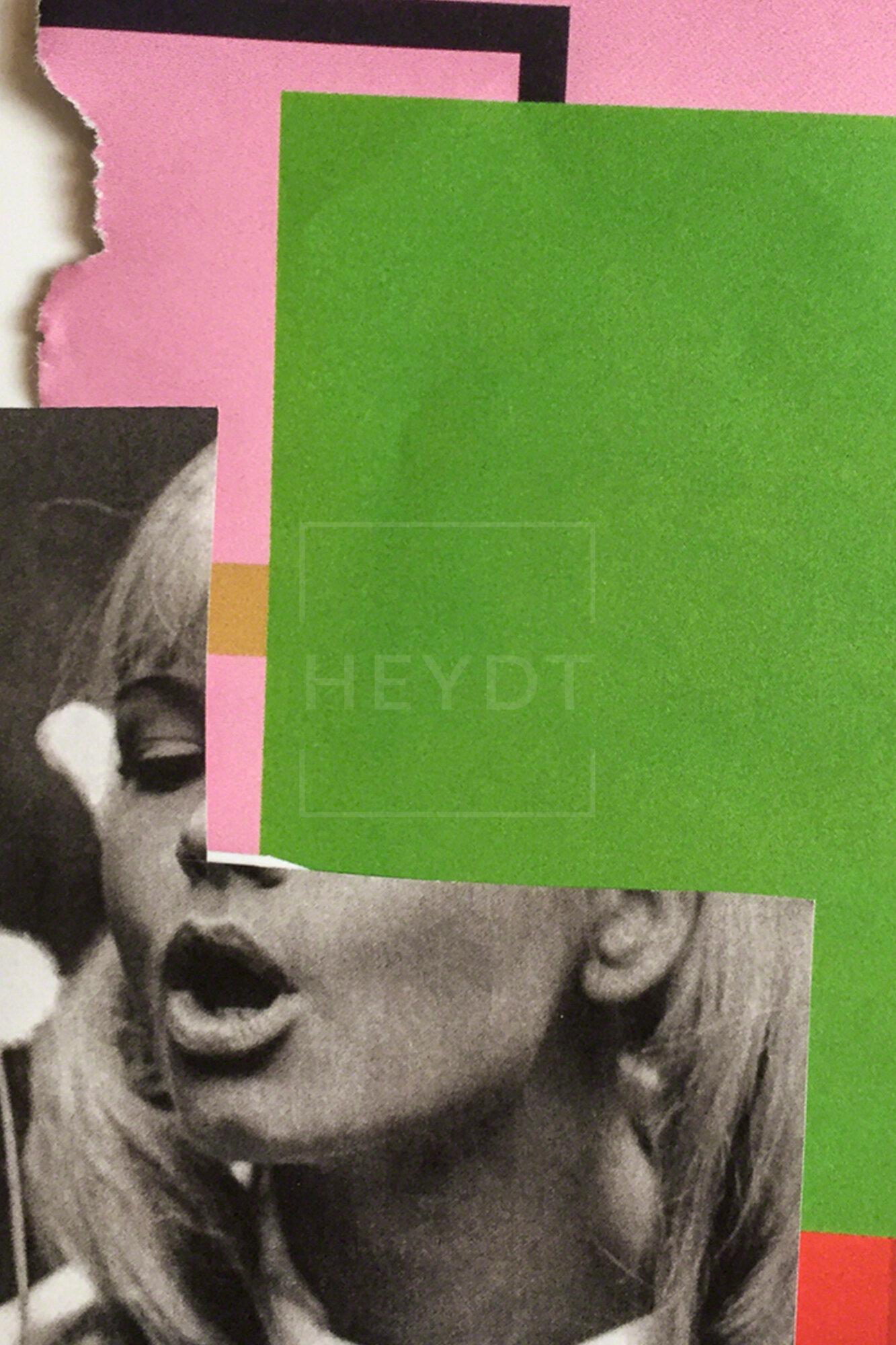
Your Face In Mine | HEYDT | 2020 | Analog Assemblage | 20in x 30in | Edition: $1500 | Original: $10,000

Your Face In Mine | HEYDT | 2020 | Analog Assemblage | 20in x 30in | Edition: $3000 | Original: $10,000

Your Face In Mine | HEYDT | 2020 | Analog Assemblage | 20in x 30in | Edition: $1500 | Original: $10,000
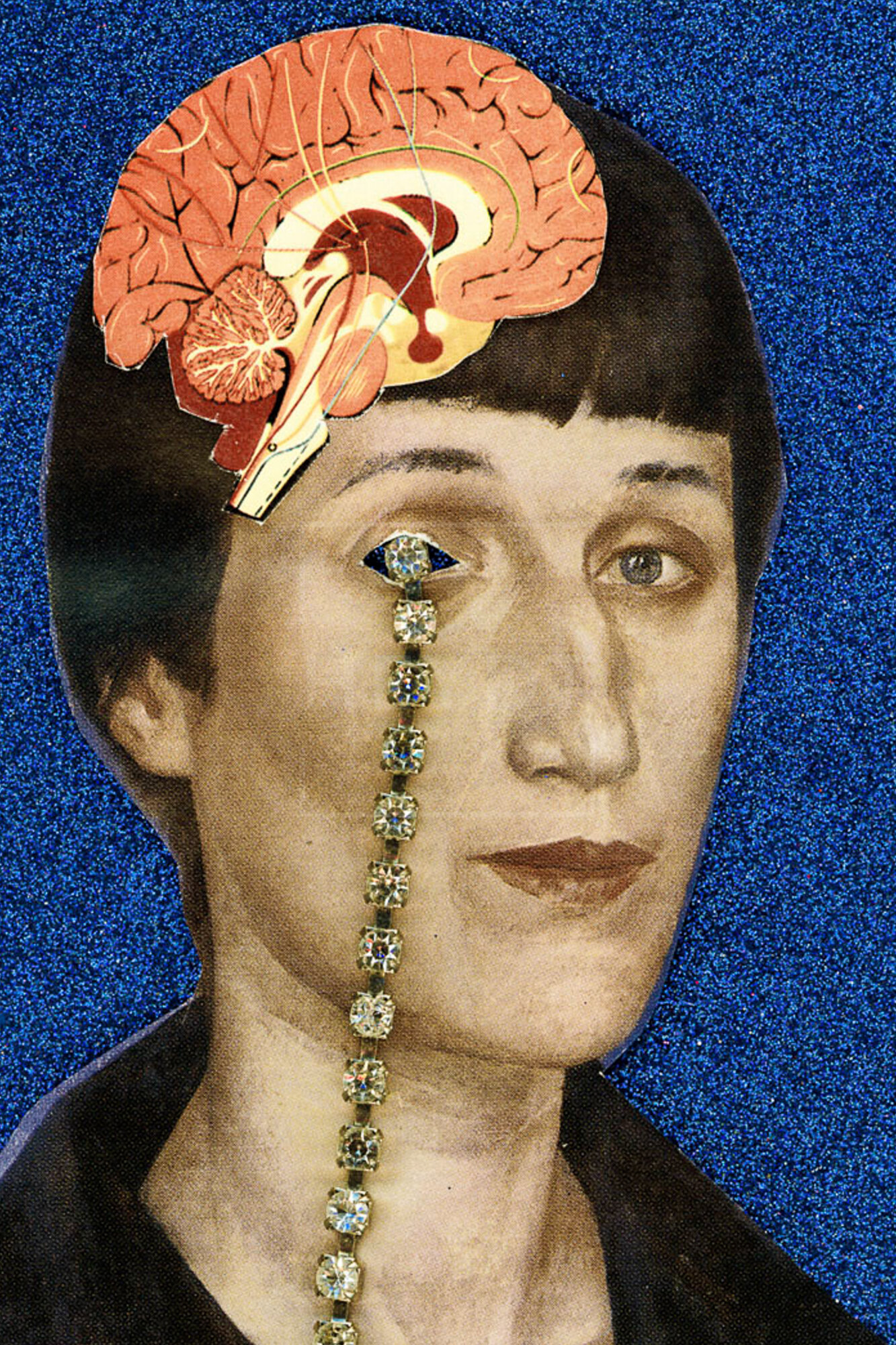
Your Face In Mine | HEYDT | 2020 | Analog Assemblage | 20in x 30in | Edition: $1500 | Original: $10,000

Your Face In Mine | HEYDT | 2020 | Analog Assemblage | 20in x 30in | Edition: $1500 | Original: $10,000

Your Face In Mine | HEYDT | 2020 | Analog Assemblage | 20in x 30in | Edition: $1500 | Original: $10,000

Your Face In Mine | HEYDT | 2020 | Analog Assemblage | 20in x 30in | Edition: $1500 | Original: $10,000
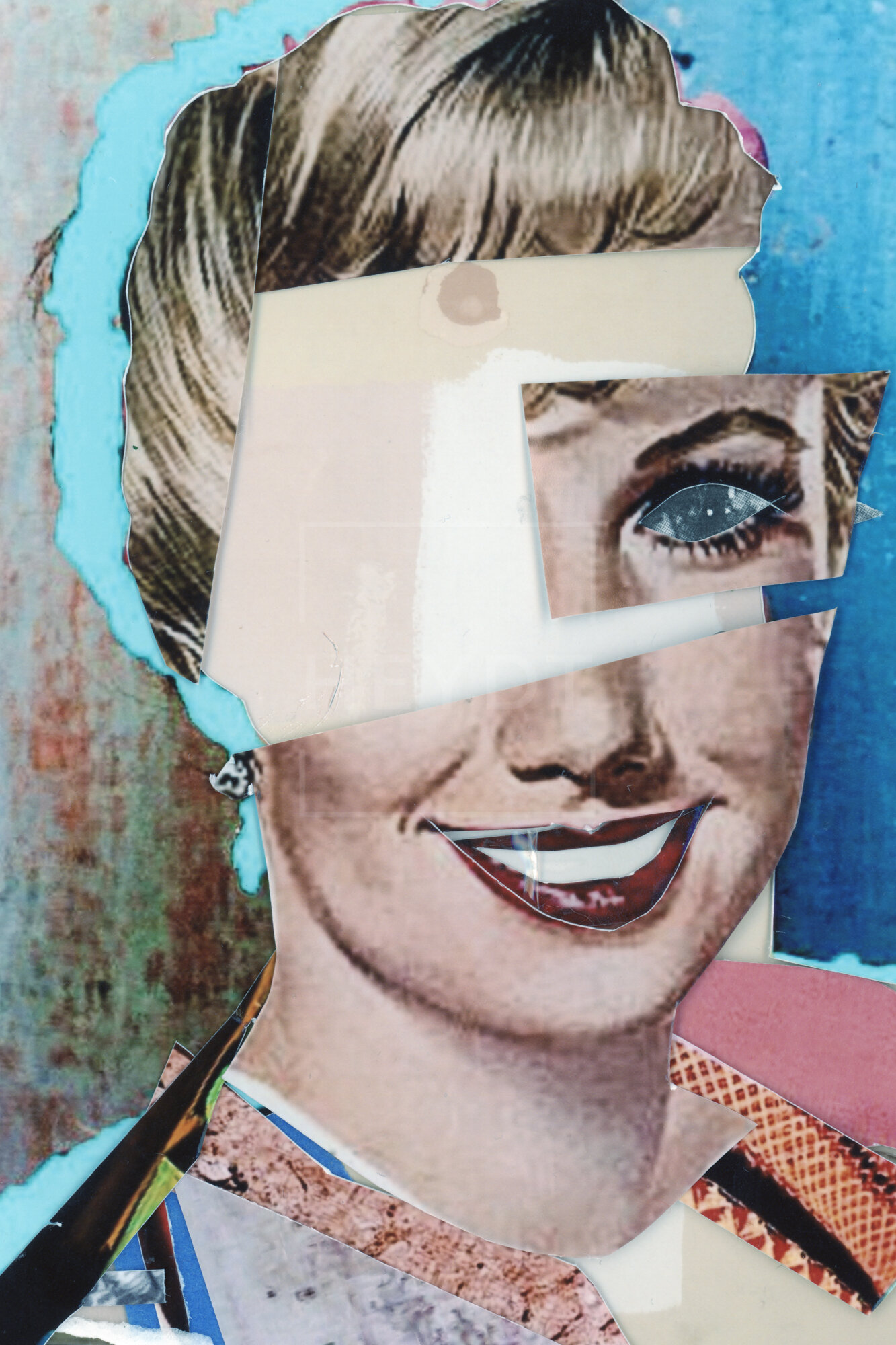
Your Face In Mine | HEYDT | 2020 | Analog Assemblage | 20in x 30in | Edition: $1500 | Original: $10,000
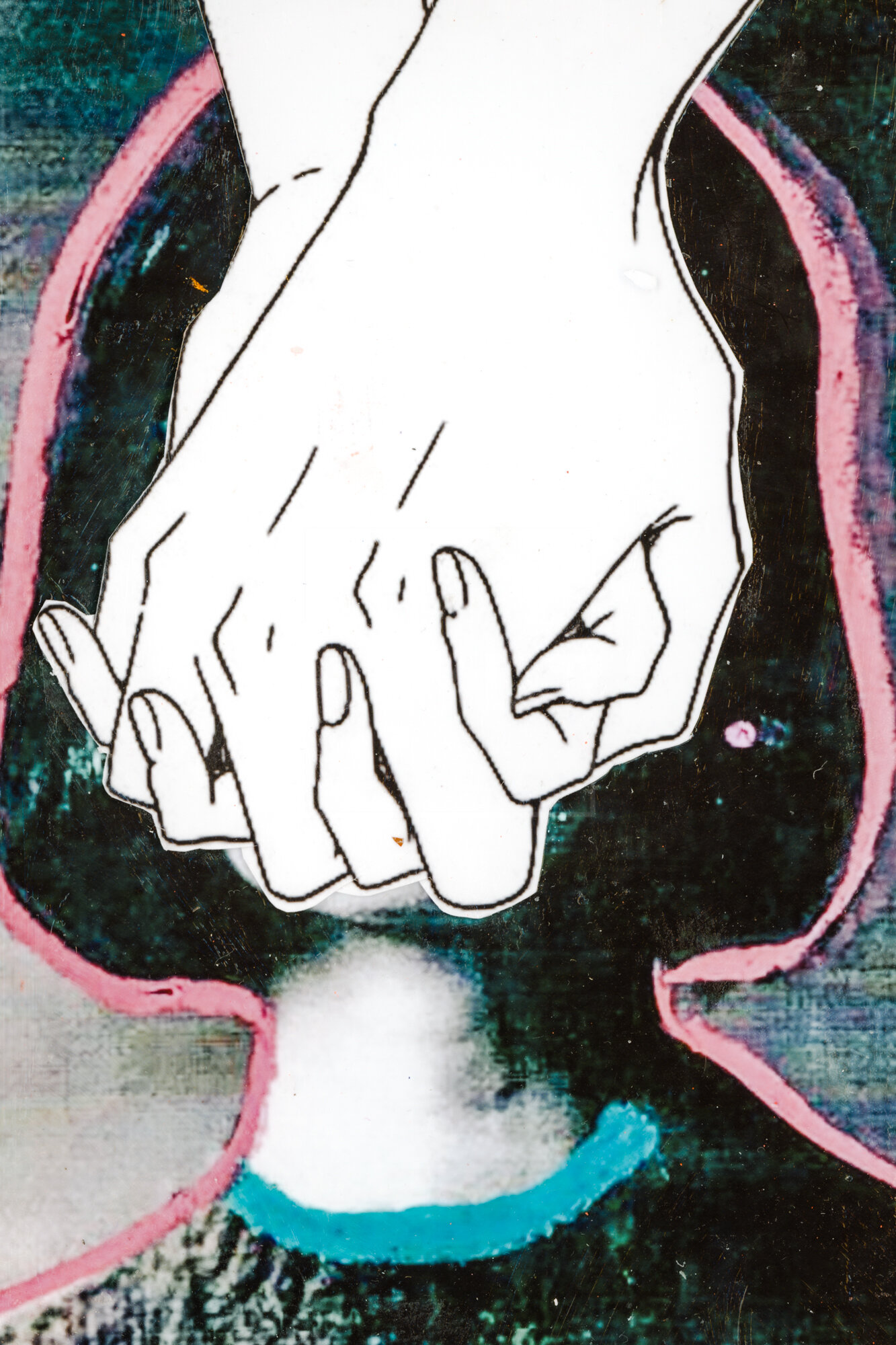
Your Face In Mine | HEYDT | 2020 | Analog Assemblage | 20in x 30in | Edition: $1500 | Original: $10,000
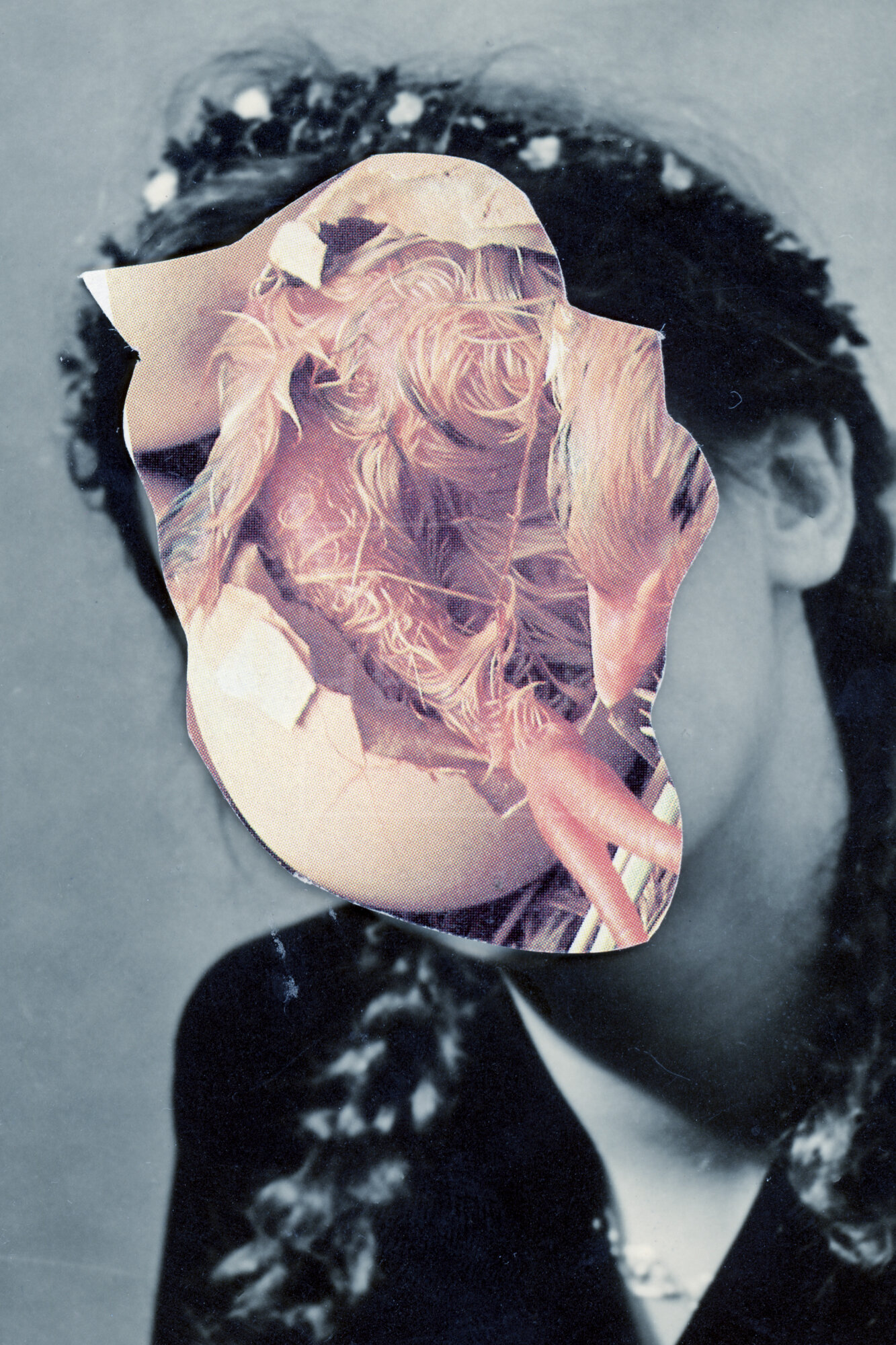
Your Face In Mine | HEYDT | 2020 | Analog Assemblage | 20in x 30in | Edition: $1500 | Original: $10,000

Your Face In Mine | HEYDT | 2020 | Analog Assemblage | 20in x 30in | Edition: $1500 | Original: $10,000

Your Face In Mine | HEYDT | 2020 | Analog Assemblage | 20in x 30in | Edition: $1500 | Original: $10,000

Your Face In Mine | HEYDT | 2020 | Analog Assemblage | 20in x 30in | Edition: $1500 | Original: $10,000
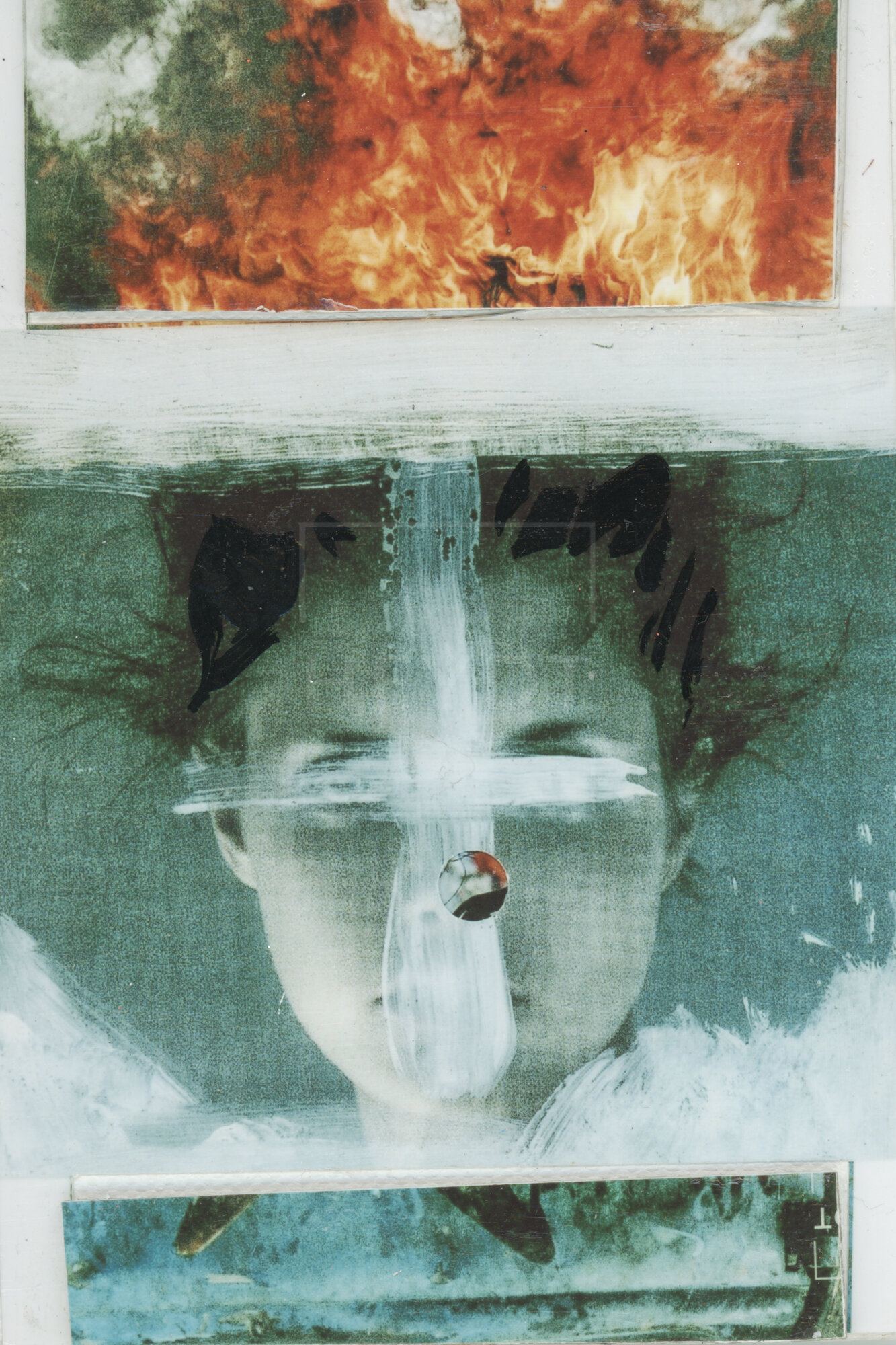
Your Face In Mine | HEYDT | 2020 | Analog Assemblage | 20in x 30in | Edition: $1500 | Original: $10,000

Your Face In Mine | HEYDT | 2020 | Analog Assemblage | 20in x 30in | Edition: $1500 | Original: $10,000
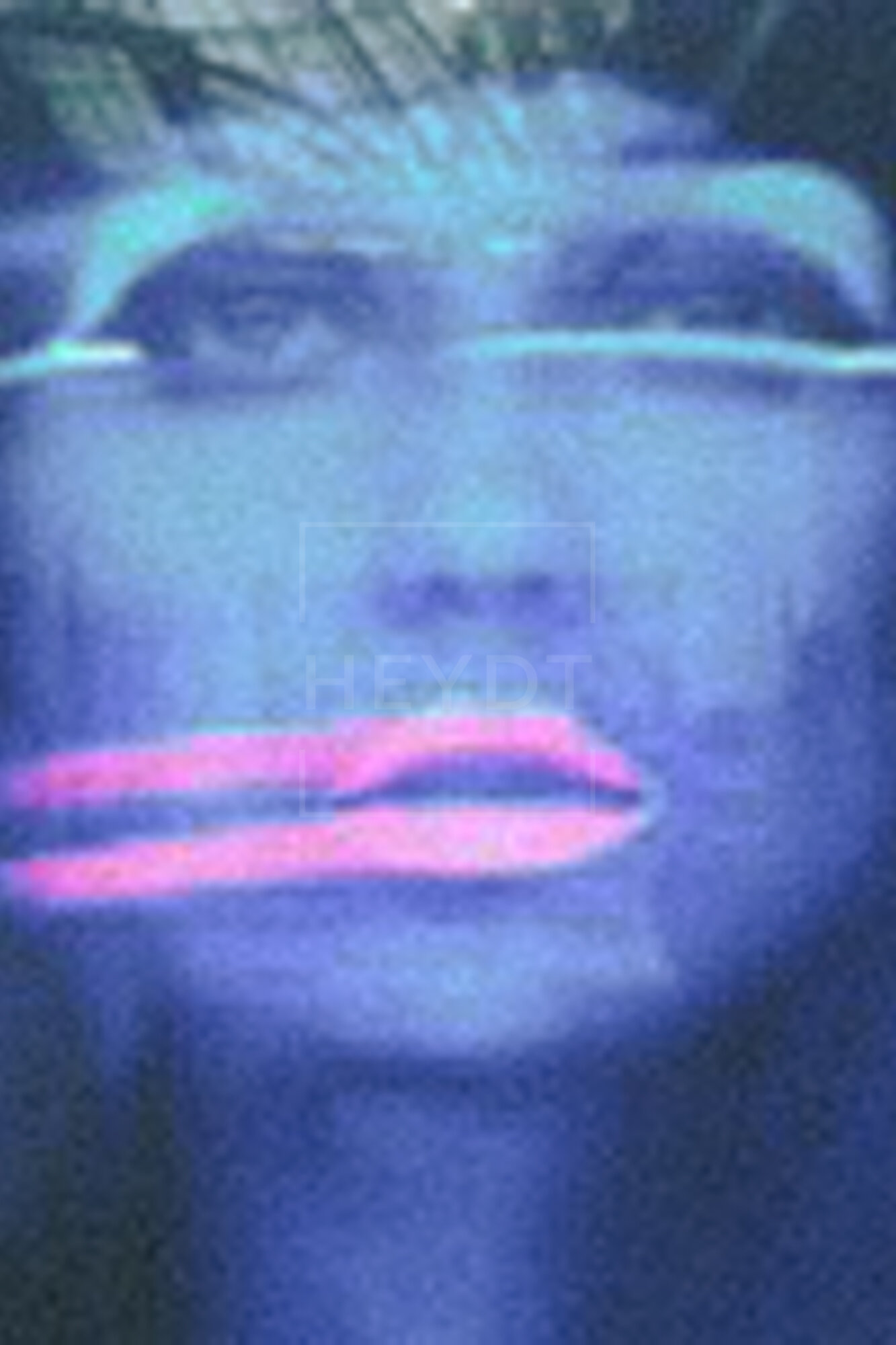
Your Face In Mine | HEYDT | 2020 | Analog Assemblage | 20in x 30in | Edition: $1500 | Original: $10,000
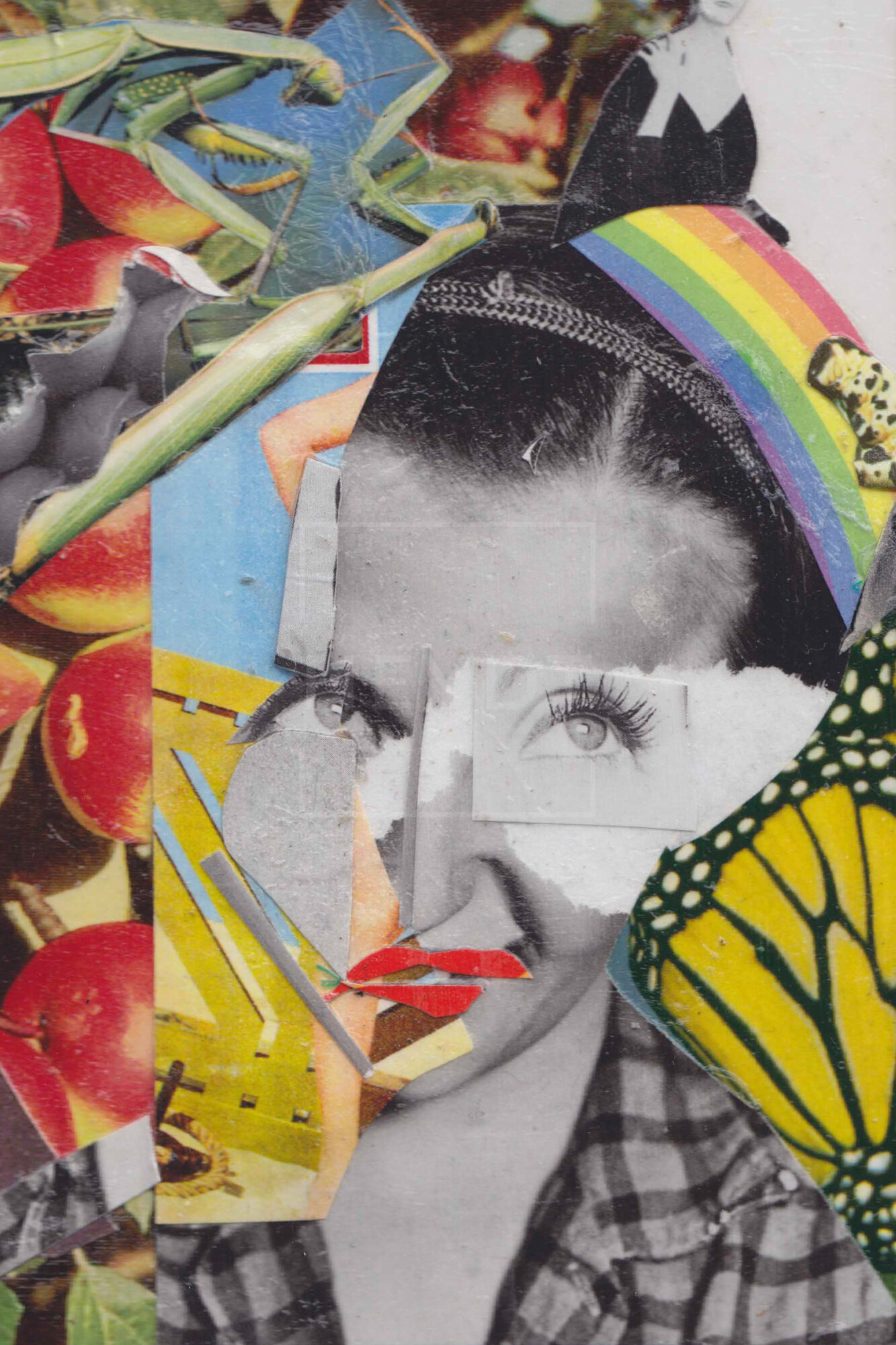
Your Face In Mine | HEYDT | 2020 | Analog Assemblage | 20in x 30in | Edition: $1500 | Original: $10,000

Your Face In Mine | HEYDT | 2020 | Analog Assemblage | | Edition: 10x16in -$1800 | Original: 20in x 30in - $10,000
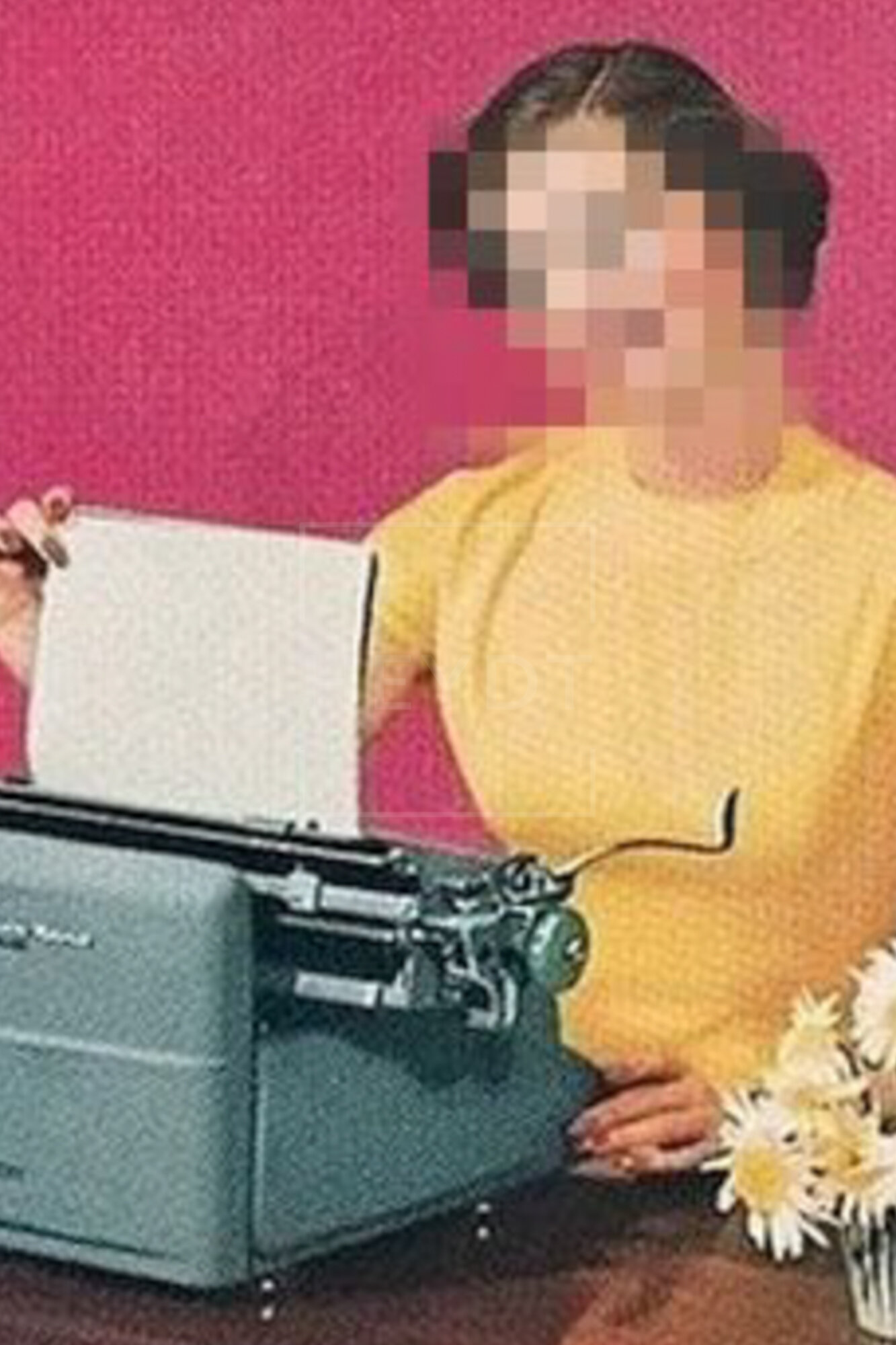
Your Face In Mine | HEYDT | 2020 | Analog Assemblage | 20in x 30in | Edition: $1500 | Original: $10,000

Your Face In Mine | HEYDT | 2020 | Analog Assemblage | 20in x 30in | Edition: $1500 | Original: $10,000
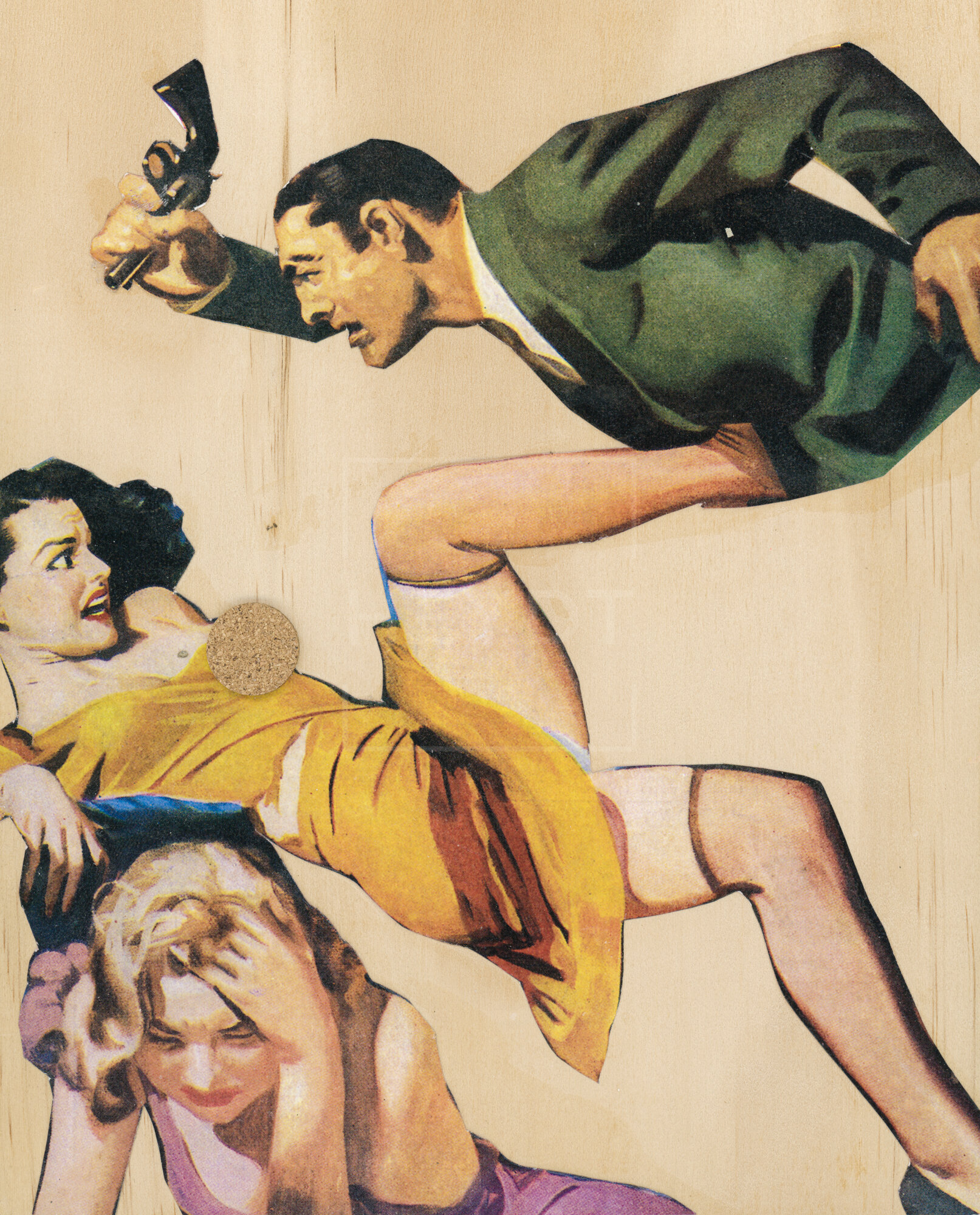
Love is Like Falling-HEYDT-2020-Mixed Media On Panel-8x10in-$1000
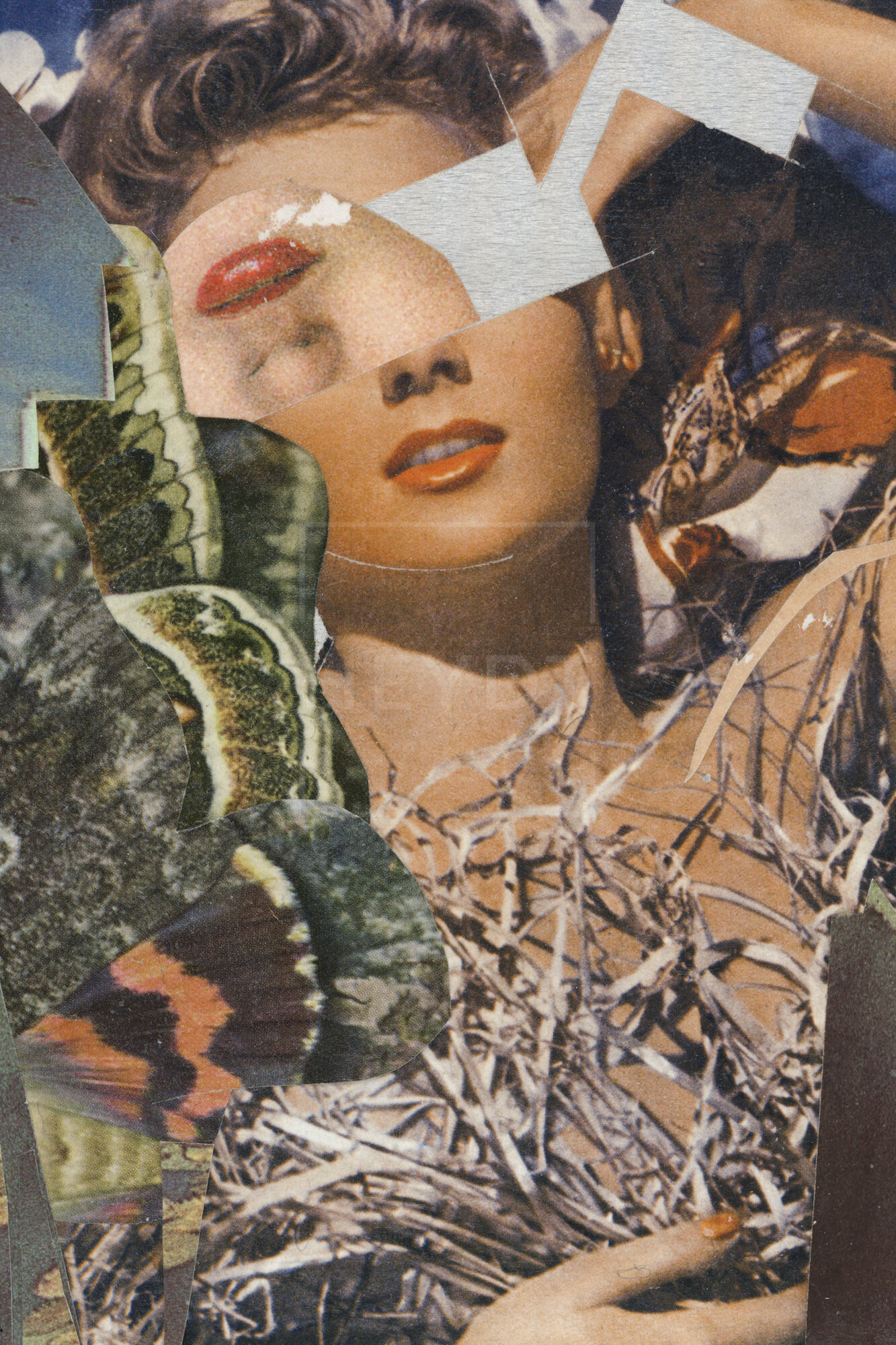
Your Face In Mine | HEYDT | 2020 | Analog Assemblage | 20in x 30in | Edition: $1500 | Original: $10,000
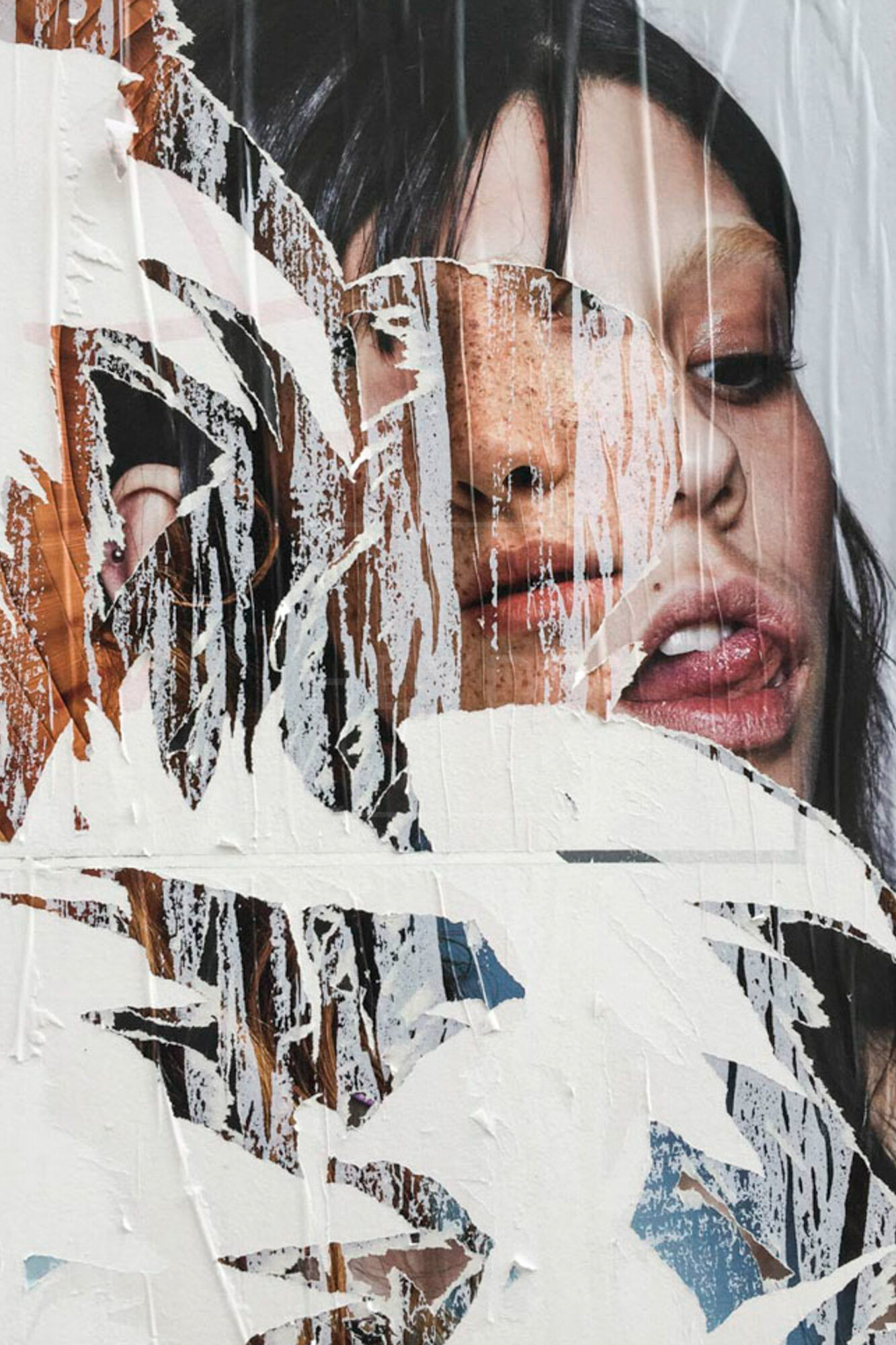
Your Face In Mine | HEYDT | 2020 | Analog Assemblage | 24in x 36in | Edition: $4200 | Original: $10,000
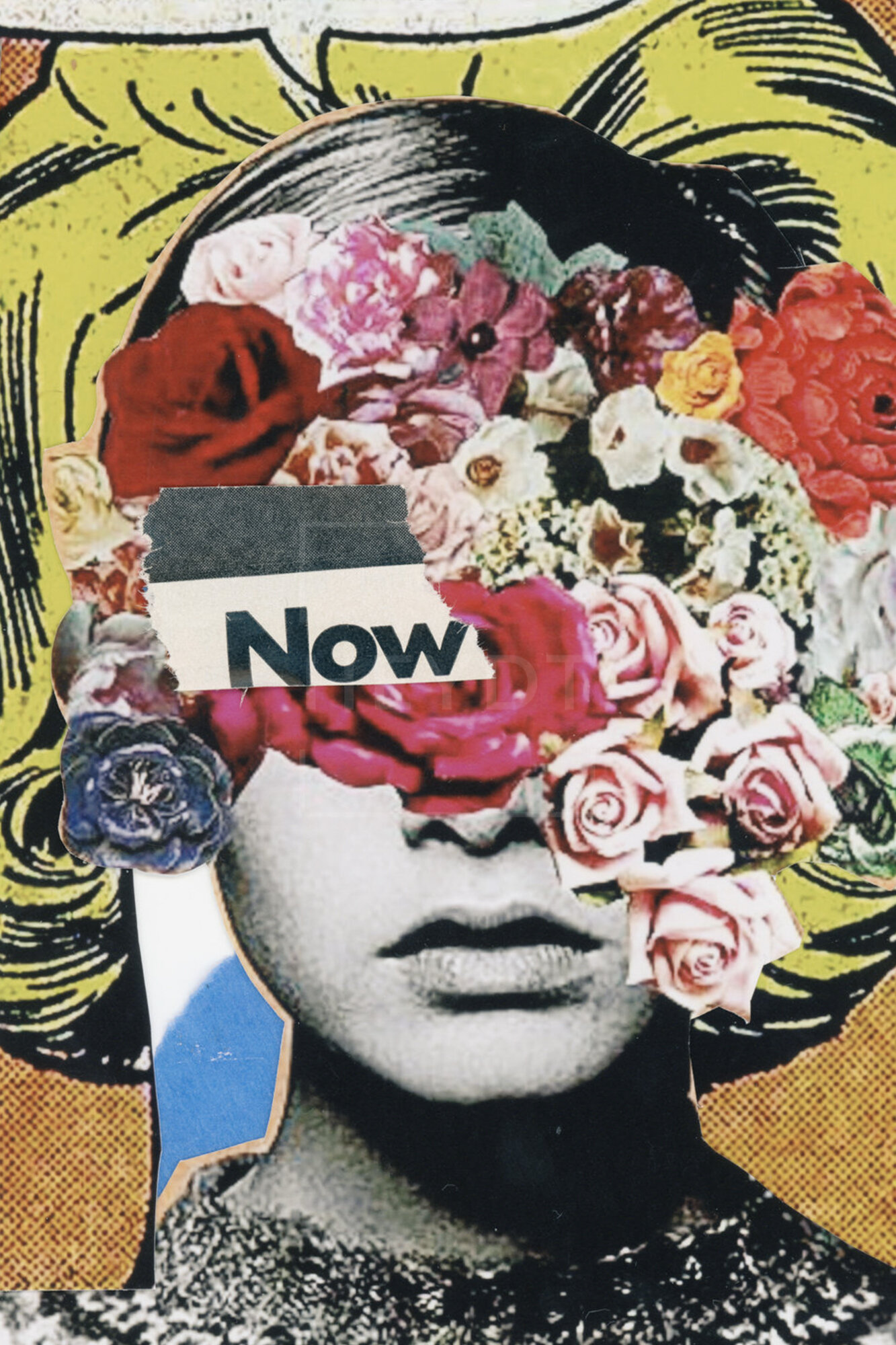
Your Face In Mine | HEYDT | 2020 | Analog Assemblage | 20in x 30in | Edition: $1500 | Original: $10,000
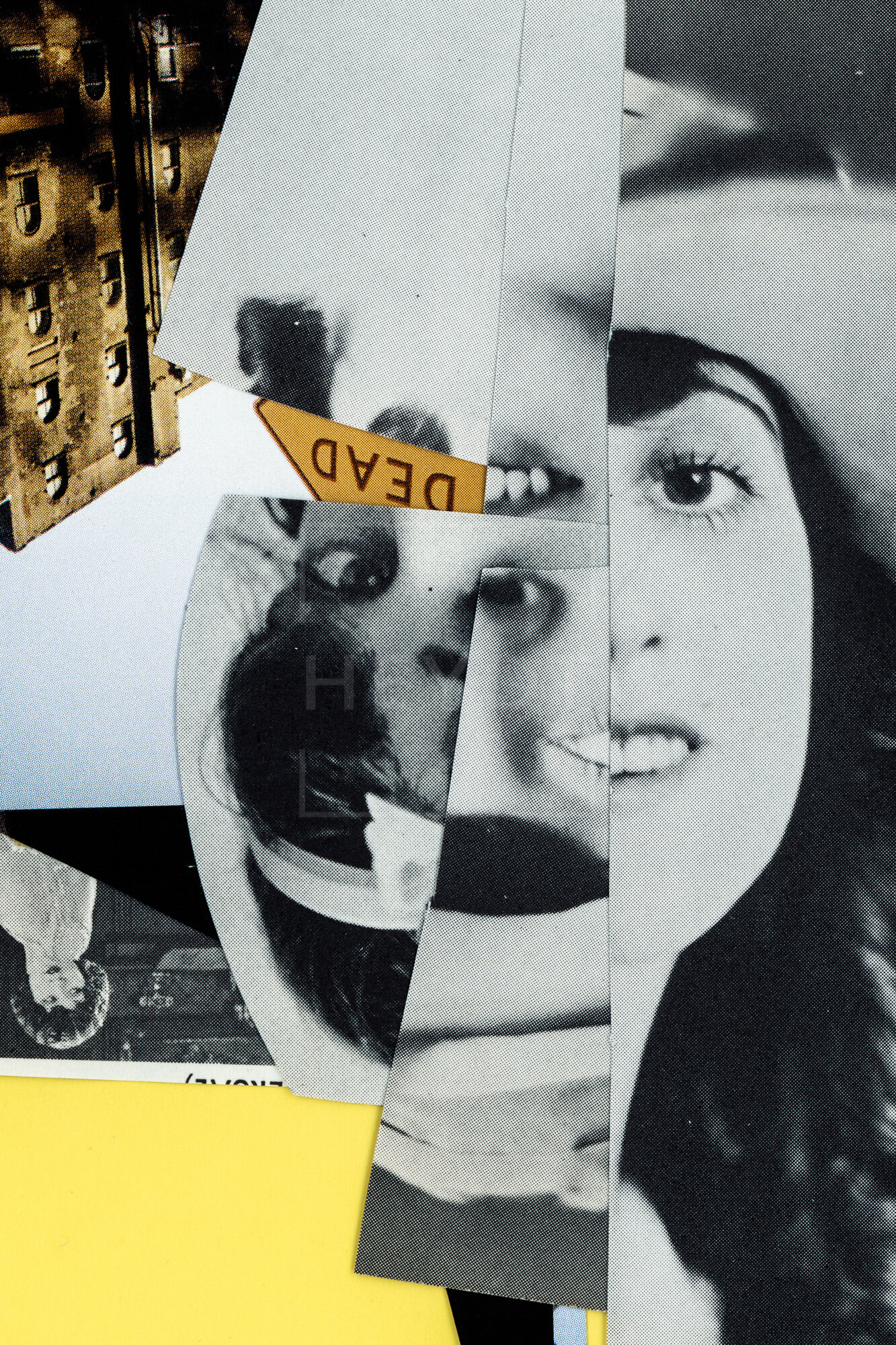
Your Face In Mine | HEYDT | 2020 | Analog Assemblage | 20in x 30in | Edition: $1500 | Original: $10,000
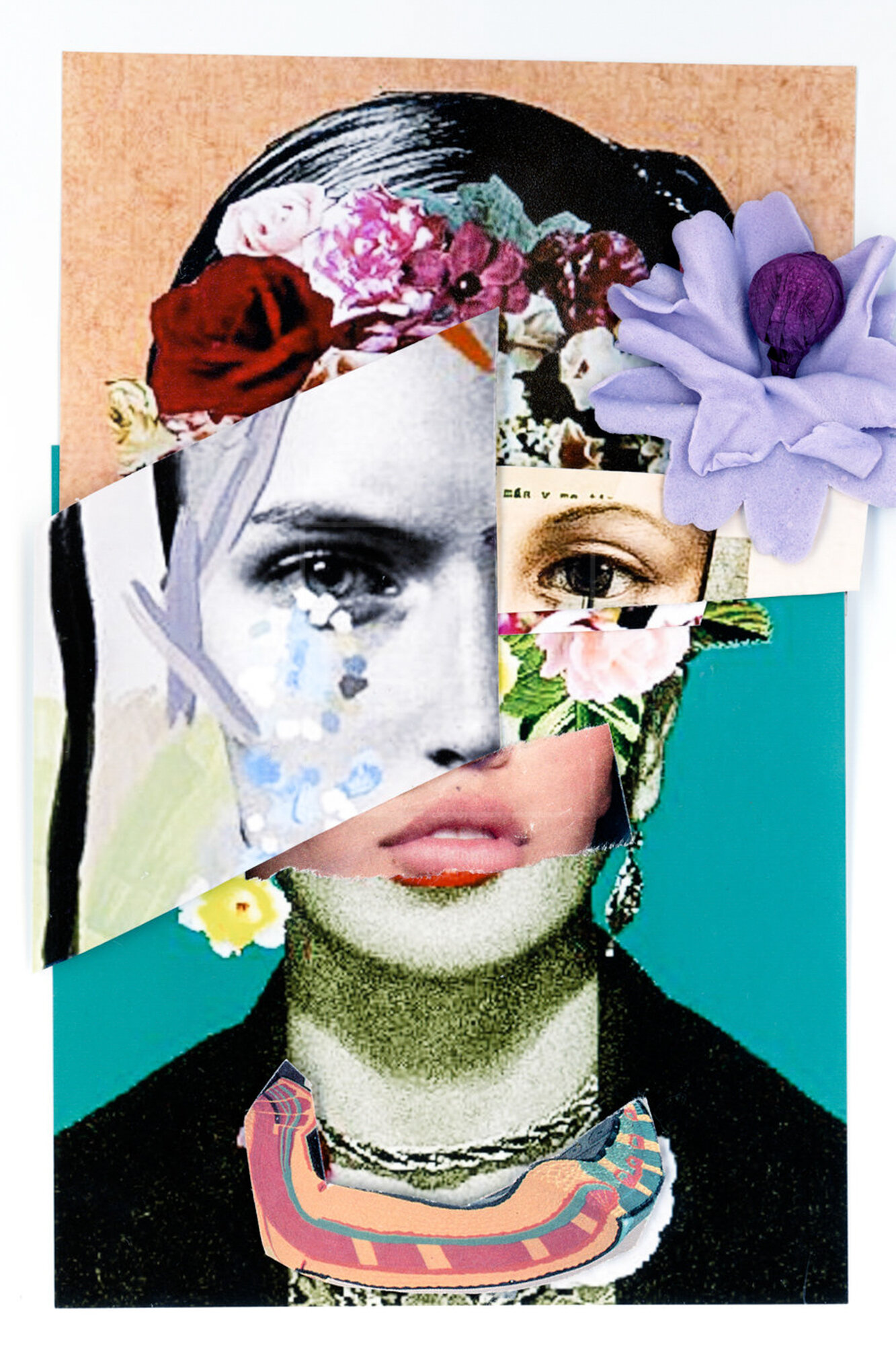
Your Face In Mine | HEYDT | 2020 | Analog Assemblage | | Edition: $5x7in -$700 | Original: 20in x 30in - $10,000
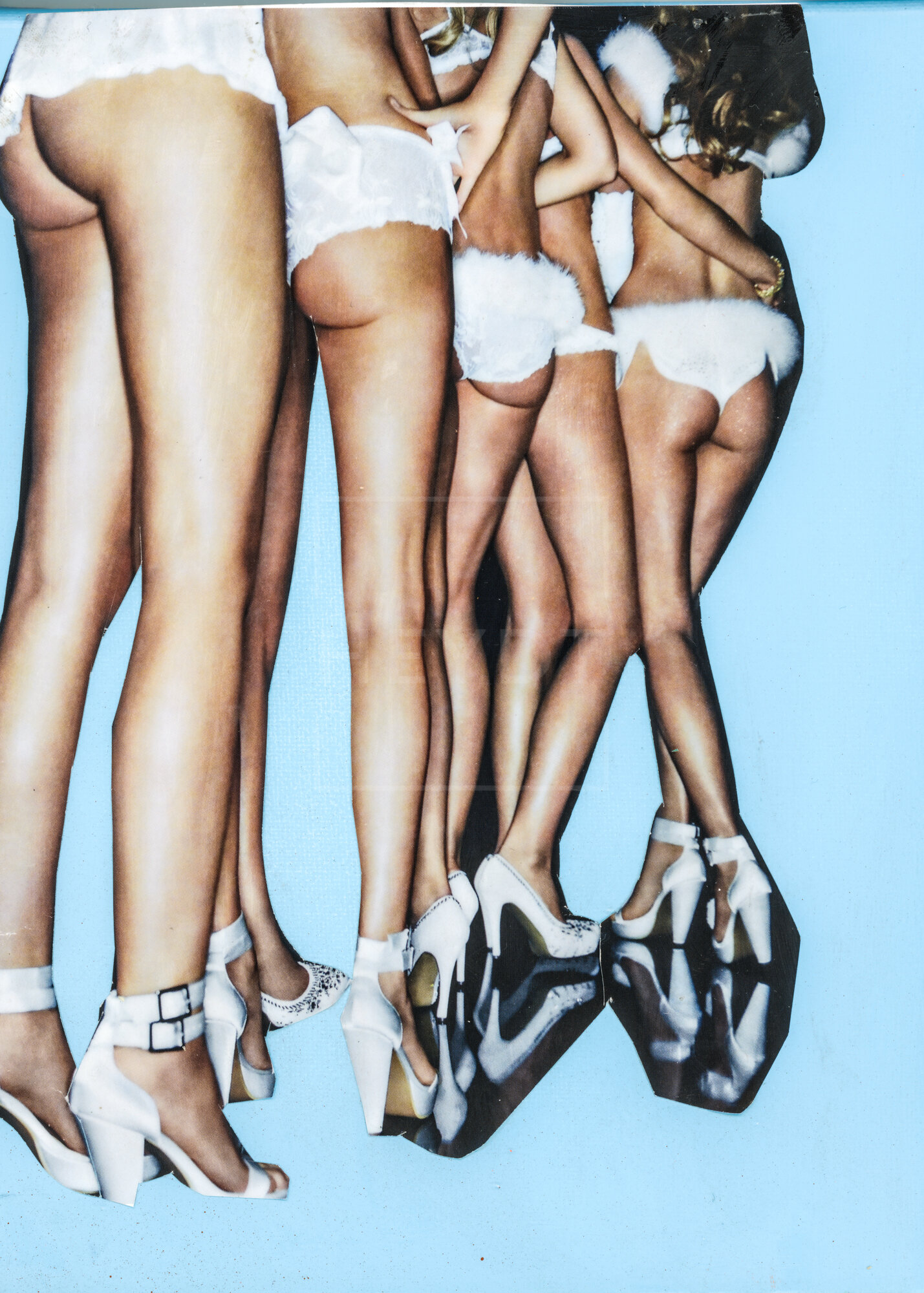
Interchangeable Faces | HEYDT | 2019 | Analog Assemblage | 20in x 30in | $17,500

Your Face In Mine | HEYDT | 2020 | Analog Assemblage | 20in x 30in | Edition: $1500 | Original: $10,000

Your Face In Mine | HEYDT | 2020 | Analog Assemblage | 20in x 30in | Edition: $1500 | Original: $10,000
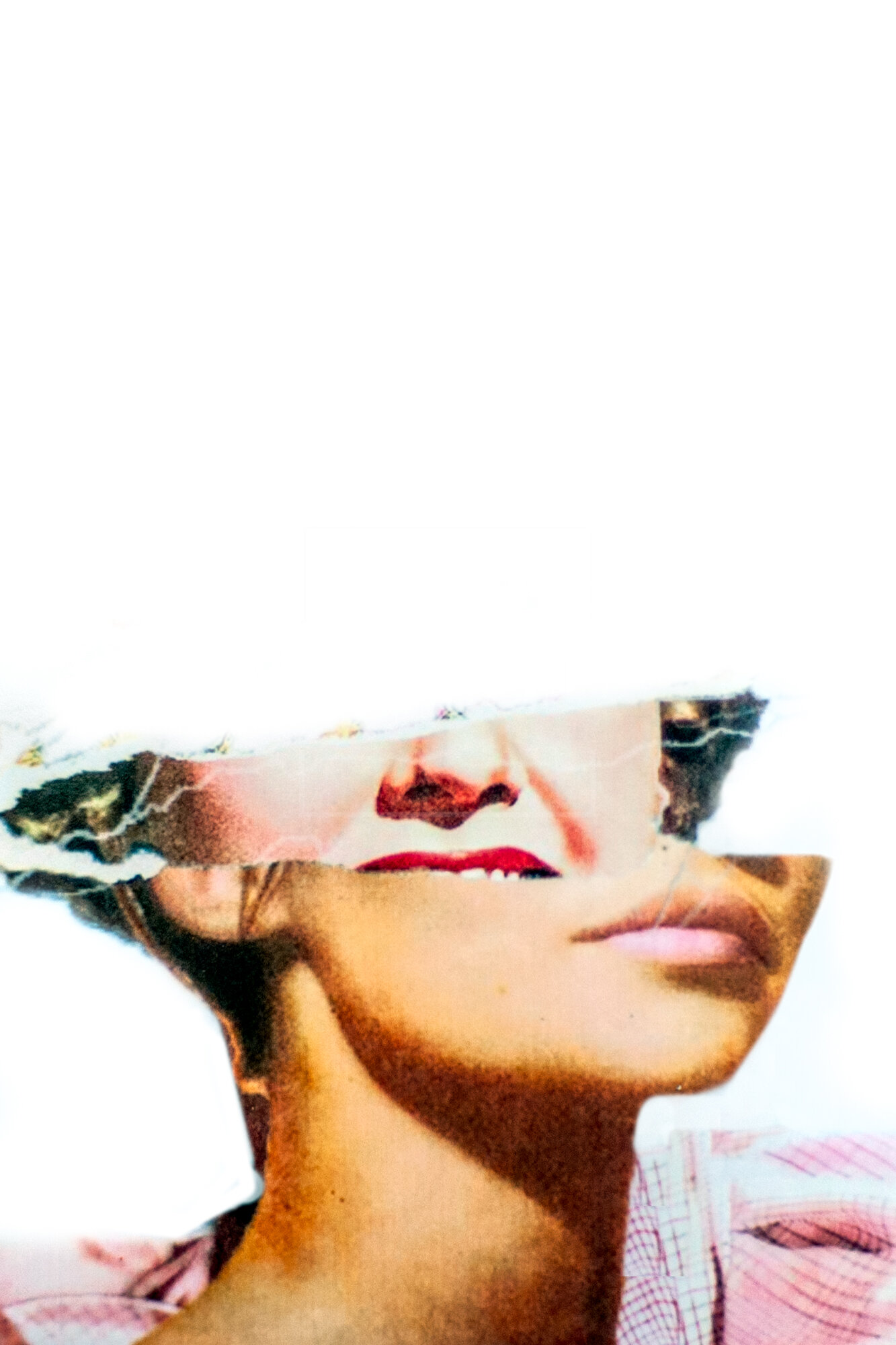
Your Face In Mine | HEYDT | 2020 | Analog Assemblage | 20in x 30in | Edition: $1500 | Original: $10,000
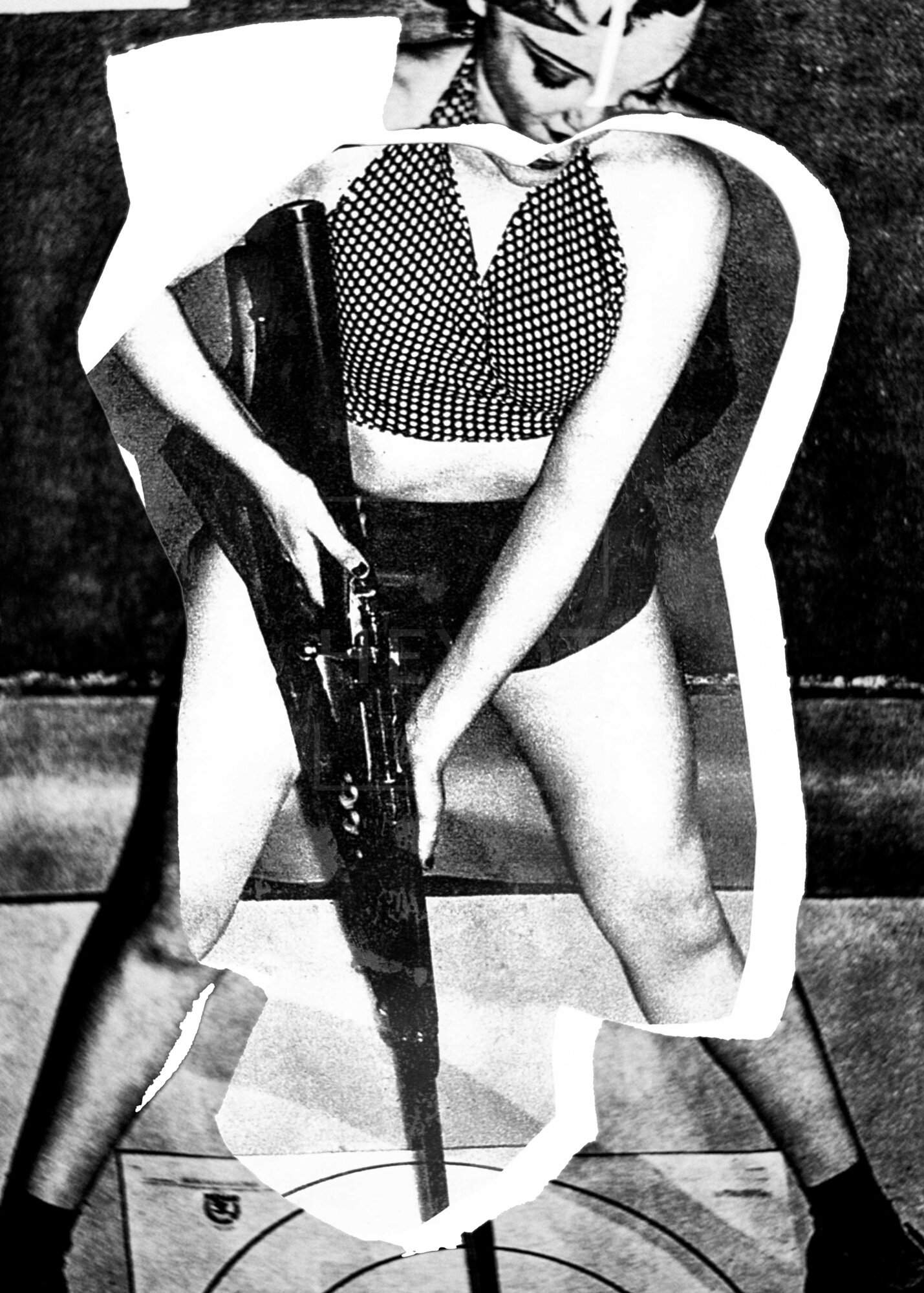
Interchangeable Faces | HEYDT | 2019 | Analog Assemblage | 20in x 30in | $17,500

Interchangeable Faces | HEYDT | 2019 |
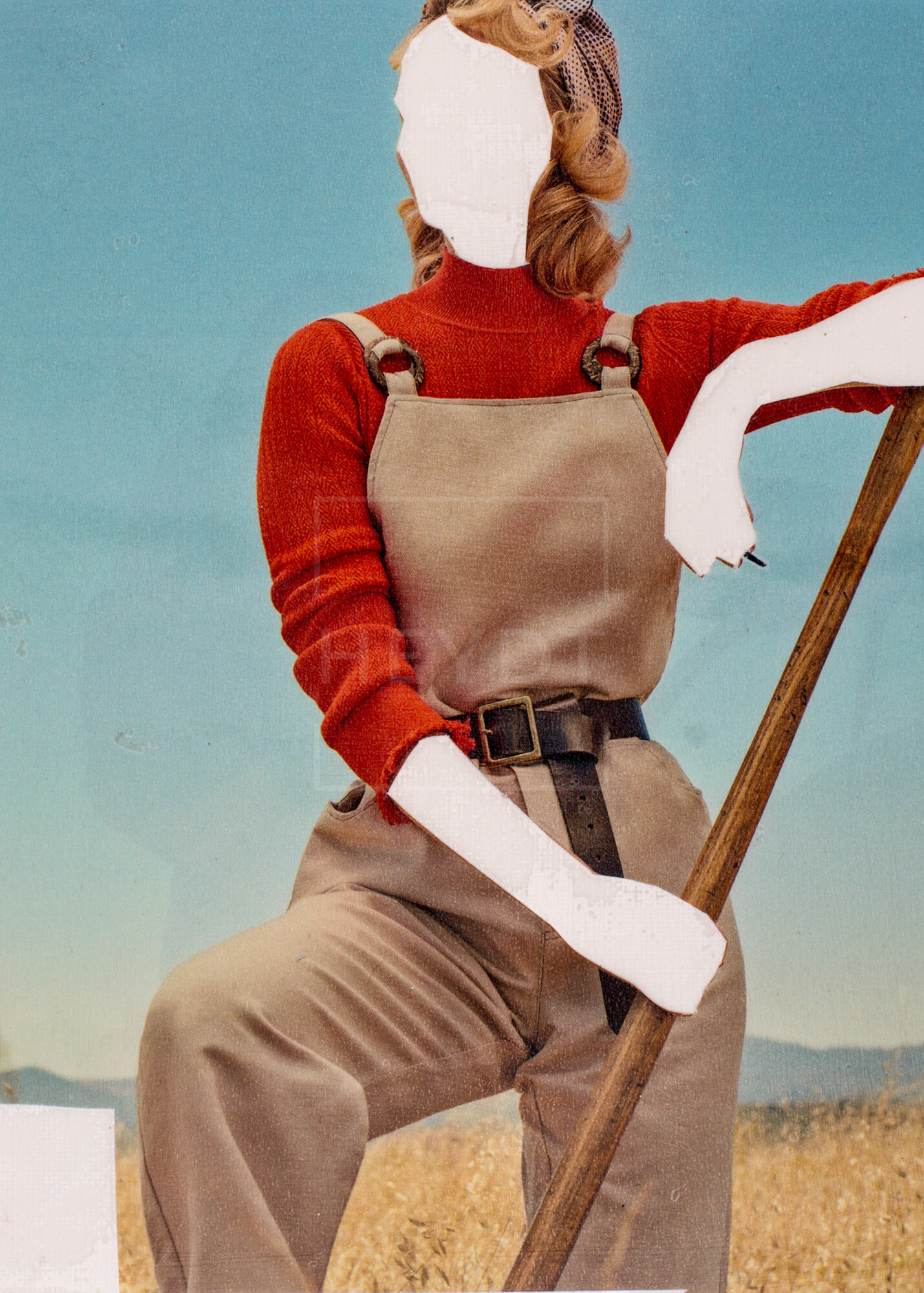
Interchangeable Faces | HEYDT | 2019 | Analog Assemblage | 20in x 30in | $17,500
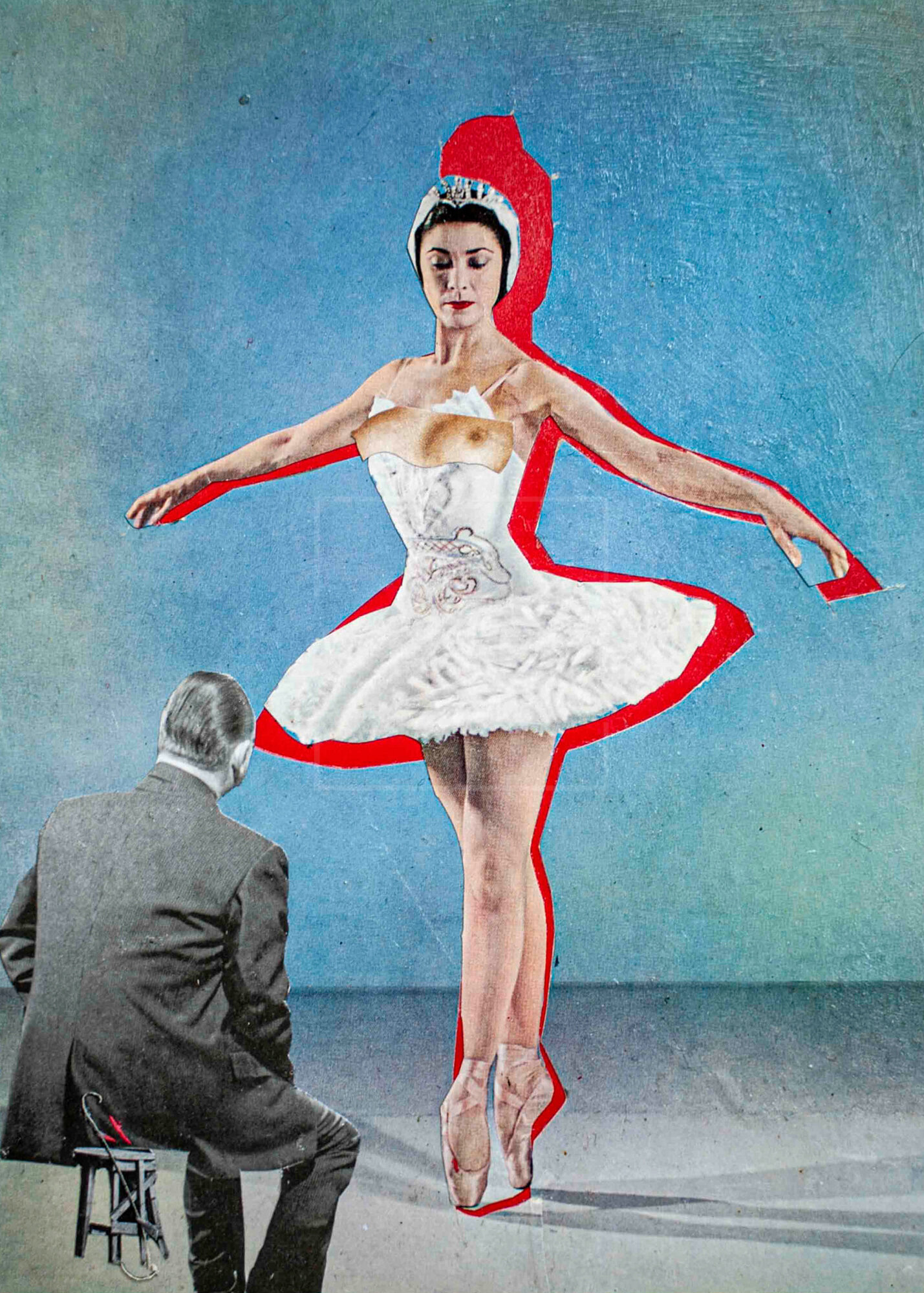
Interchangeable Faces | HEYDT | 2019 | Analog Assemblage | 20in x 30in | $17,500
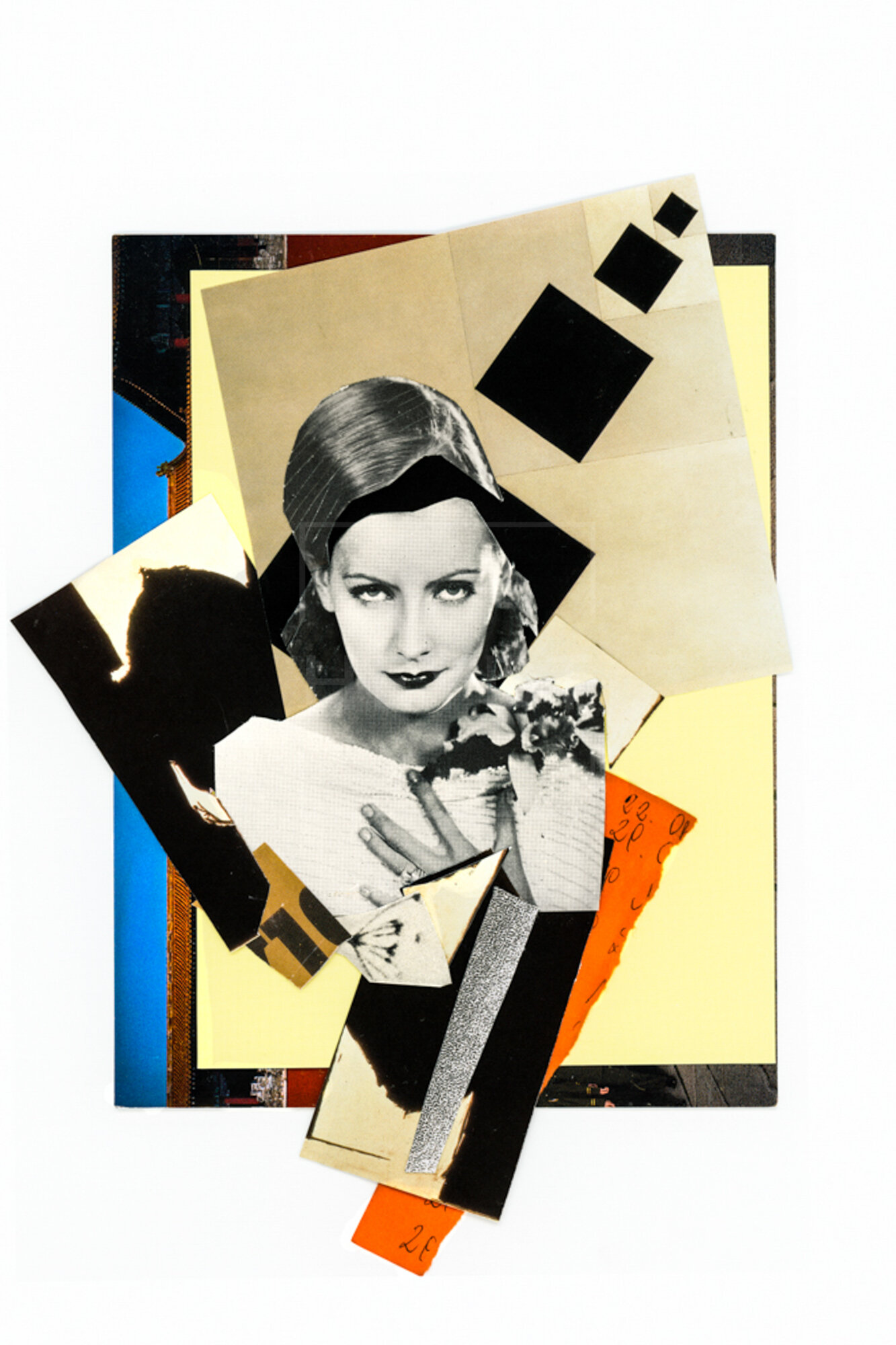
Your Face In Mine | HEYDT | 2020 | Analog Assemblage | 20in x 30in | Edition: $1500 | Original: $10,000
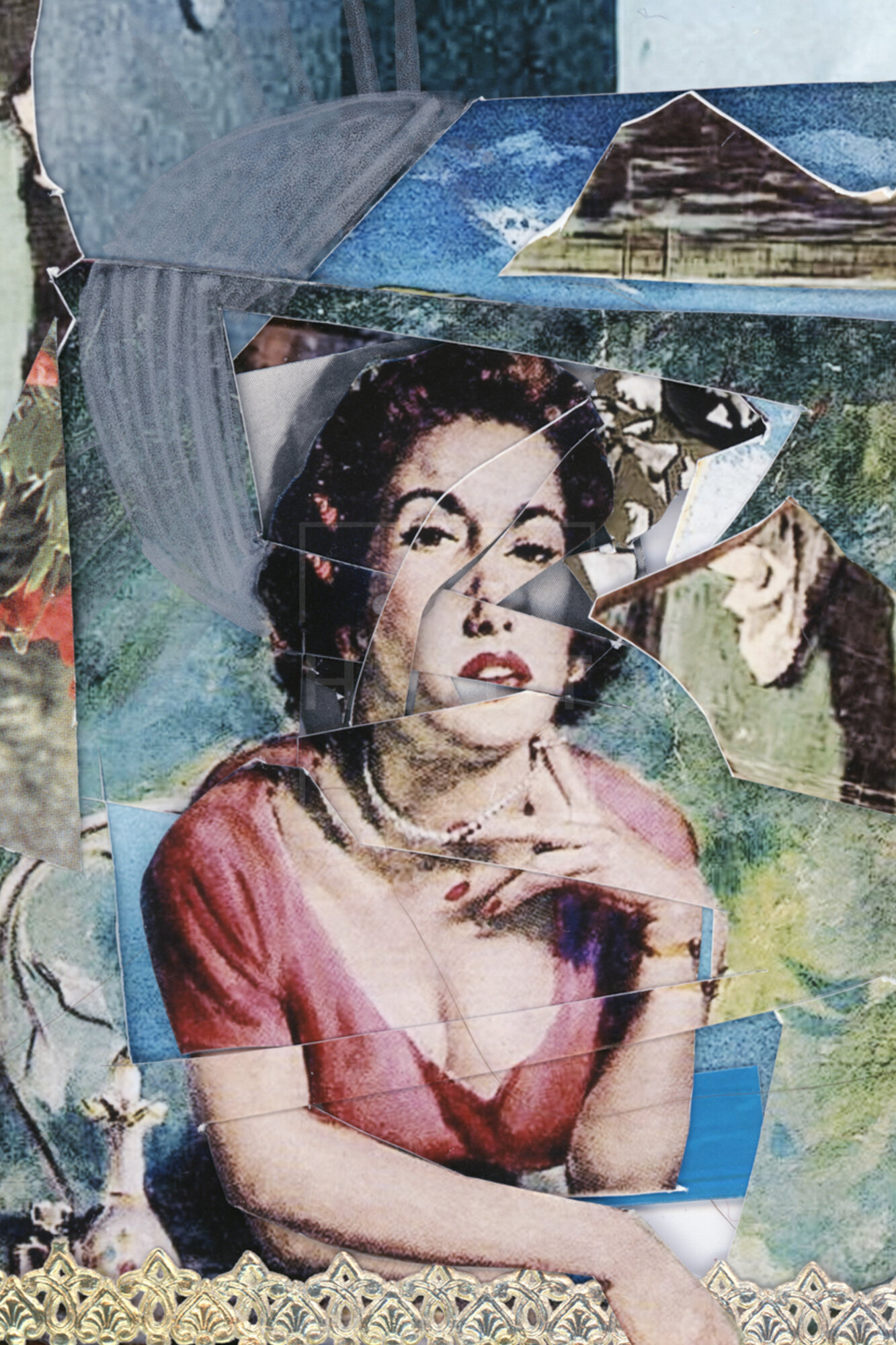
Your Face In Mine | HEYDT | 2020 | Analog Assemblage | 20in x 30in | Edition: $1500 | Original: $10,000

Interchangeable Faces | HEYDT | 2019 | 20in x 30in | $7500
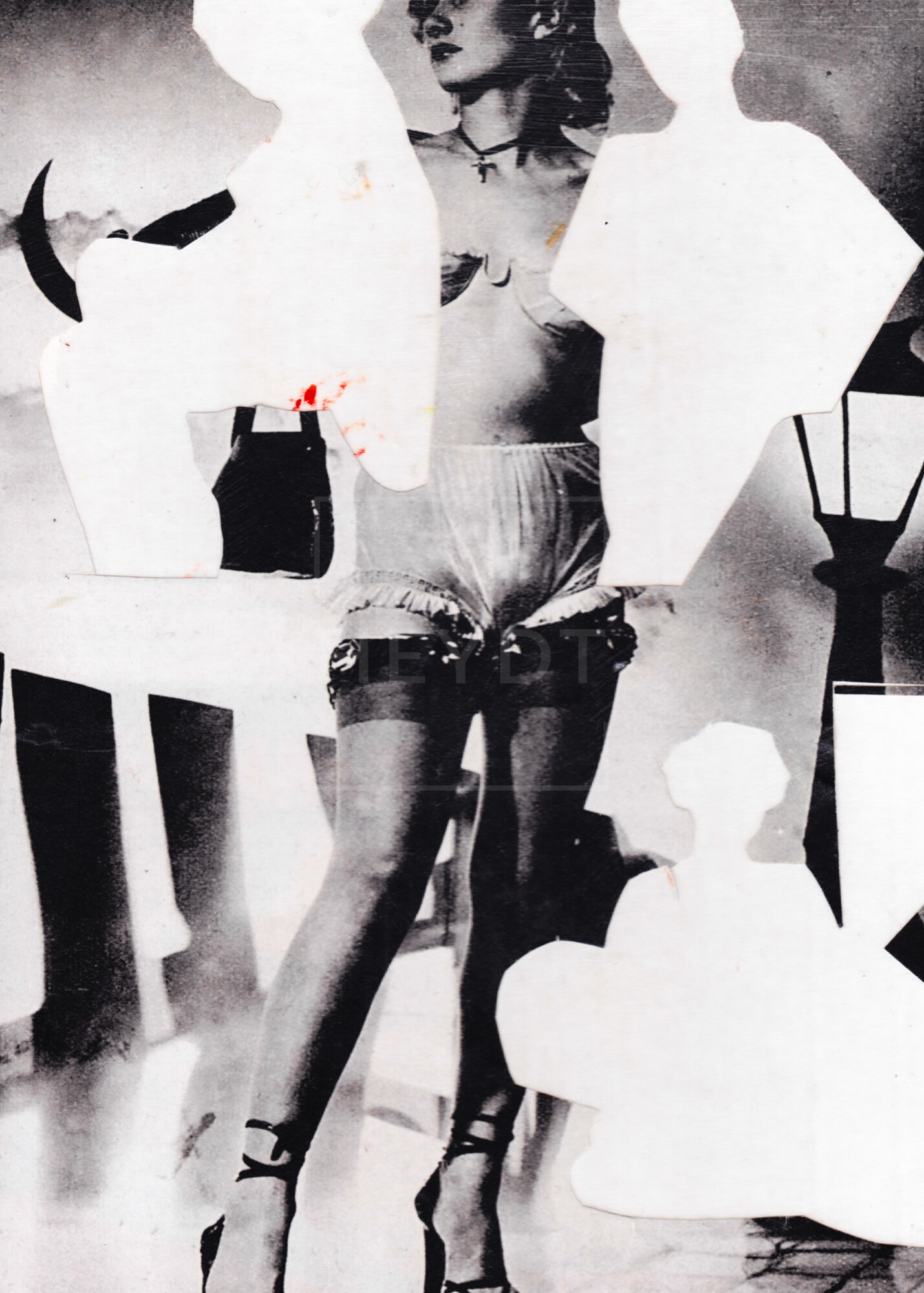
Interchangeable Faces | HEYDT | 2019 | Analog Assemblage | 20in x 30in | $17,500

Interchangeable Faces | HEYDT | 2019 | Analog Assemblage | 20in x 30in | $17,500

Interchangeable Faces | HEYDT | 2019 | Analog Assemblage | 20in x 30in | $17,500
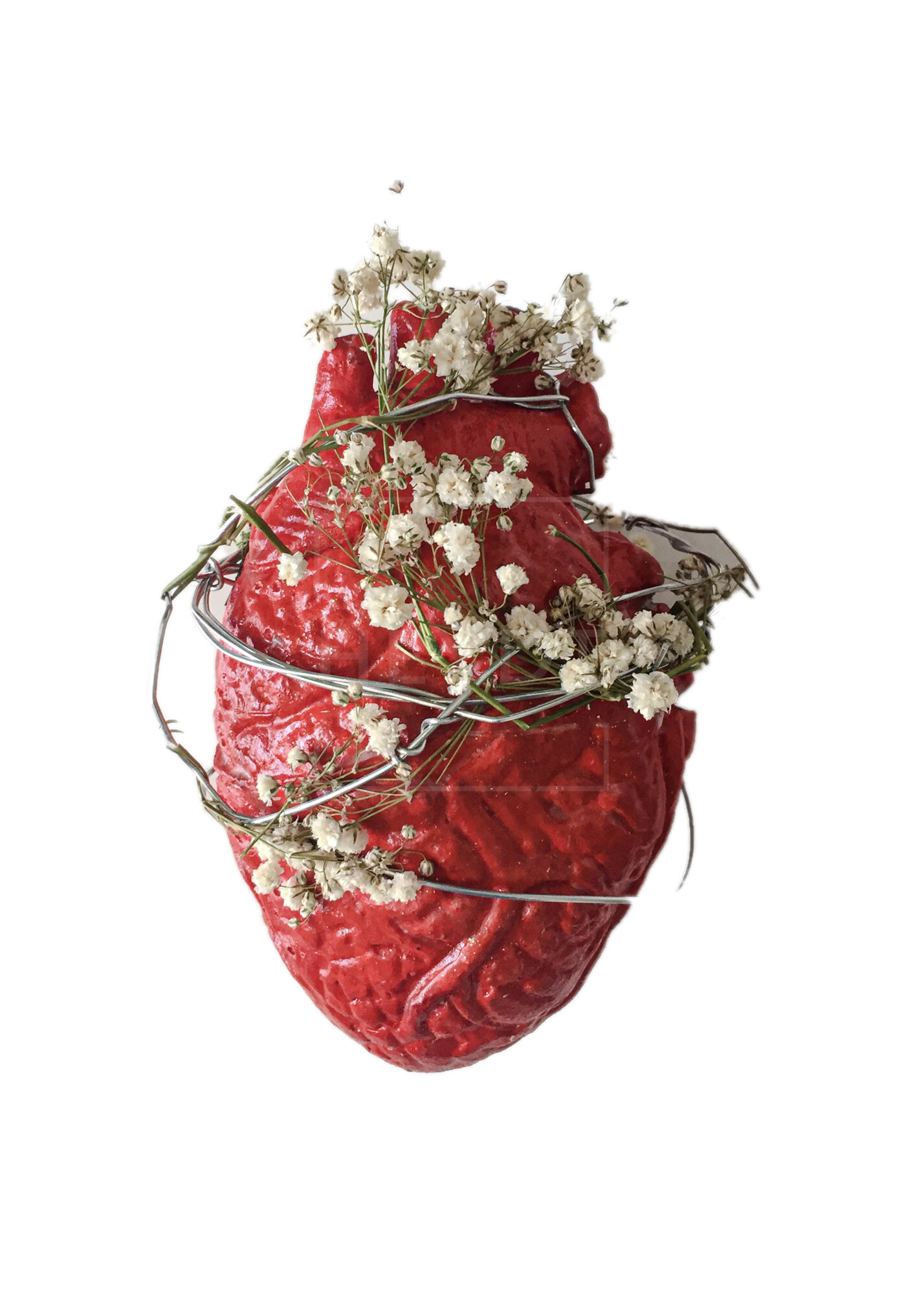
Love is Like Falling-HEYDT-2020-Sculpture-5x3x2in-$300
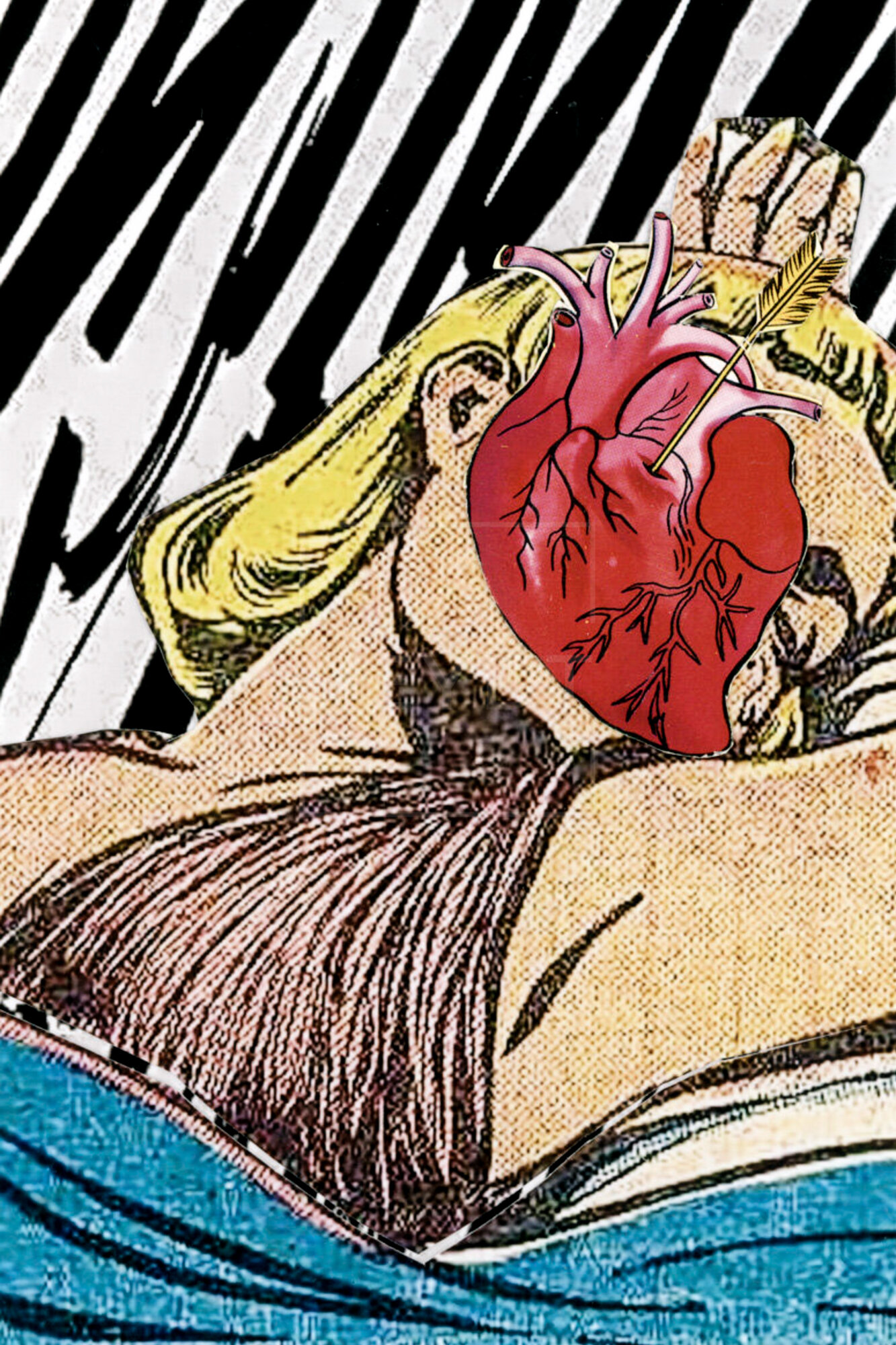
Love is Like Falling-HEYDT-2020-MixedMediaOnPanel-20x30in-$3000
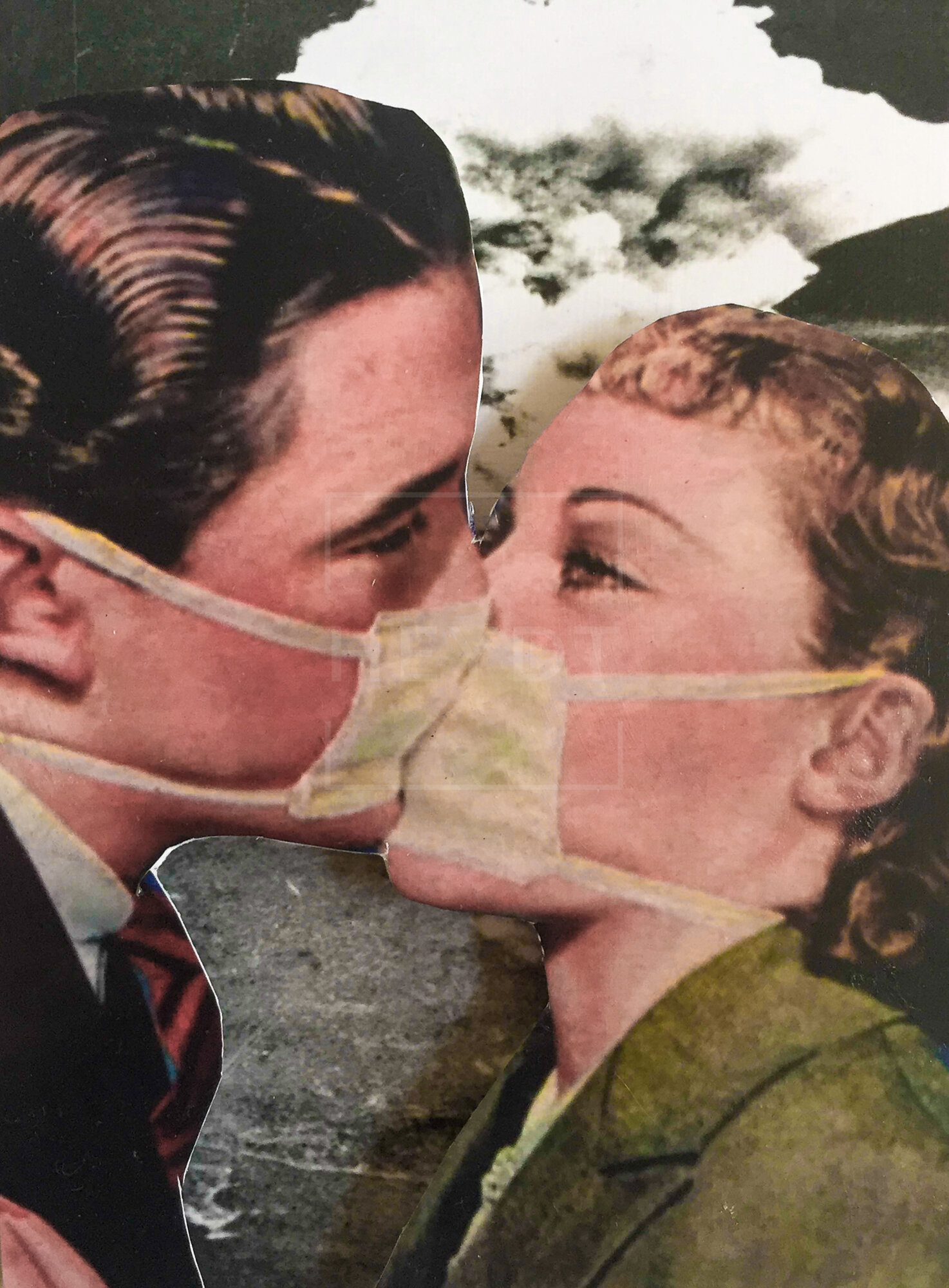
Love is like falling-HEYDT-2020-OriginalMixedMediaonPanel-12x25inches-$3000
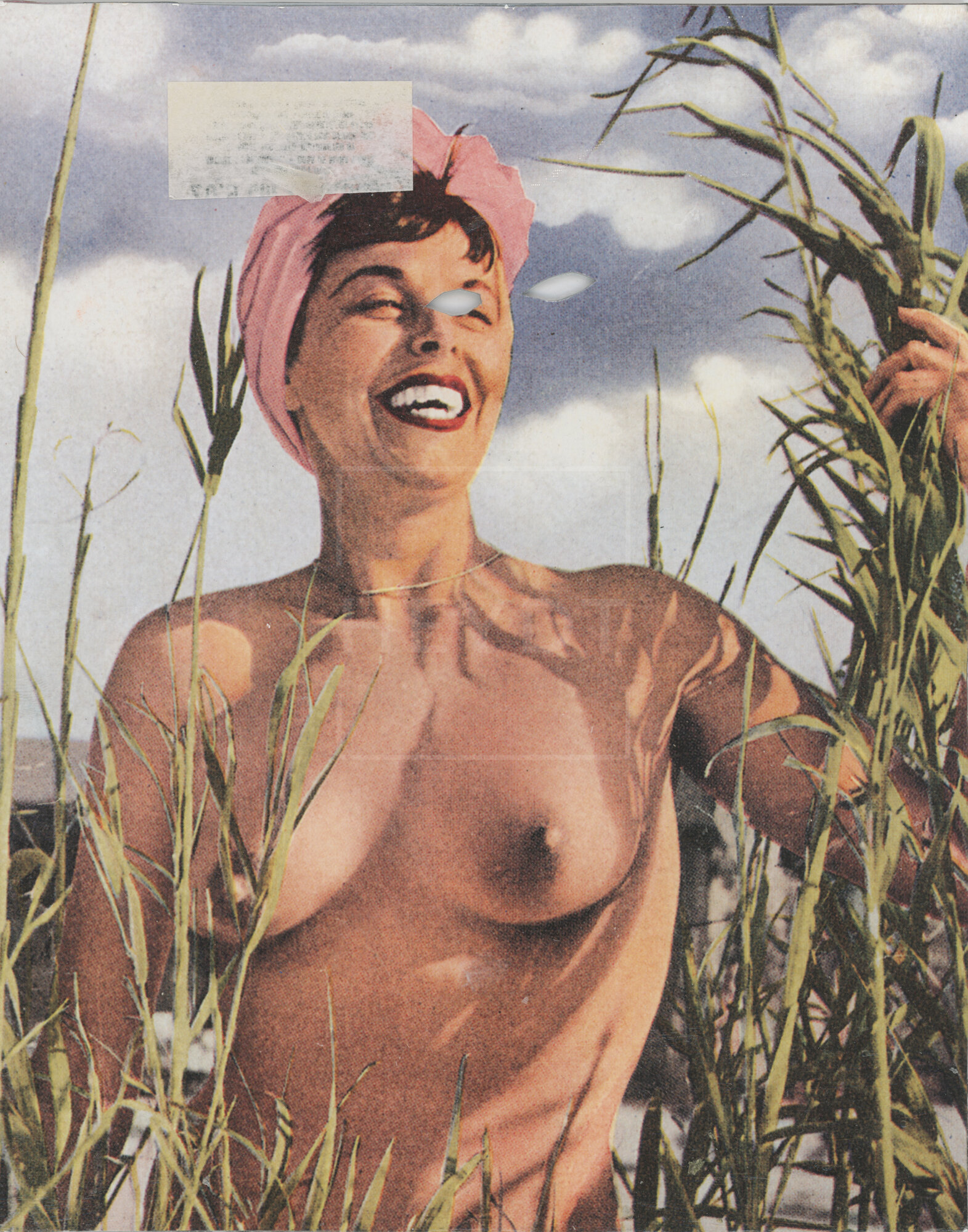
Interchangeable Faces | HEYDT | 2019 | Analog Assemblage | 20in x 30in | $17,500
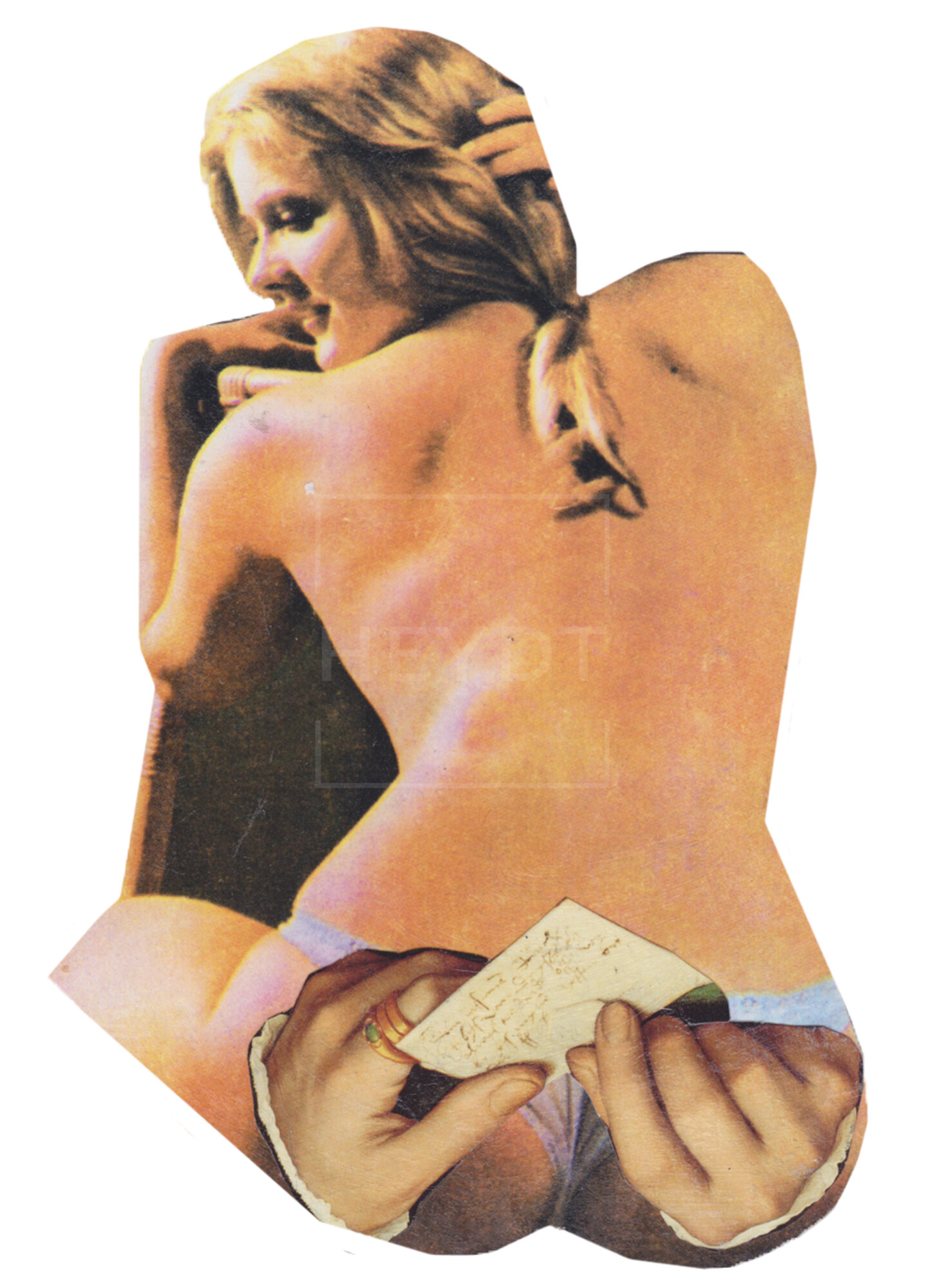
Reification | HEYDT | 2020 | Mixed Media Metal | 8 x 12in | $2000
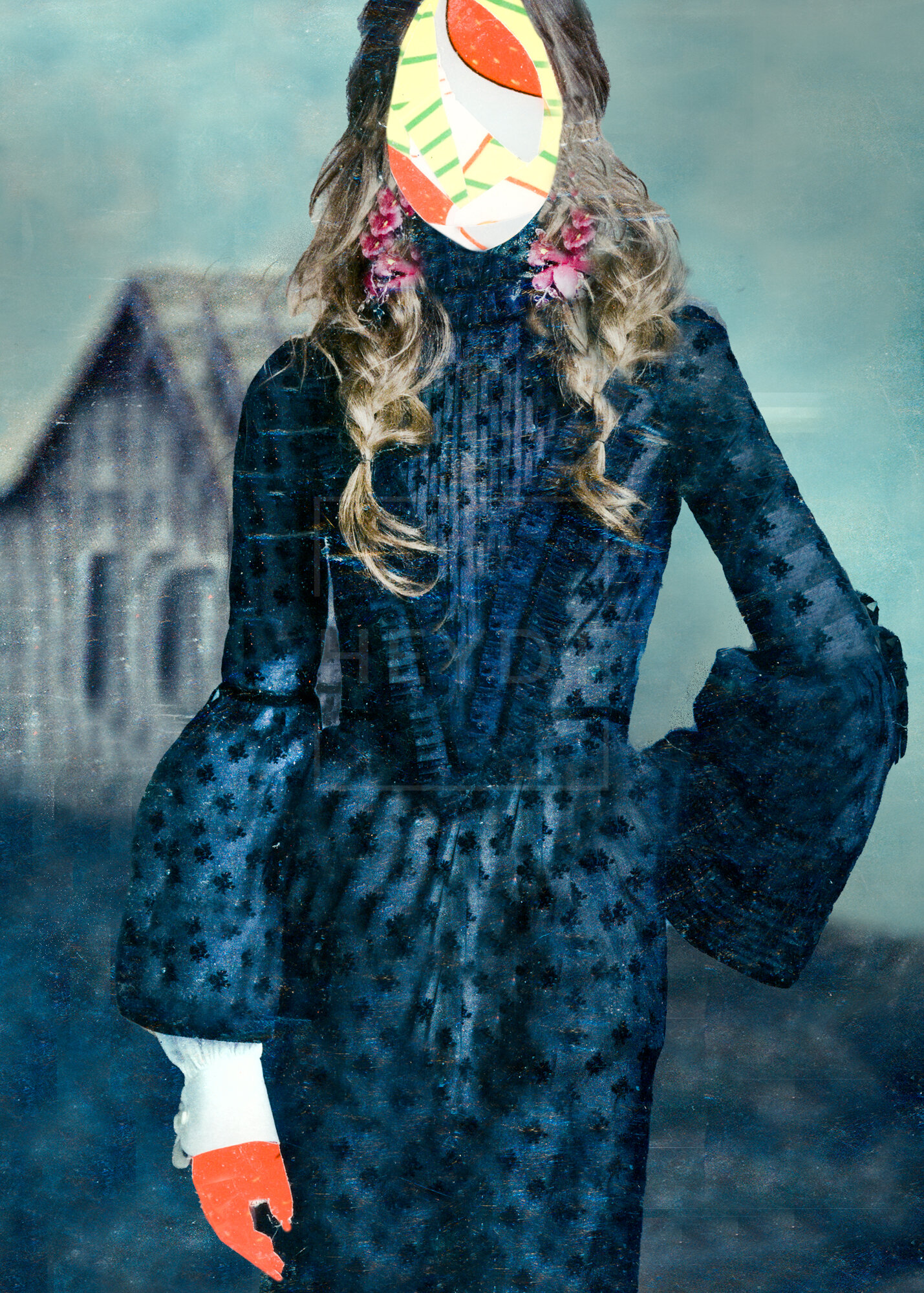
Interchangeable Faces | HEYDT | 2019 | 25in x 40in | $8000
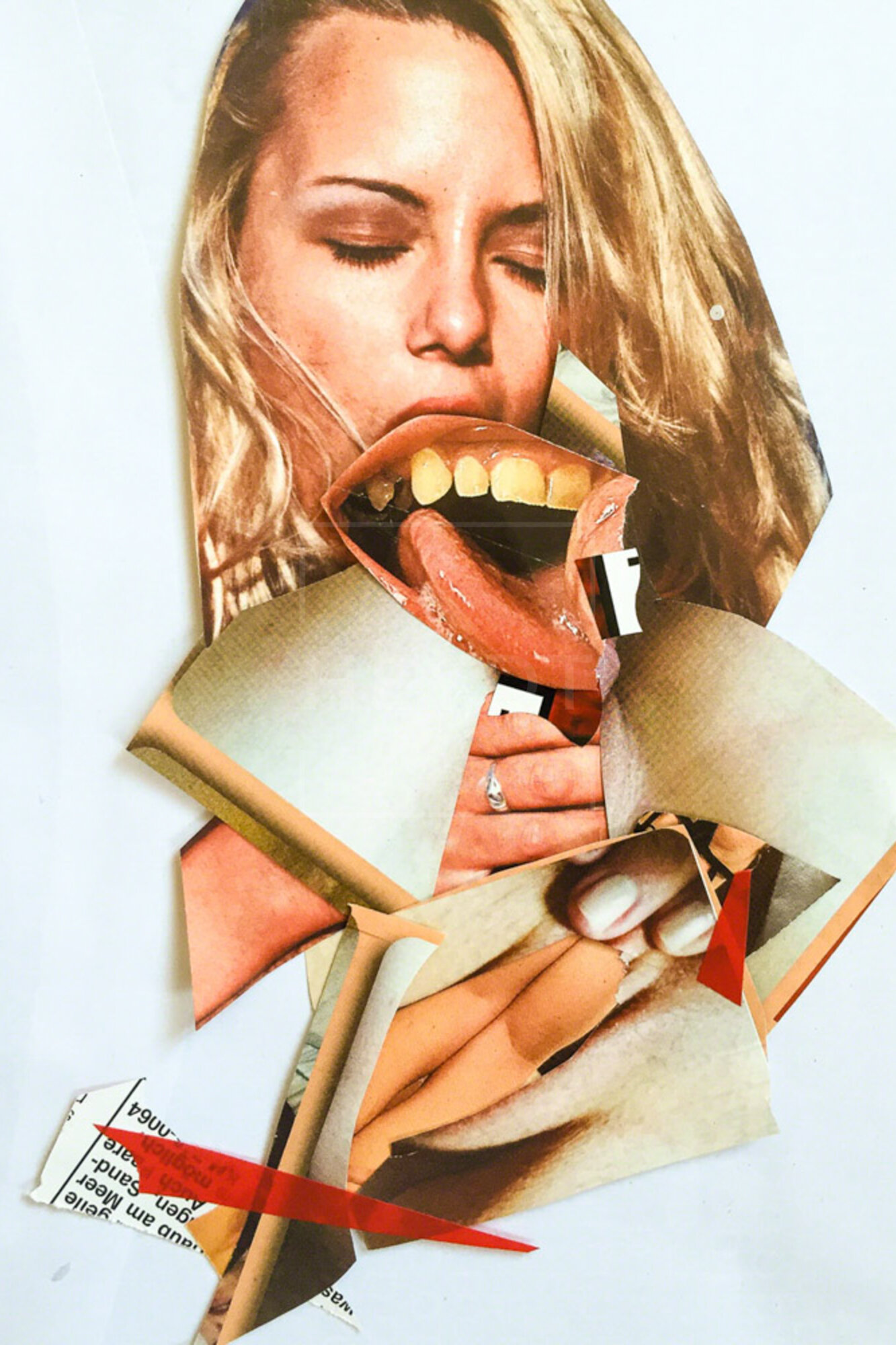
Your Face In Mine | HEYDT | 2020 | Analog Assemblage | 20in x 30in | Edition: $1500 | Original: $10,000

Your Face In Mine | HEYDT | 2020 | Analog Assemblage | 20in x 30in | Edition: $1500 | Original: $10,000

Interchangeable Faces | HEYDT | 2019 | Analog Assemblage | 20in x 30in | $17,500
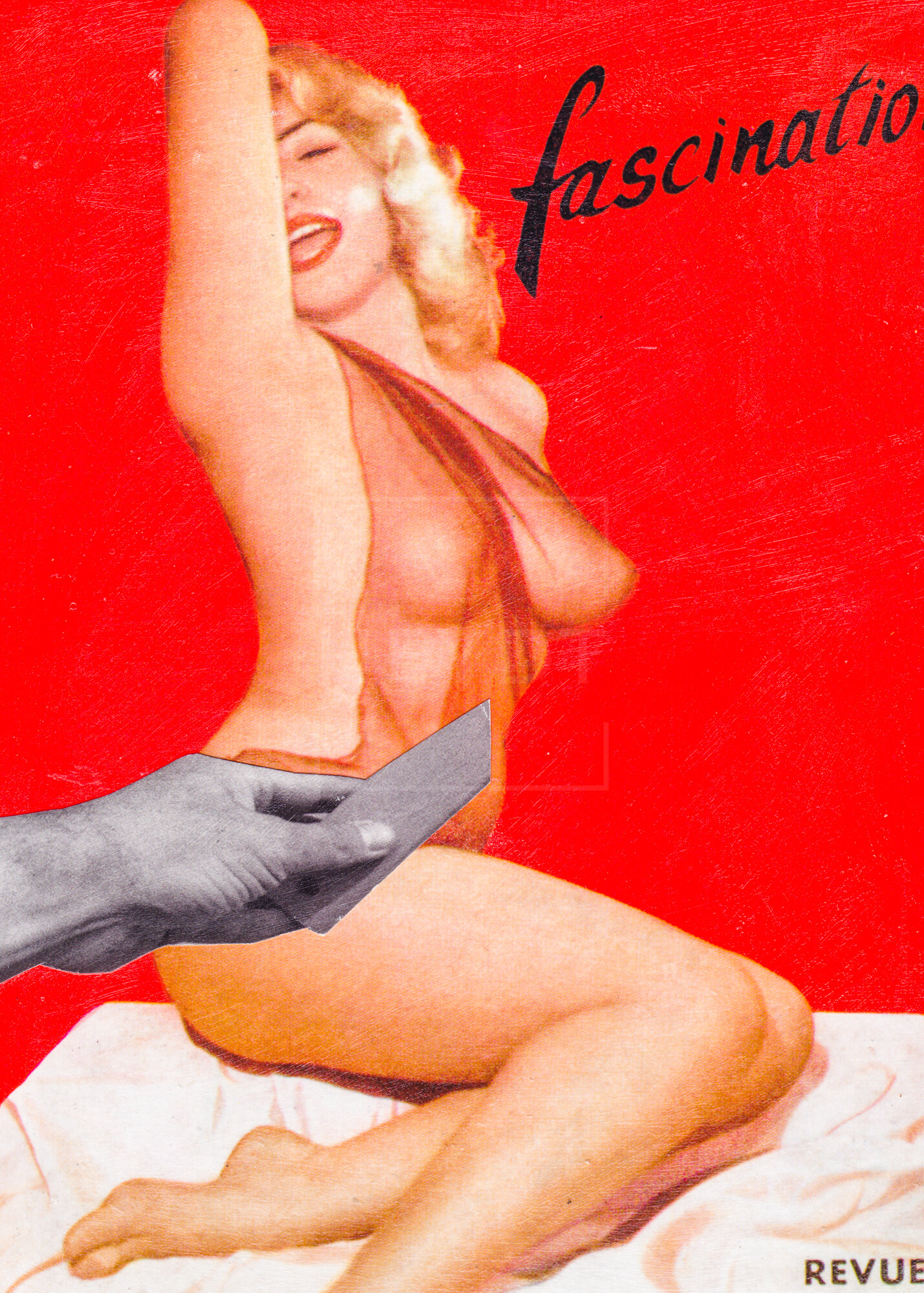
Interchangeable Faces | HEYDT | 2019 | Analog Assemblage | 20in x 30in | $17,500
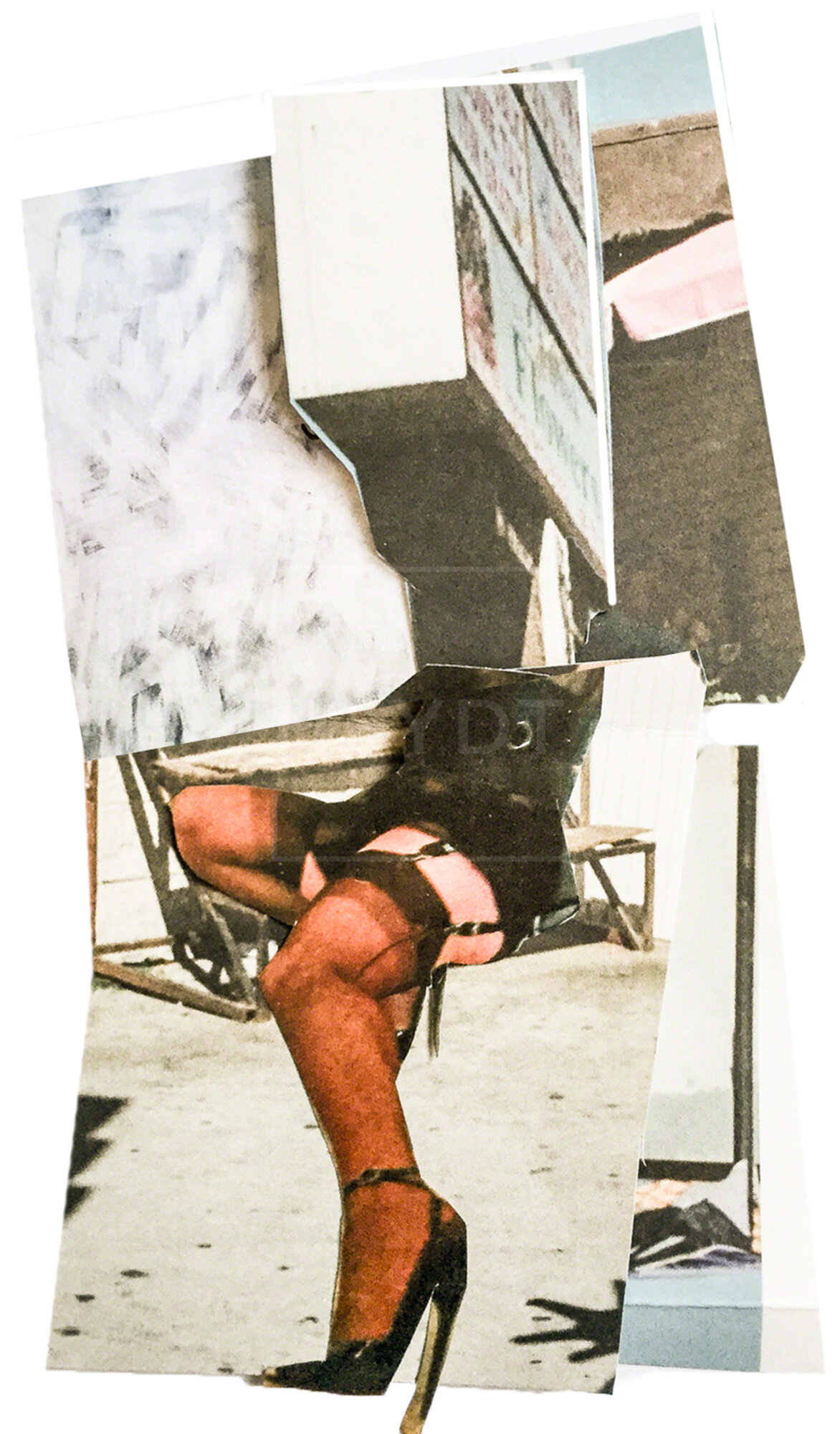
Reification | HEYDT | 2020 | Kinetic Mixed Media Aluminum + Metal Sculpture | 8 x15in | $3000

Your Face In Mine | HEYDT | 2020 | Analog Assemblage | 20in x 30in | Edition: $1500 | Original: $10,000
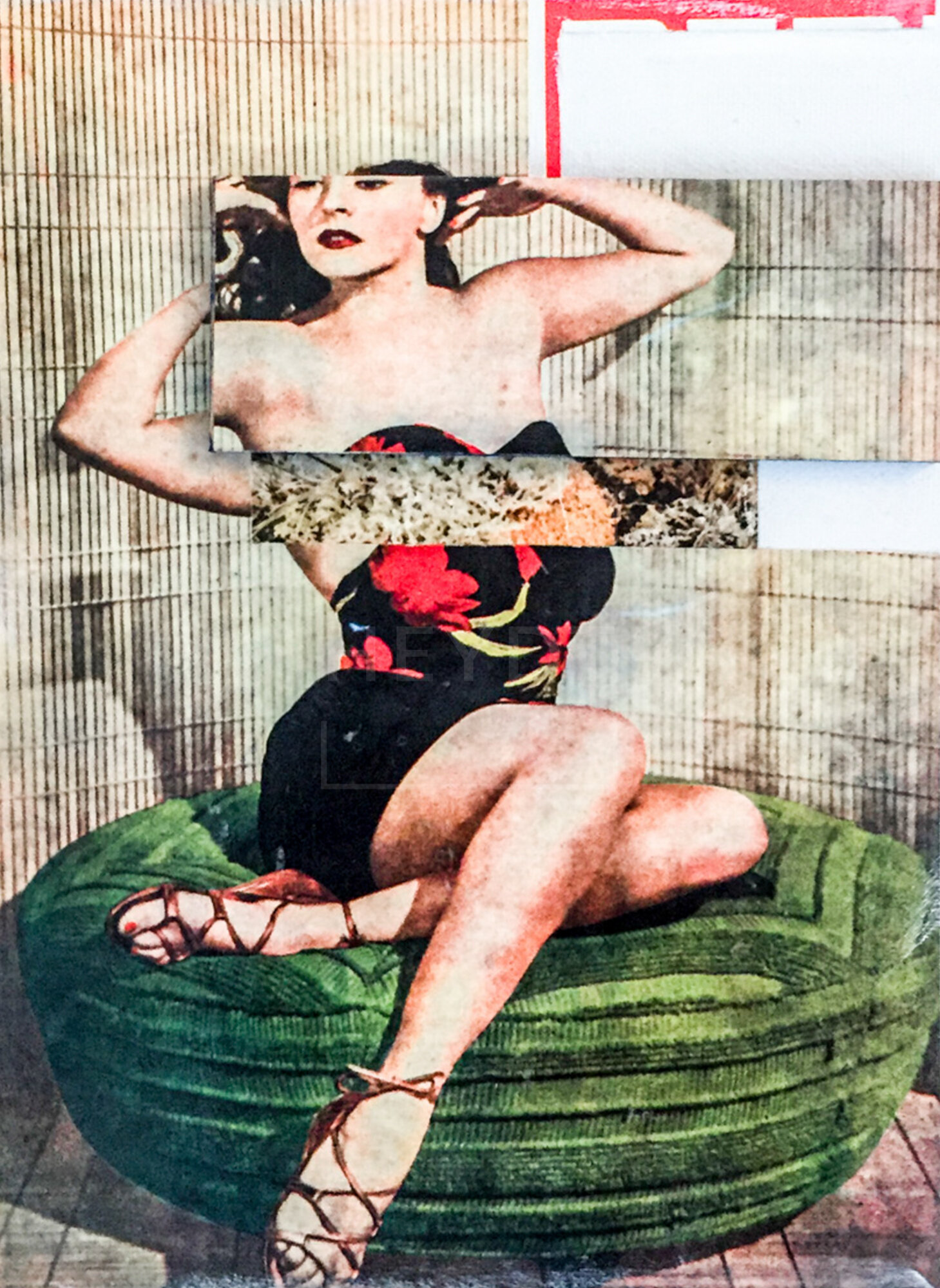
Interchangeable Faces | HEYDT | 2019 | Analog Assemblage | 20in x 30in | $17,500
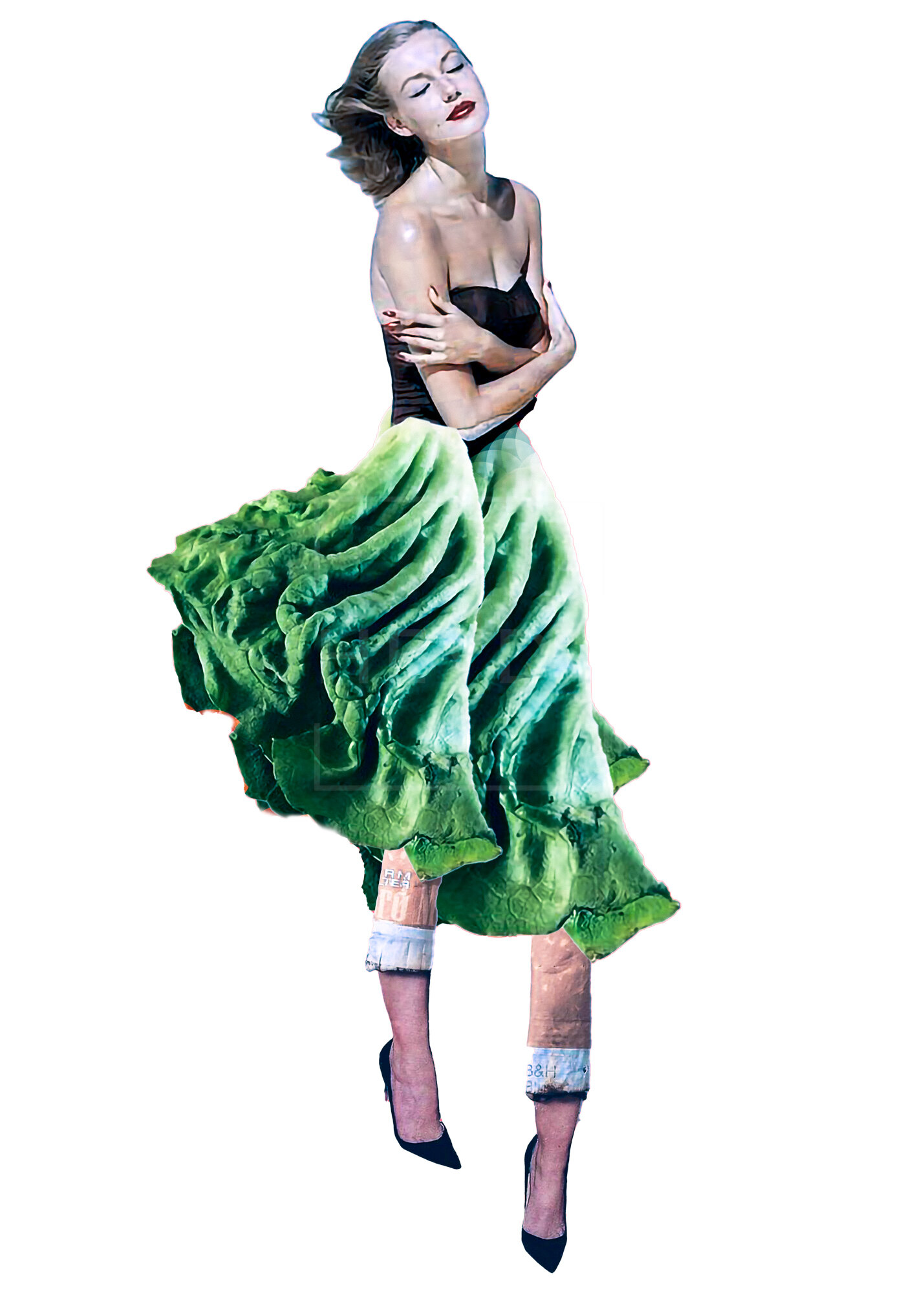
Interchangeable Faces | HEYDT | 2019 | 25in x 42in | $9000
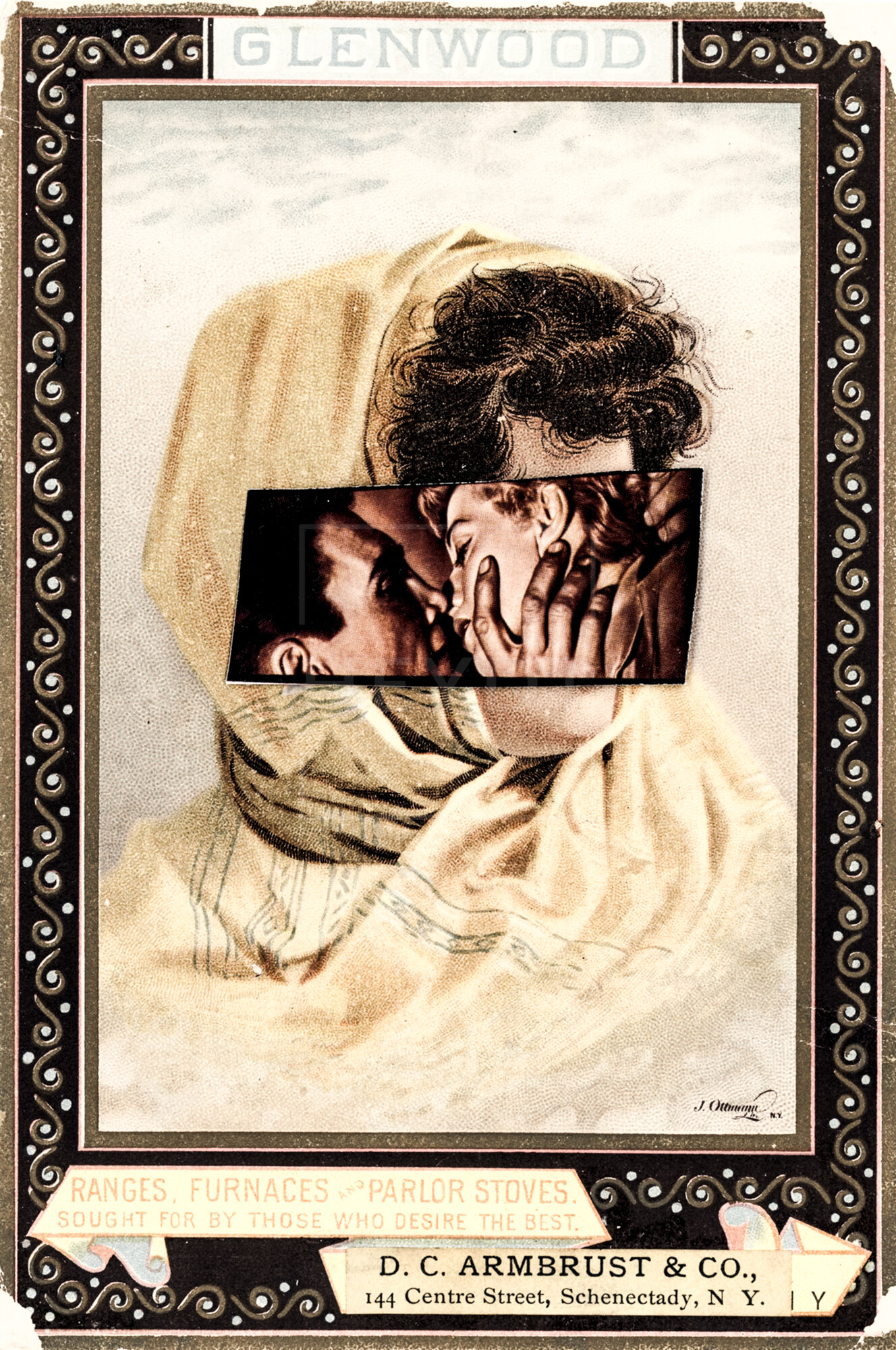
Love is Like Falling-HEYDT-2020-MixedMediaOnPanel-6x10in-$900

Reification | HEYDT | 2020 | Kinetic Mixed Media Aluminum + Metal Sculpture | $30 x 40in | $5000
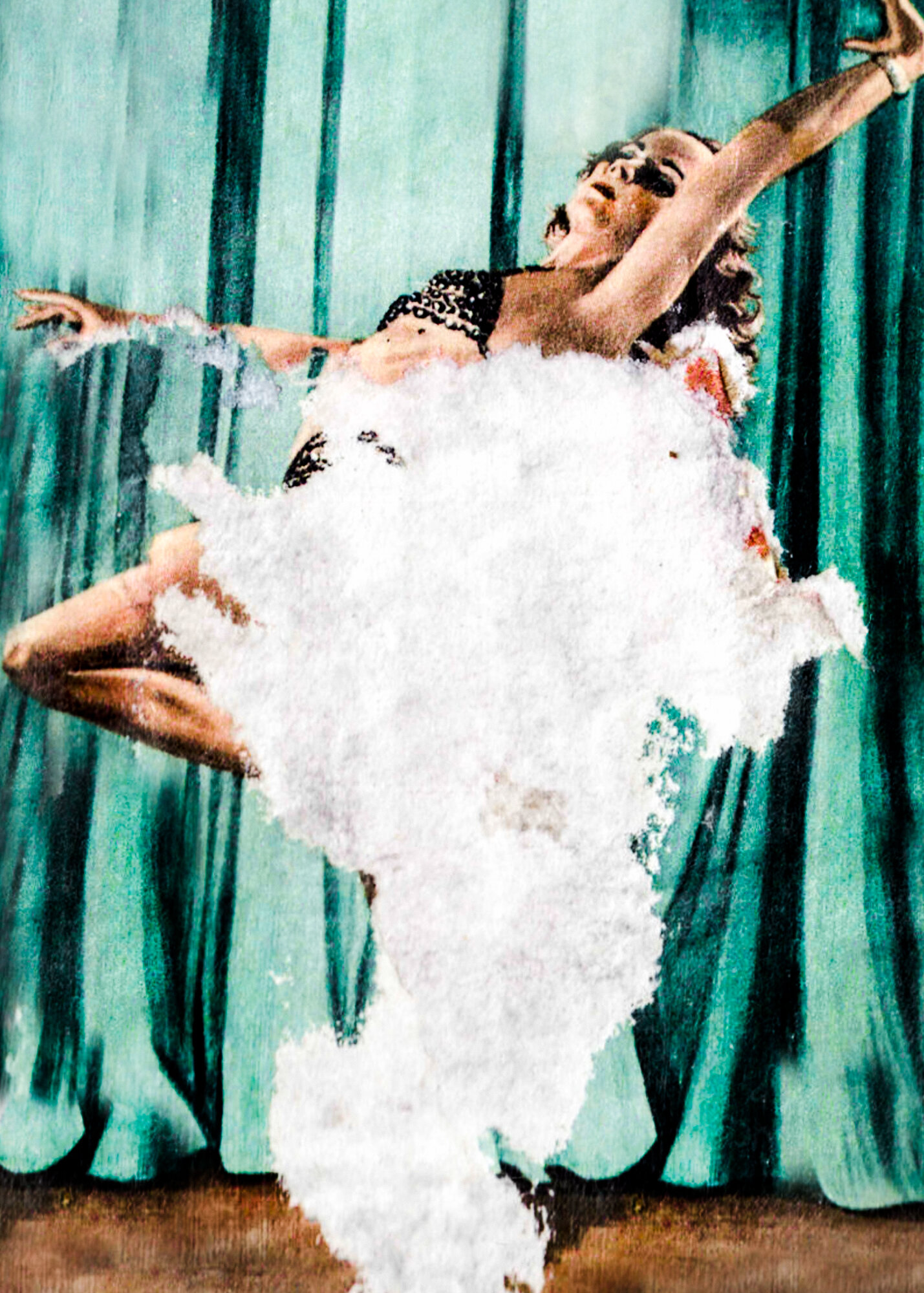
Interchangeable Faces | HEYDT | 2019 | Analog Assemblage | 20in x 30in | $17,500
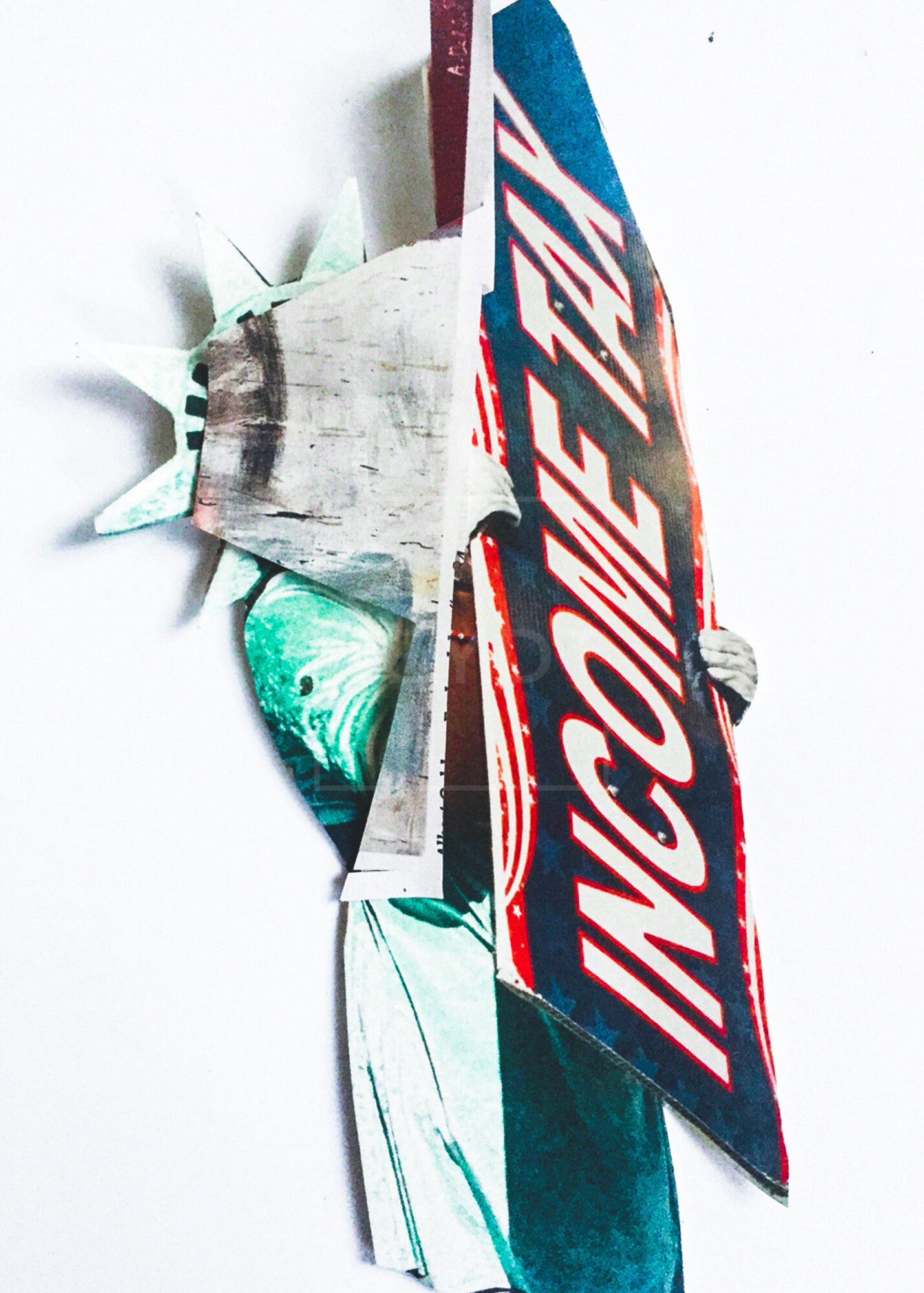
Interchangeable Faces | HEYDT | 2019 | Analog Assemblage | 20in x 30in | $17,500
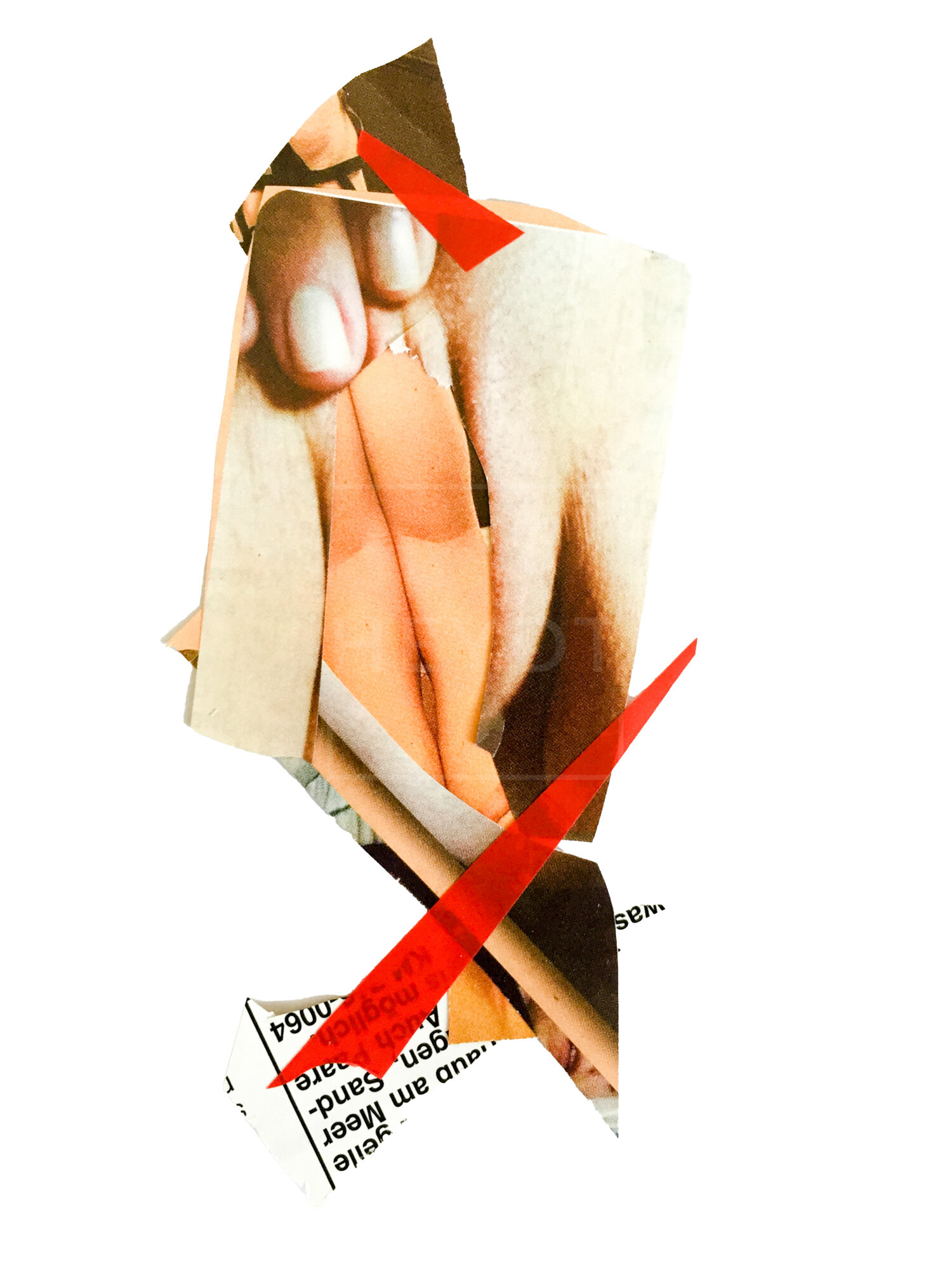
Reification | HEYDT | 2020 | Kinetic Mixed Media Aluminum + Metal Sculpture | 15 x 20in | $3000

Reification | HEYDT | 2020 | Mixed Media Glass | 4x5in | $300
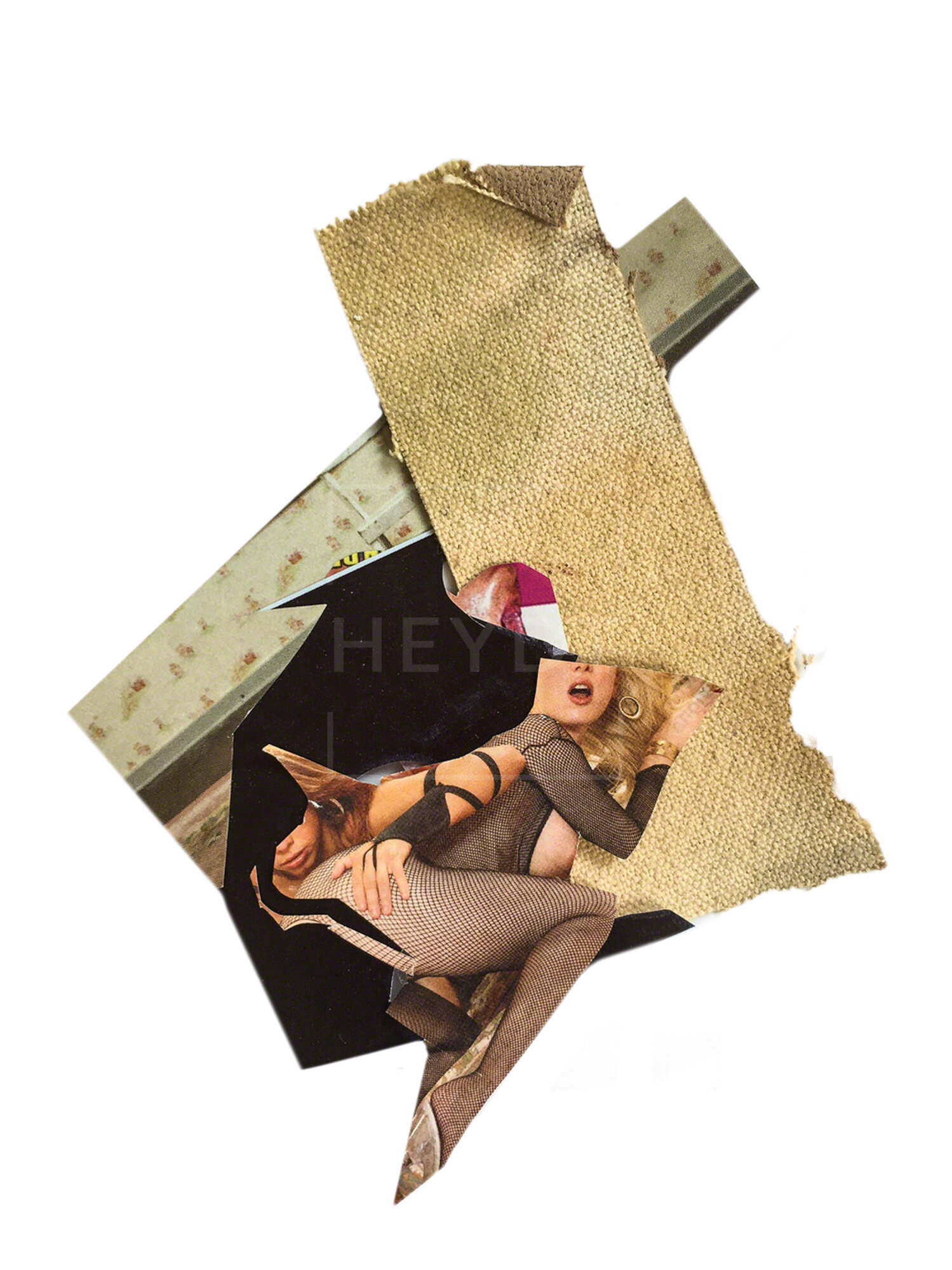
Reification | HEYDT | 2020 | Kinetic Mixed Media Aluminum + Metal Sculpture | 30x 40in |-–$6000
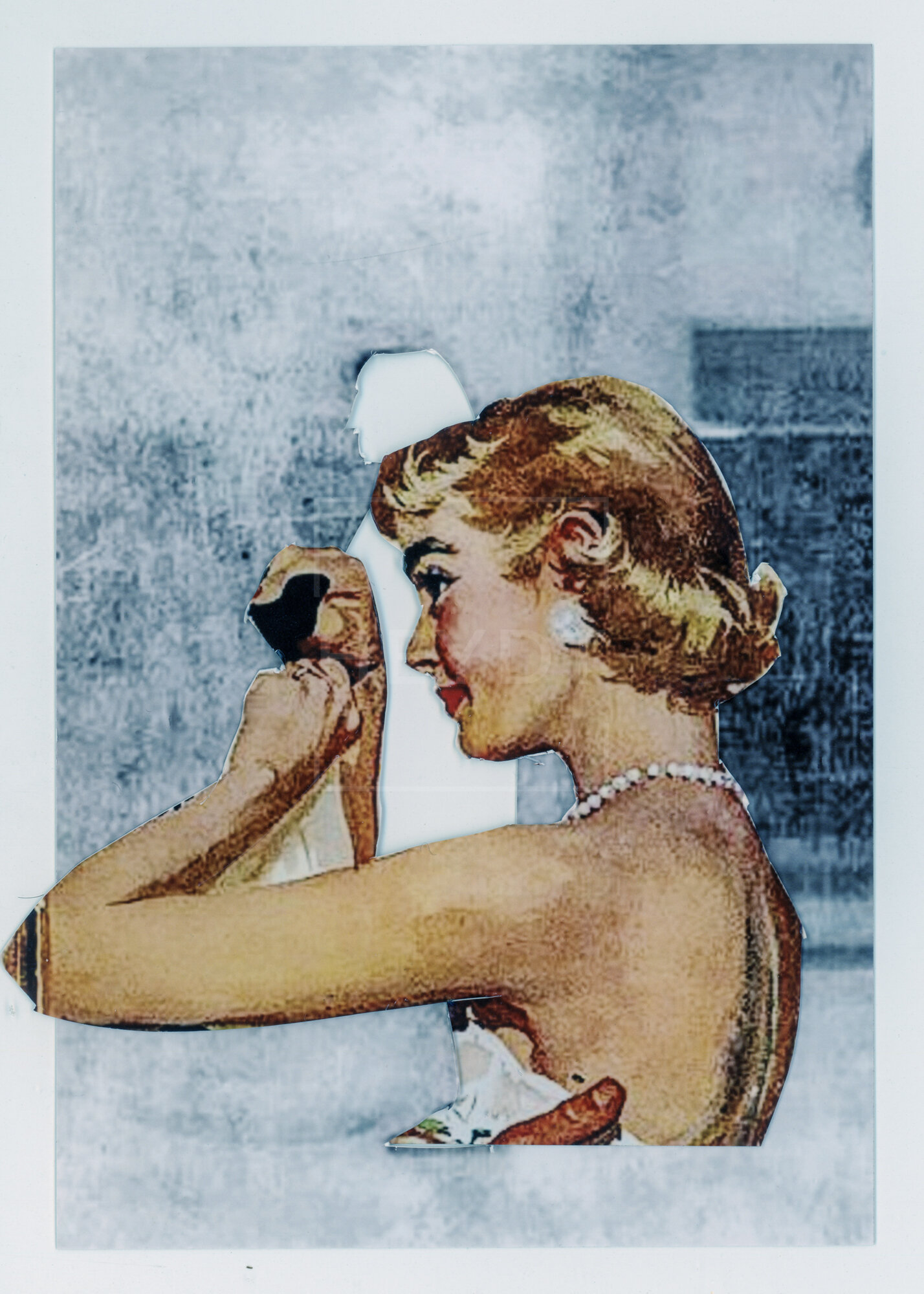
LoveisLikeFalling-HEYDT-2020-MixedMediaOnPanel-20x30in-$3000
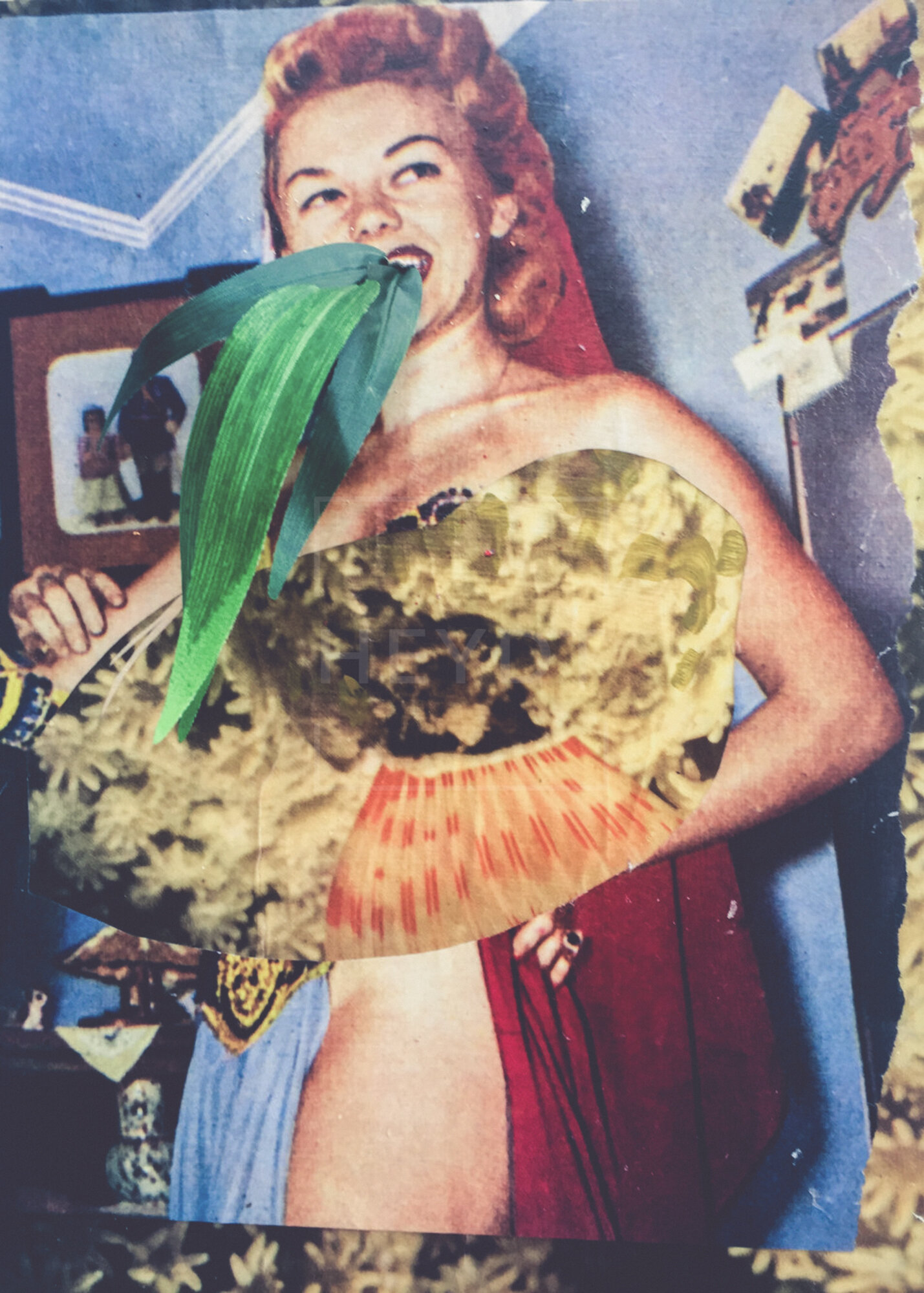
Interchangeable Faces | HEYDT | 2019 | Analog Assemblage | 20in x 30in | $17,500
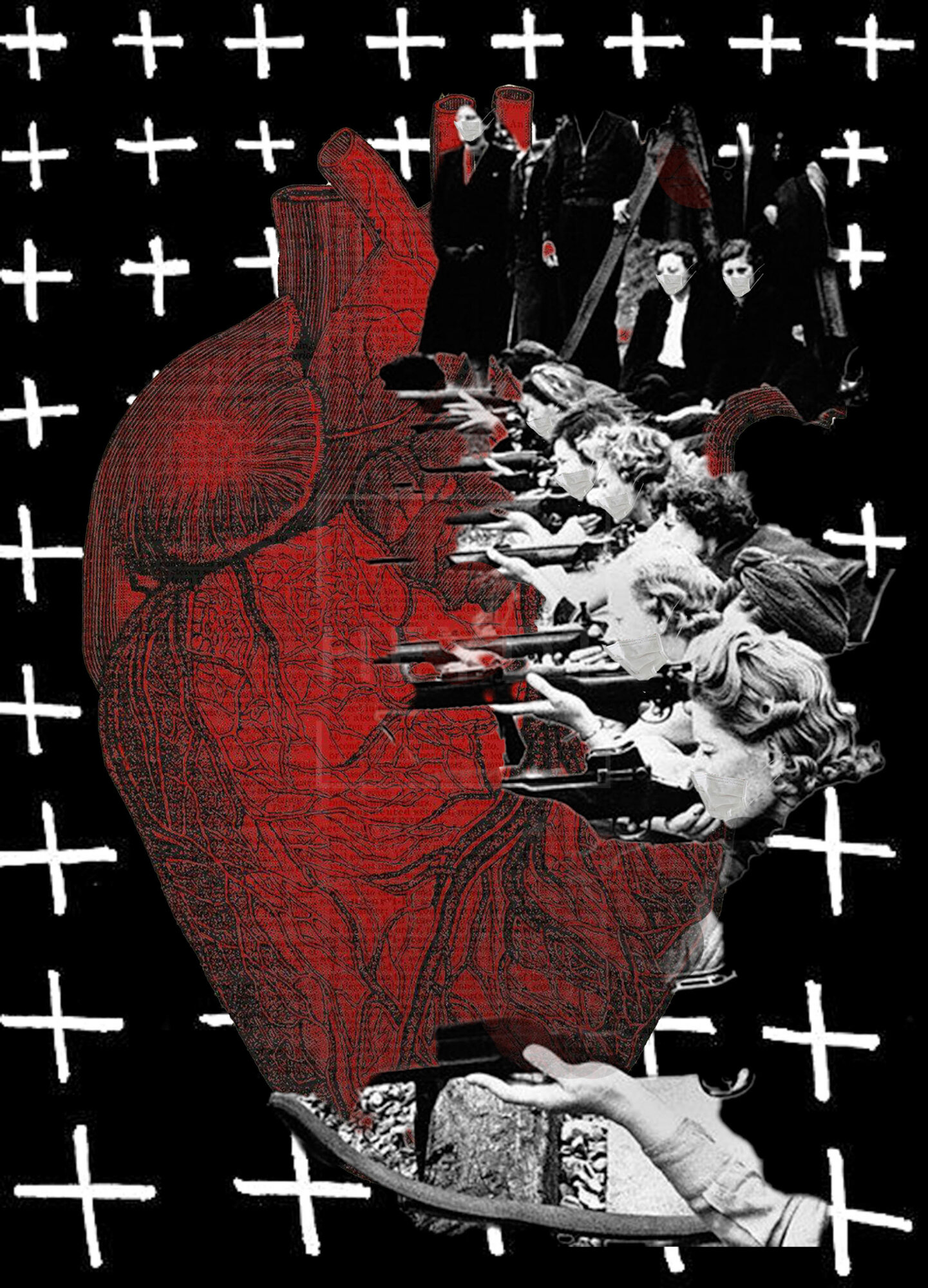
Love is Like Falling-HEYDT-2020-Mixed Media On Panel-18x25in-$3000

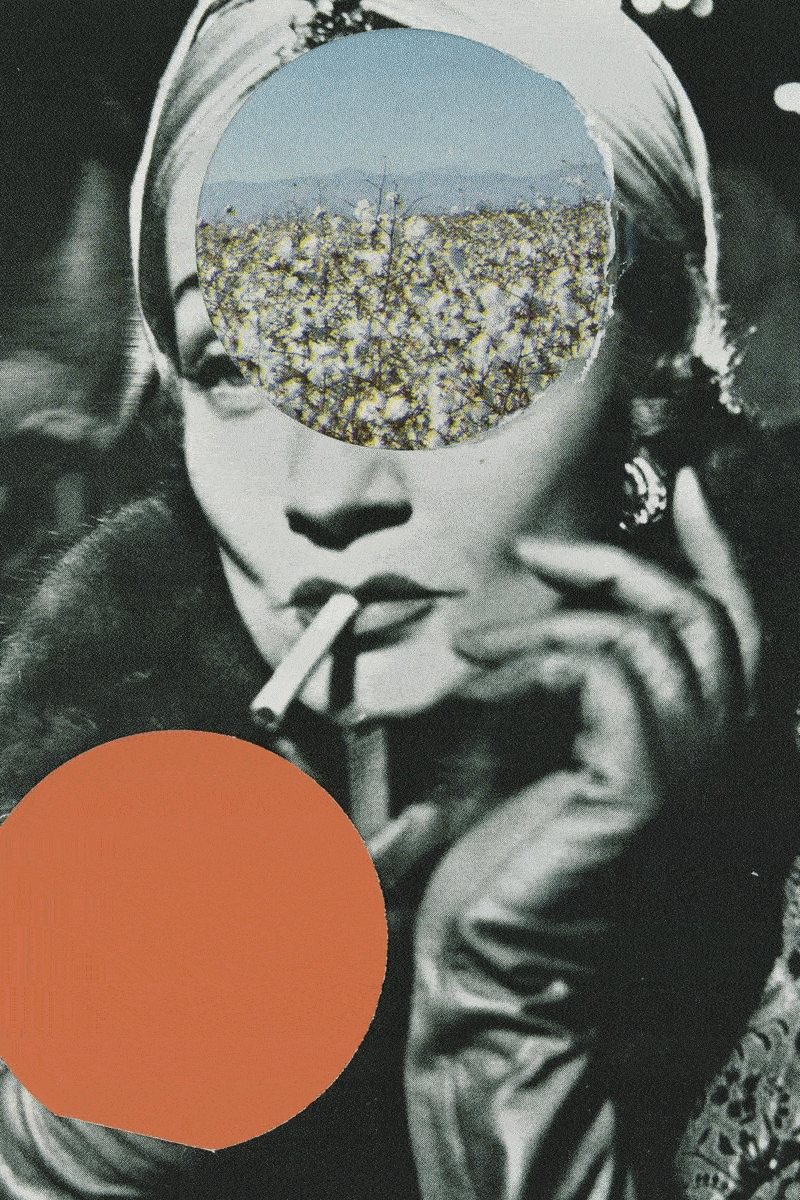
Colonized, commodified, and reshaped by market forces, the palimpsestic female body is a site where cultural phenomenology and social perversions have historically been inscribed. Consumer society is fueled by a market that by nature must constantly develop new consumables and new consumers; as such, the body has increasingly become its terrain over the years. The dichotomy between self-representation and imposed representation reveals the complexities of gender and gender relations. As the state of the spectacle empties and nullifies every real identity, the media offers ideologically infused avenues for identity construction in its place. From the array of media texts, gender roles are realized, social norms are cemented and beauty standards are established. Body dysmorphia and plastic surgery are symptoms of a society that propagates beauty as the standard against which all women are measured, hinging a woman’s worth on her waistline and rendering self-hood a shifting experience - inauthentic and skin deep. Images are powerful—they shape, distort, liberate. Yet images can be manipulated as much as they can manipulate. As so, assemblage can function as a form of resistance, engagement, dialog. Through the appropriation of complicit media text, this series takes a look at how the poetic language of collage can be used to subvert overt representations, reclaim the gaze, reverse the narrative, and usher in more fluid, inclusive expressions of identity. Using the maelstrom of archival material in circulation as a point of departure, WOMEN examines the semiotic representation of gender and sexuality within the postmodern feminist framework of fragmentation. Analogous to the way society compartmentalizes, this refusal of stable categorization through abstractions affirms the ambiguities intrinsic to gender and sexuality. Marrying disconnected fragments of the known, a new blueprint of the unfamiliar emerges, a dialectical confrontation with reality constructed, radical forms of subjectivity born. This is a personal reality, not a programmatically social one. Through stripping away visual forms of representation, new constructions that go beyond objectification, exploitation, and hyper-sexualization are created. From this reconfiguration of media text, new meanings and readings of gender, sexuality, beauty, class emerge that speak to strength and power.



